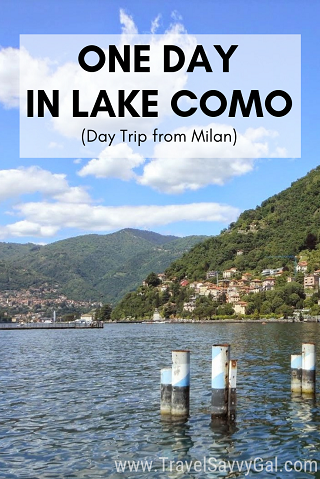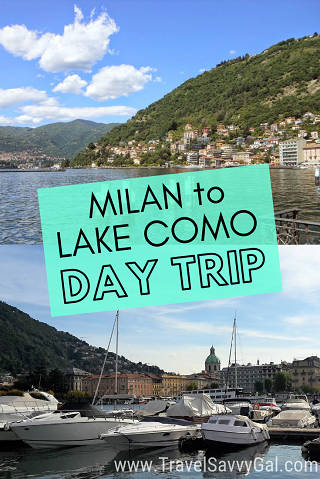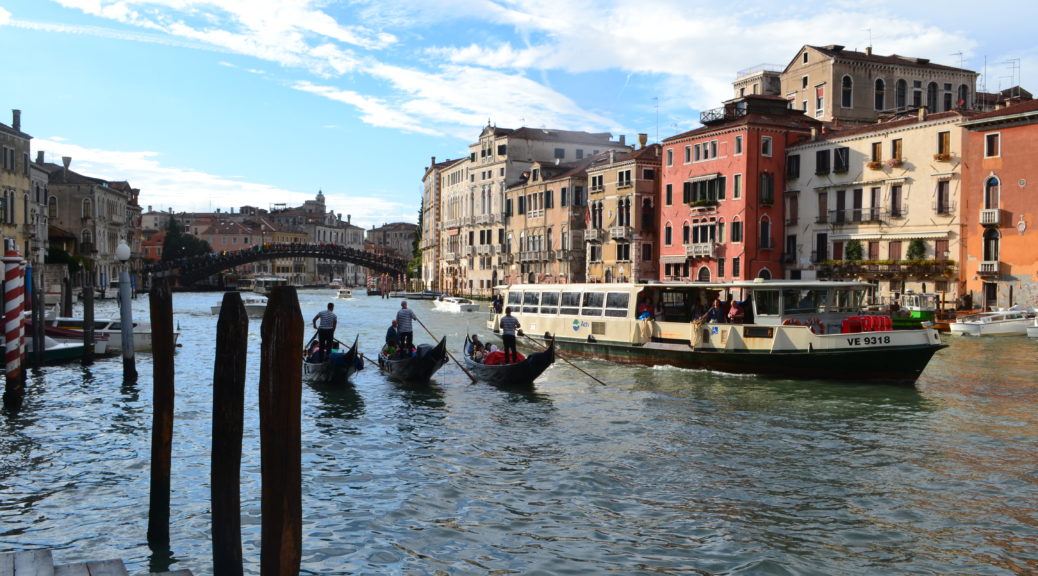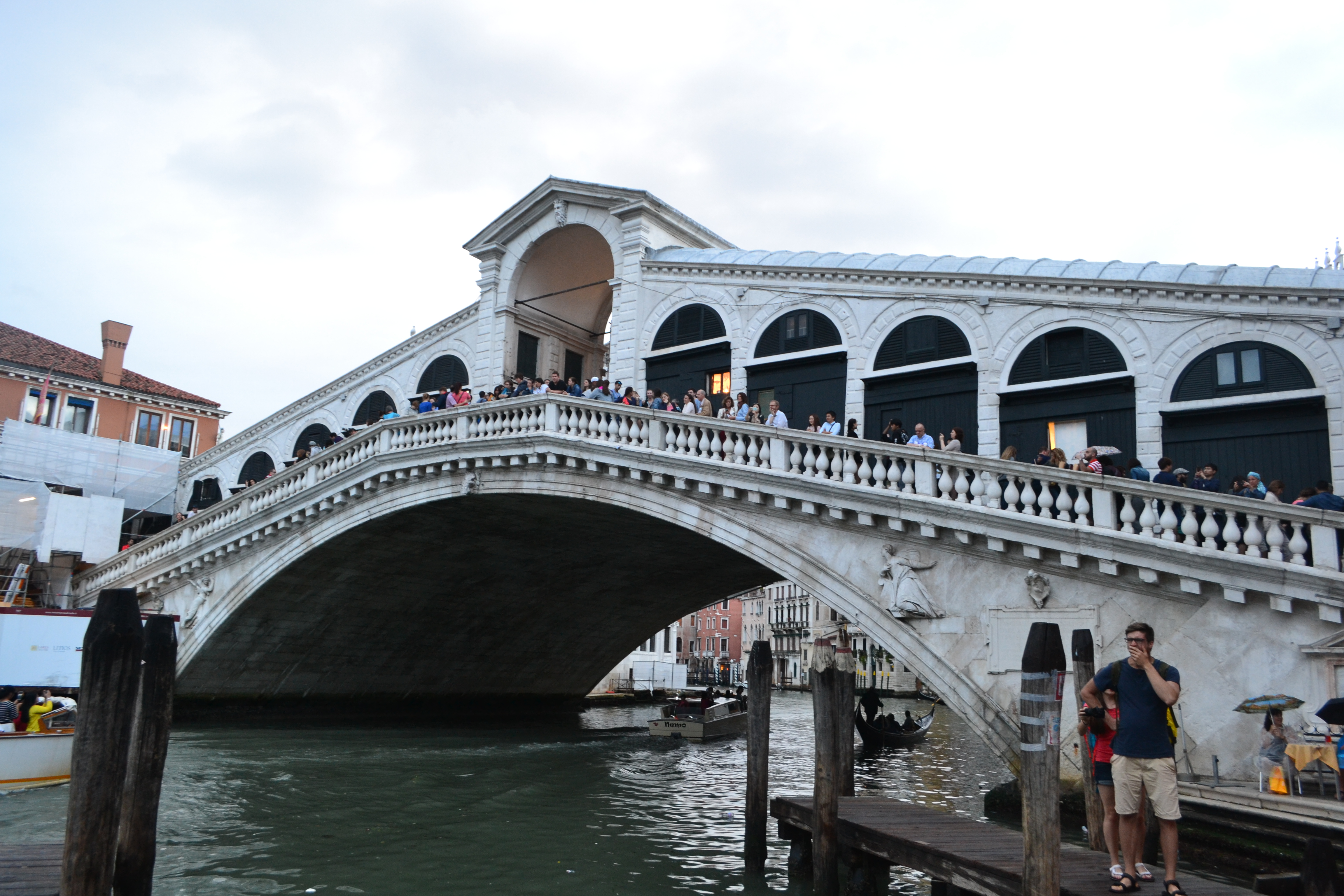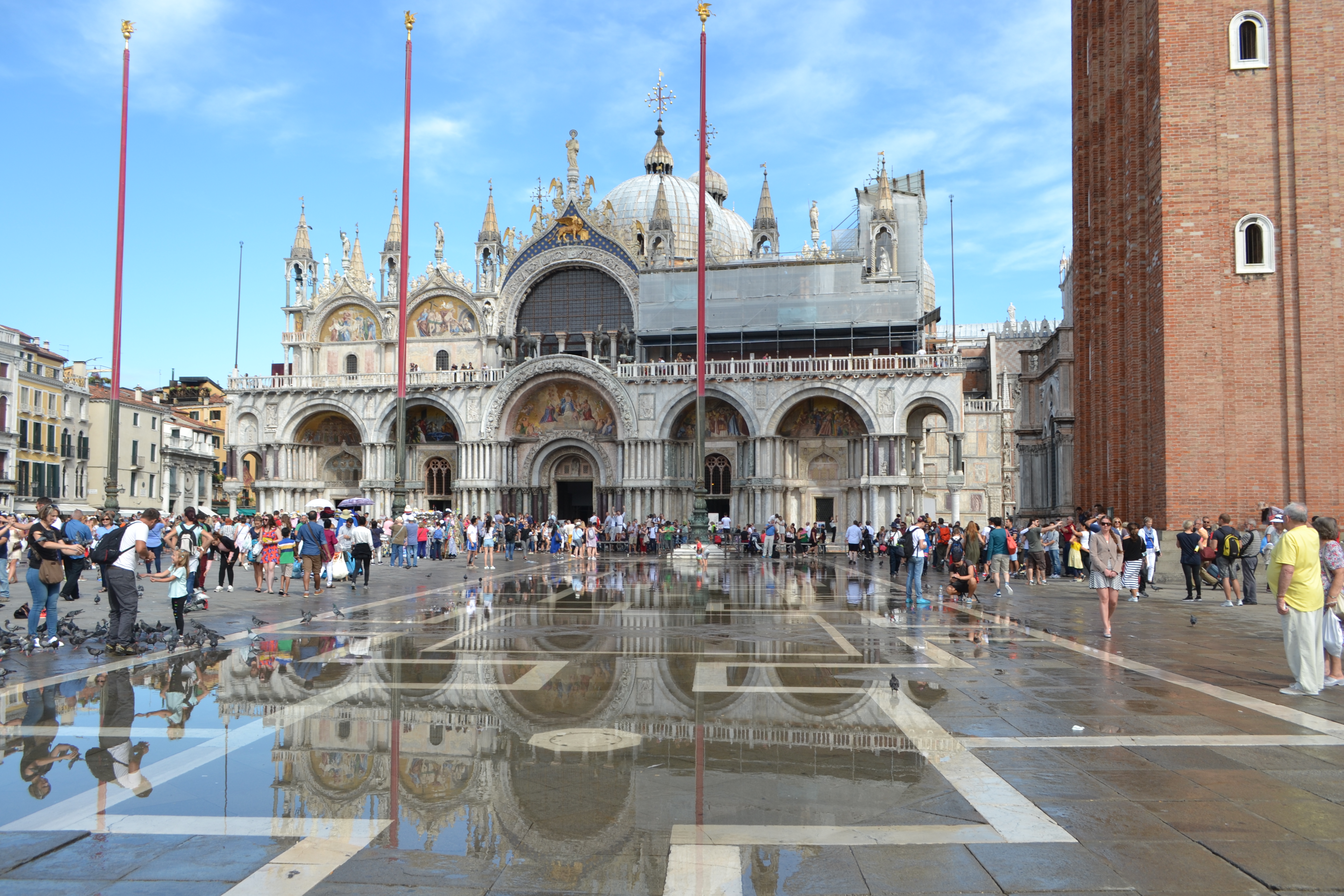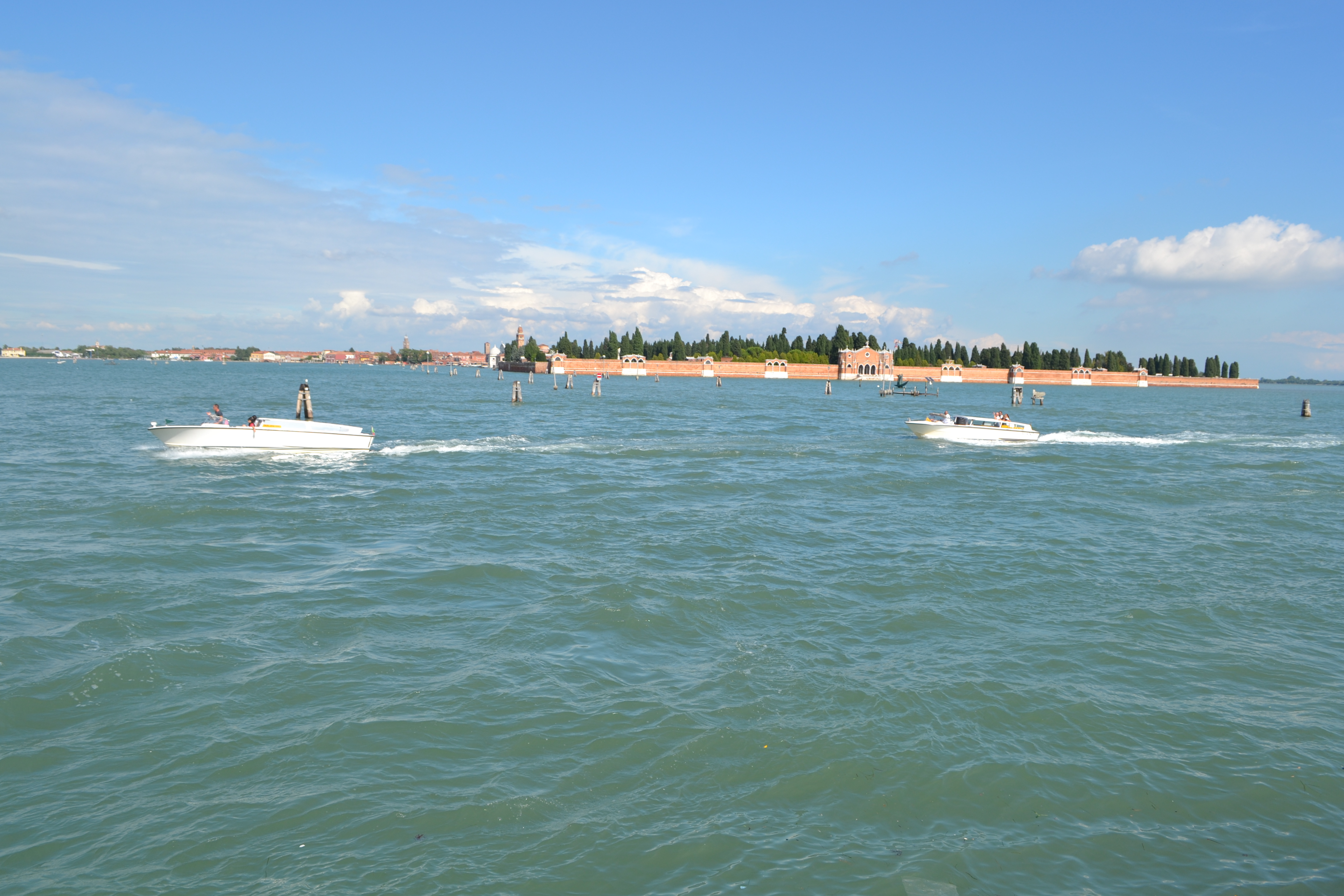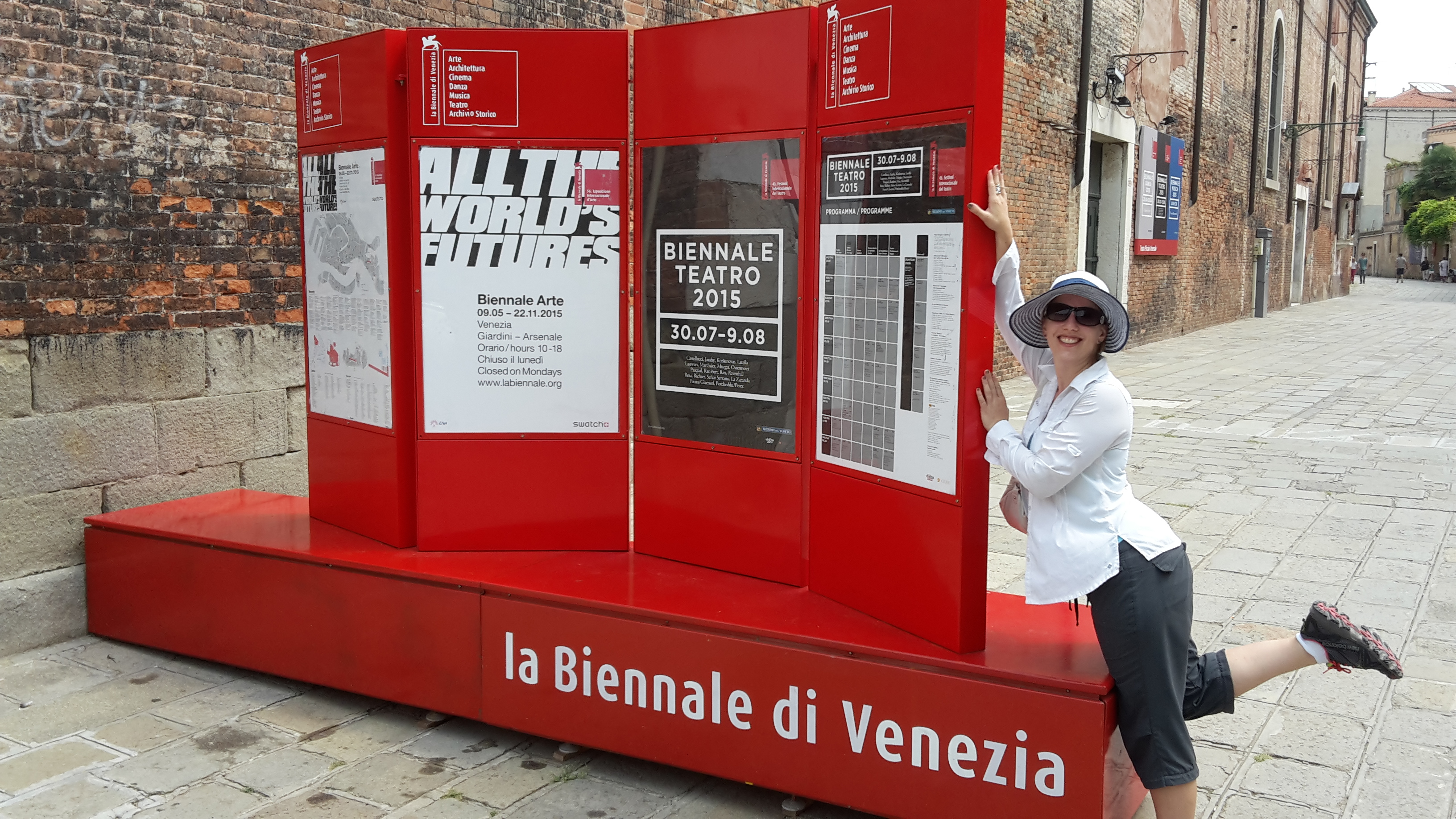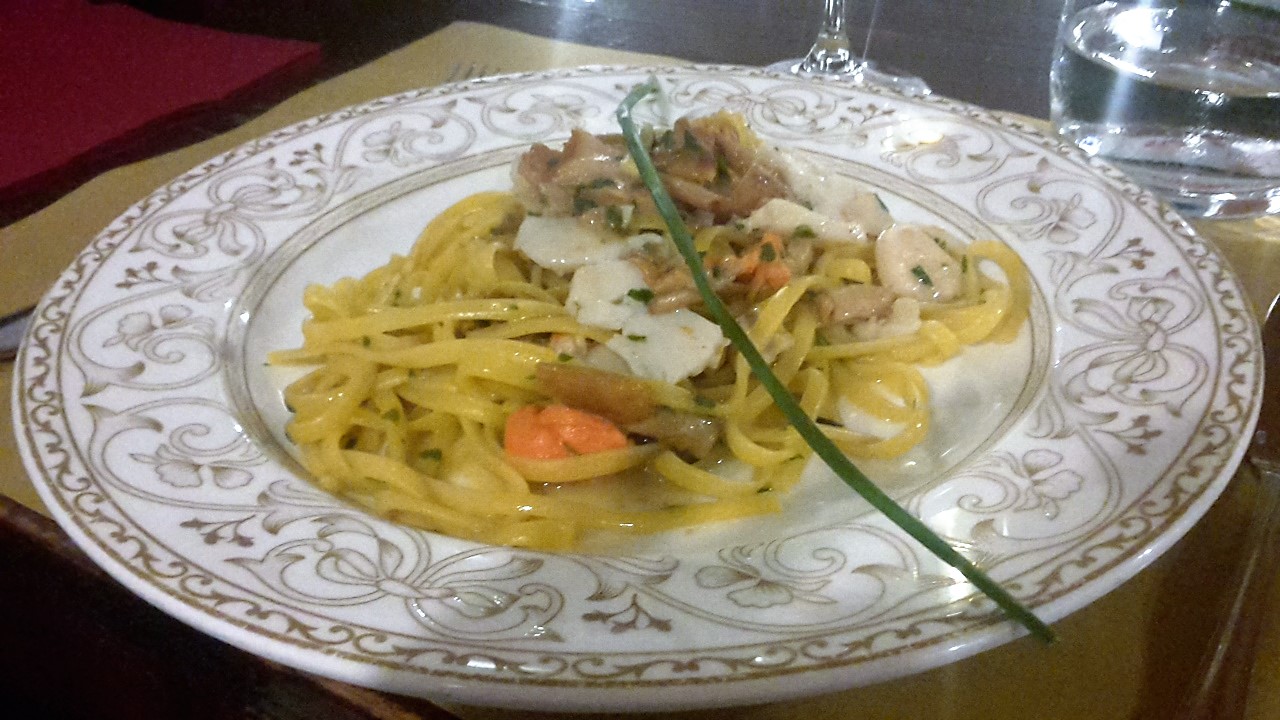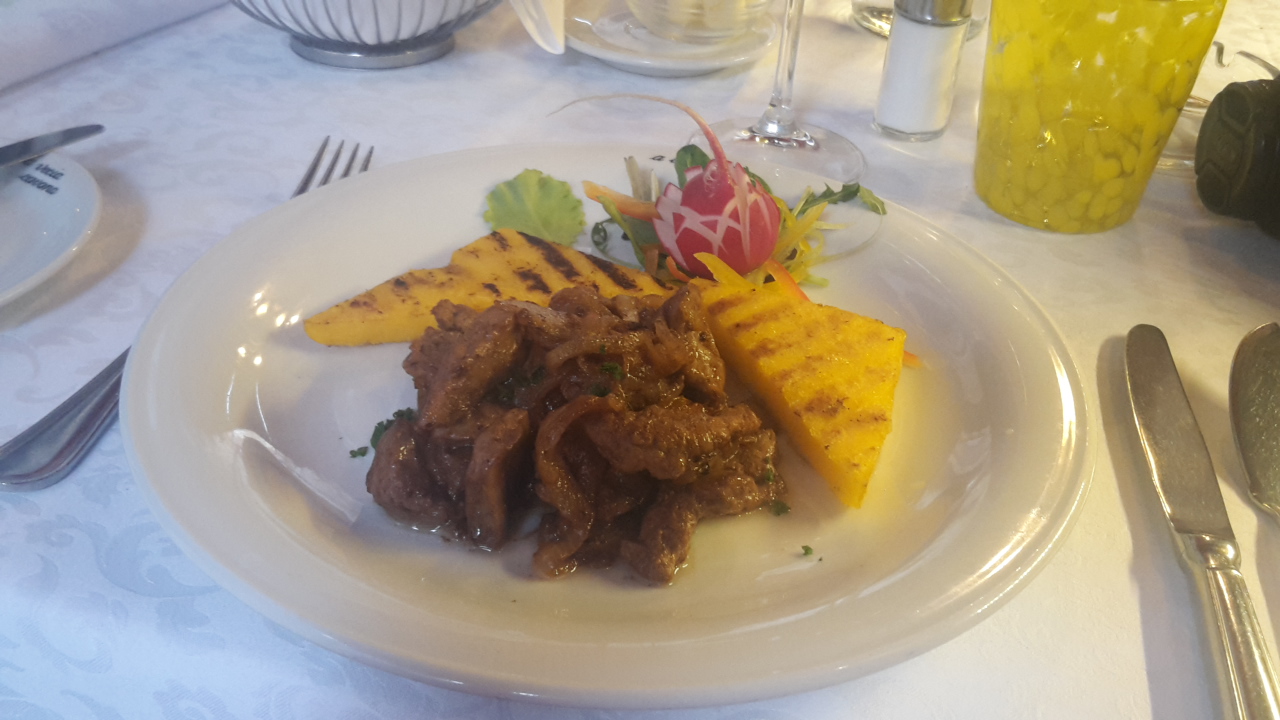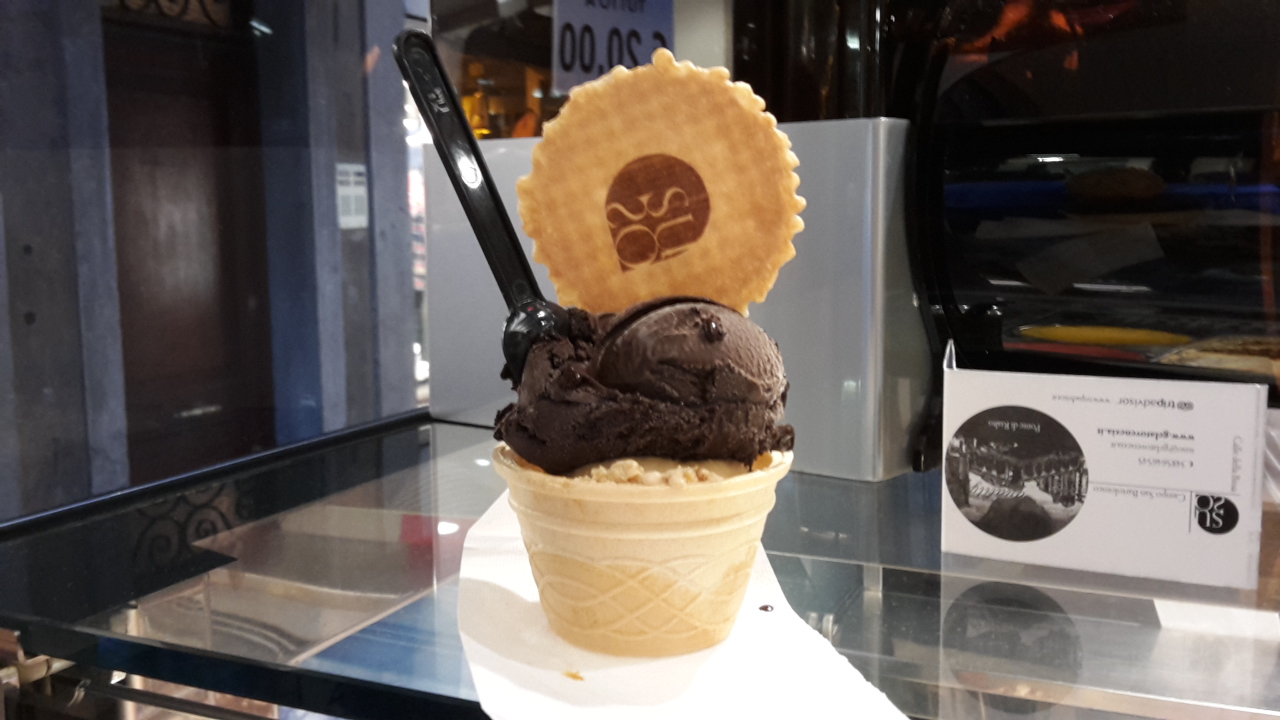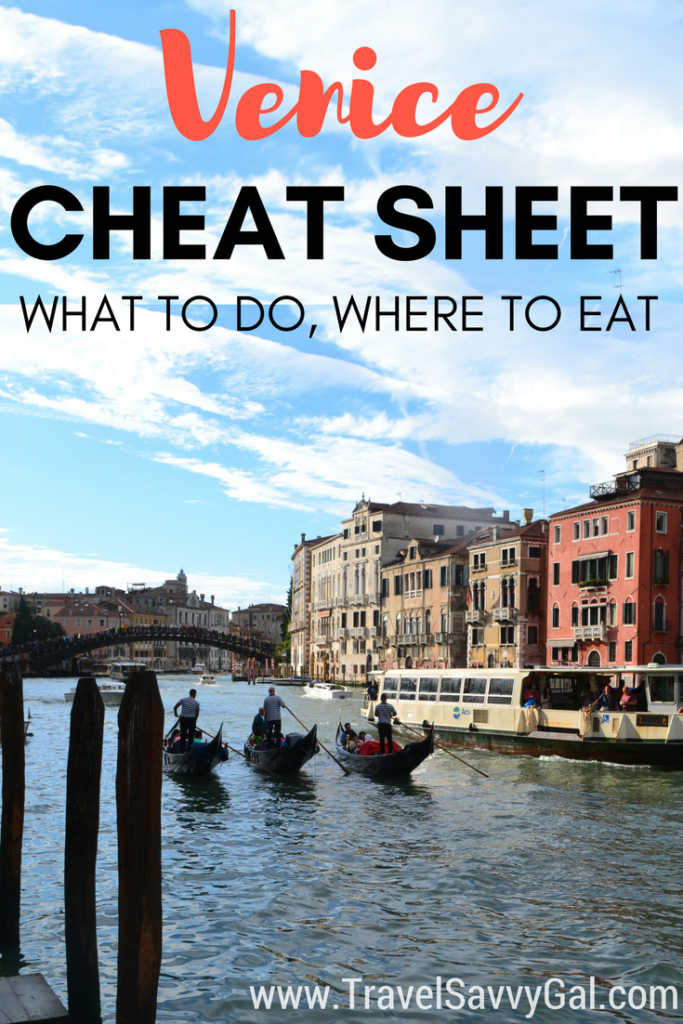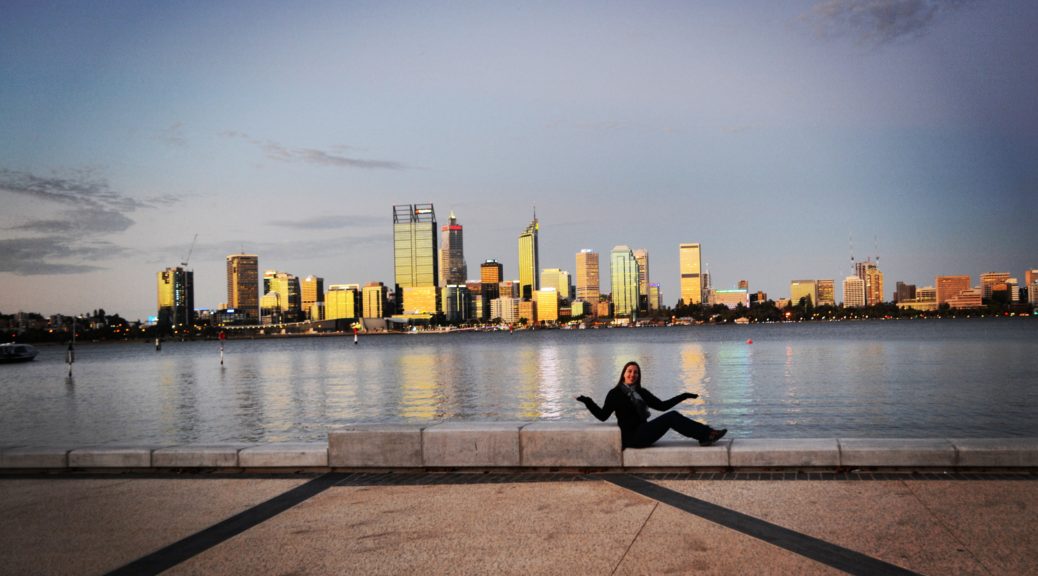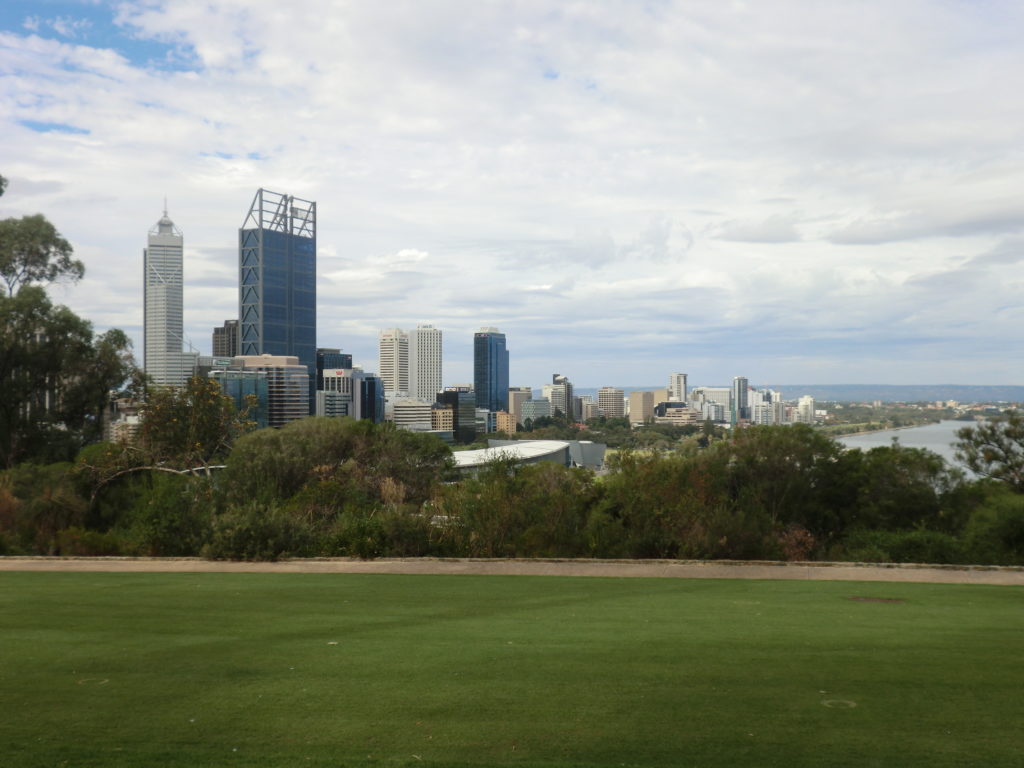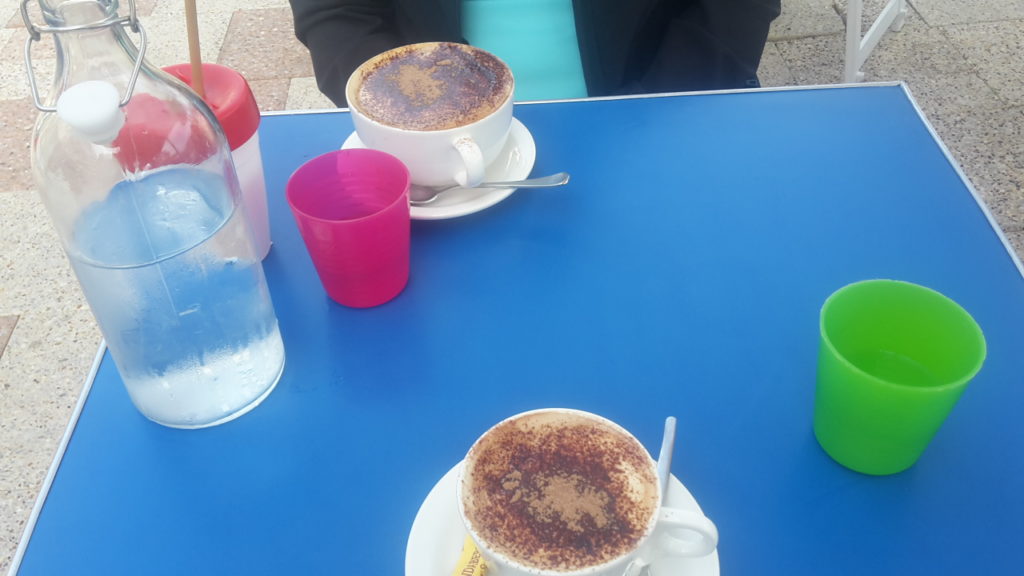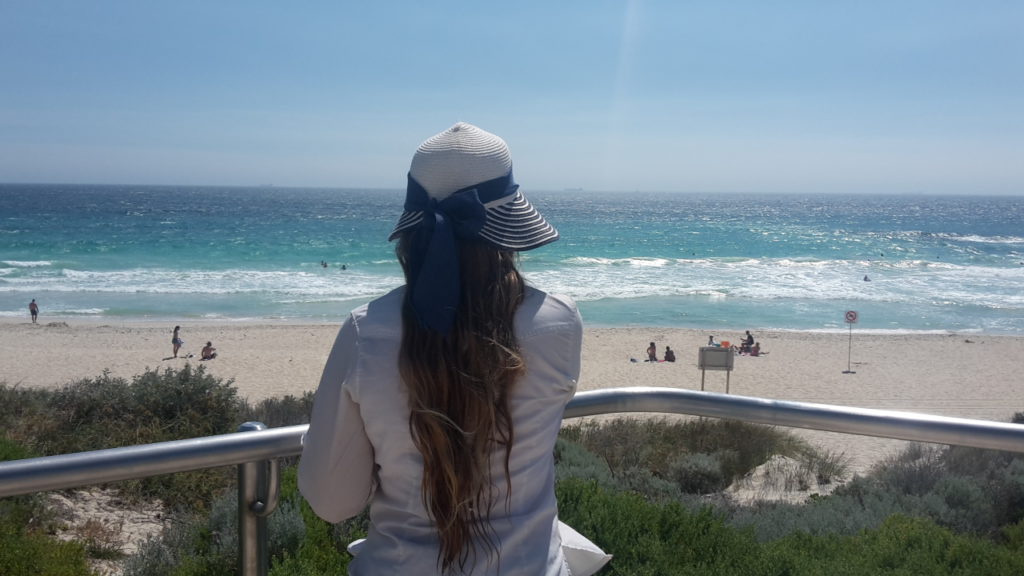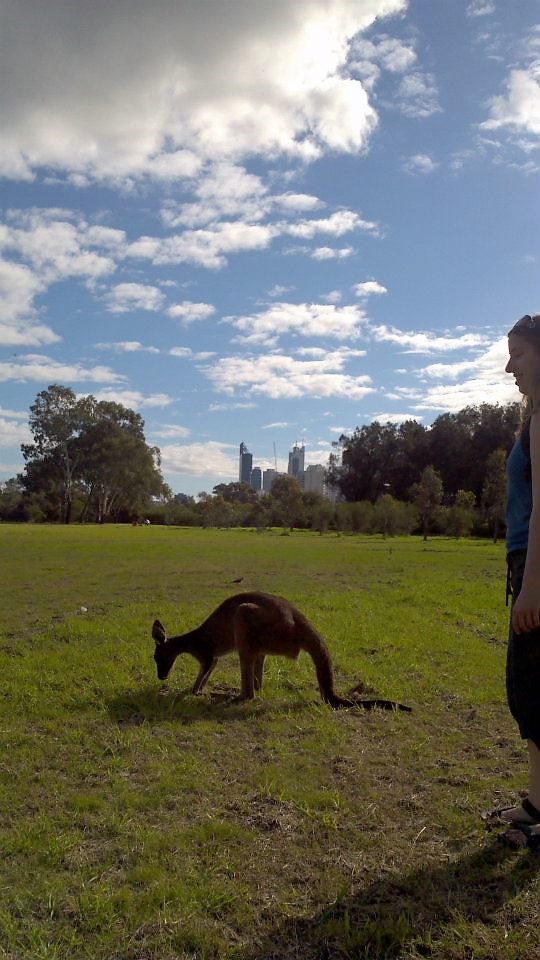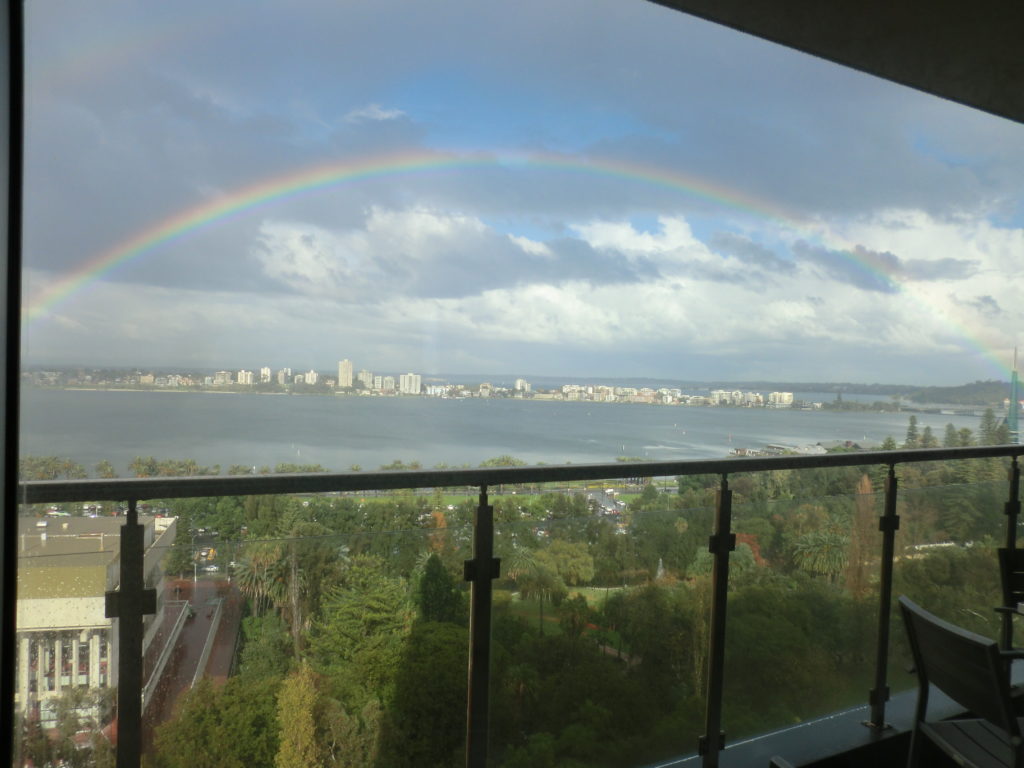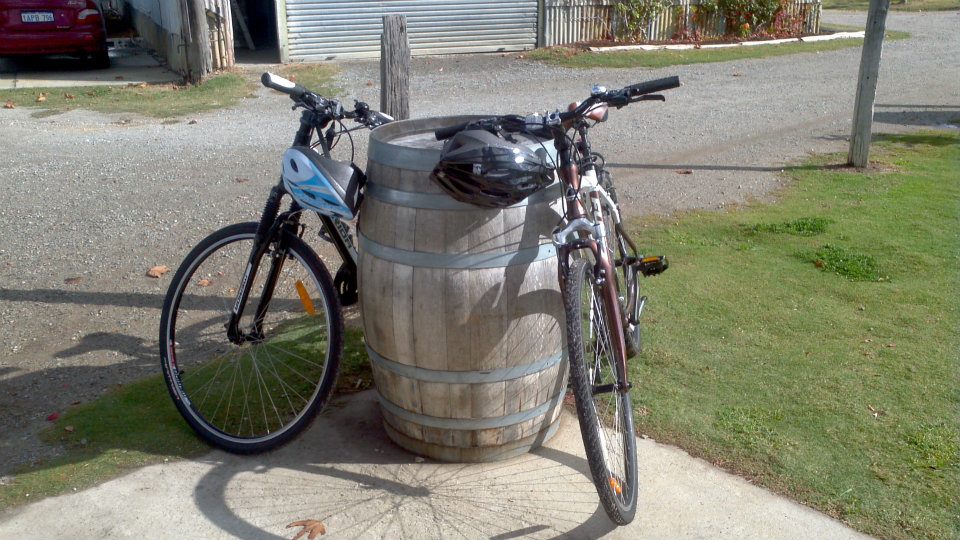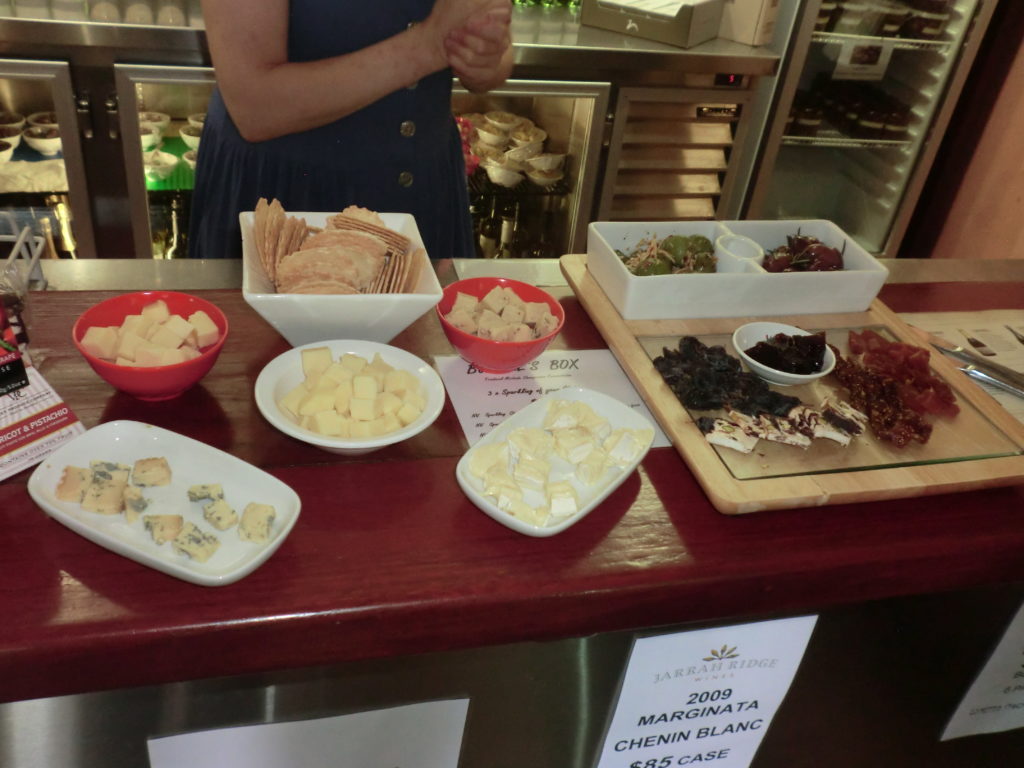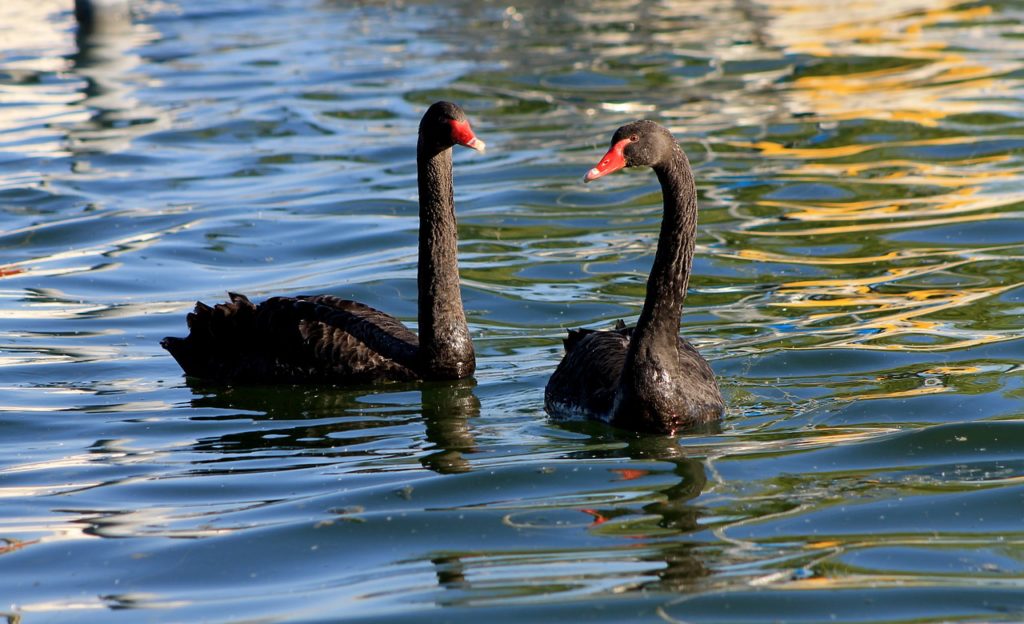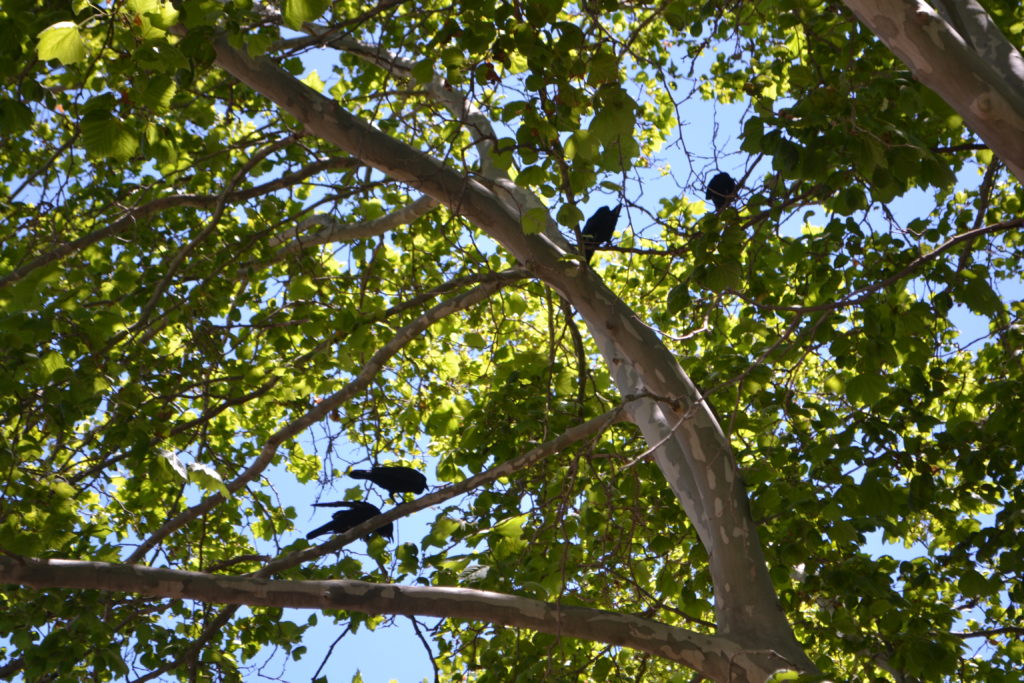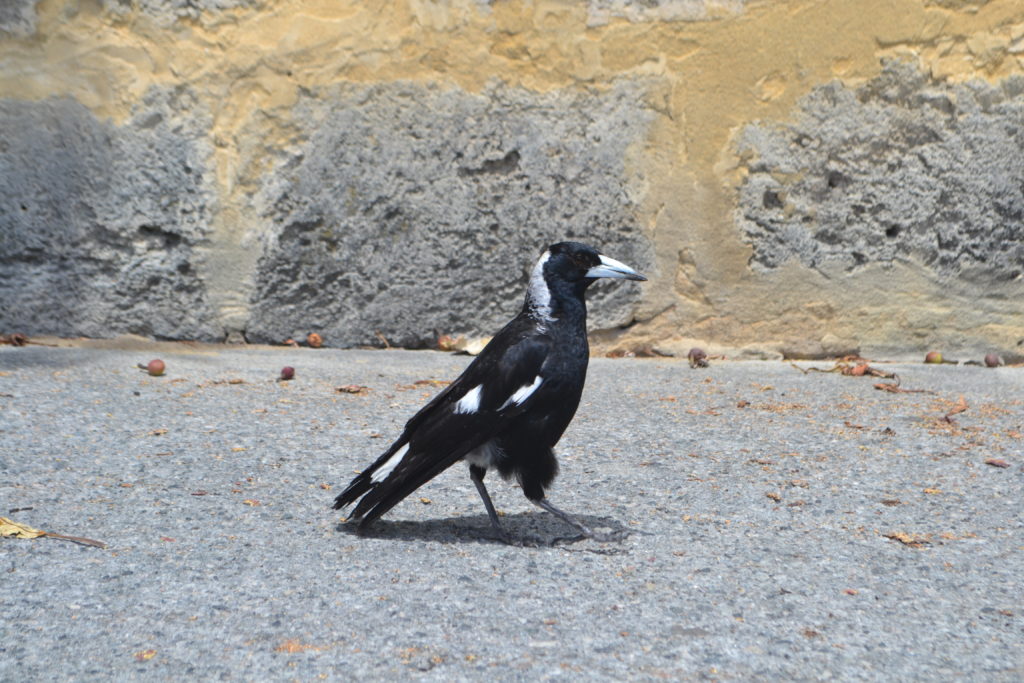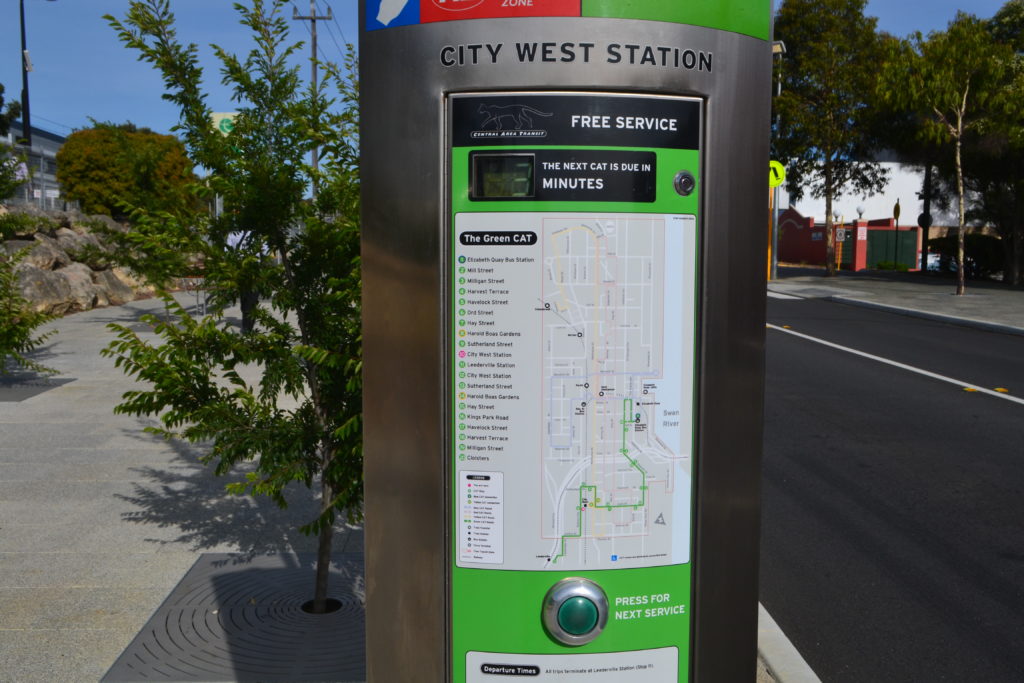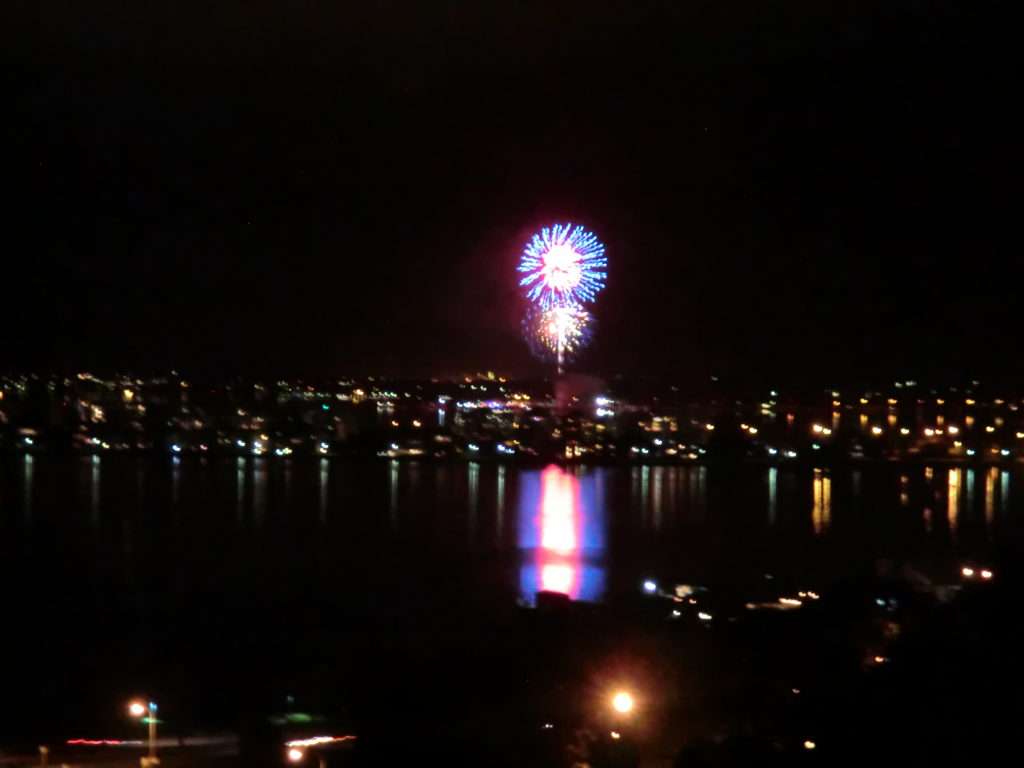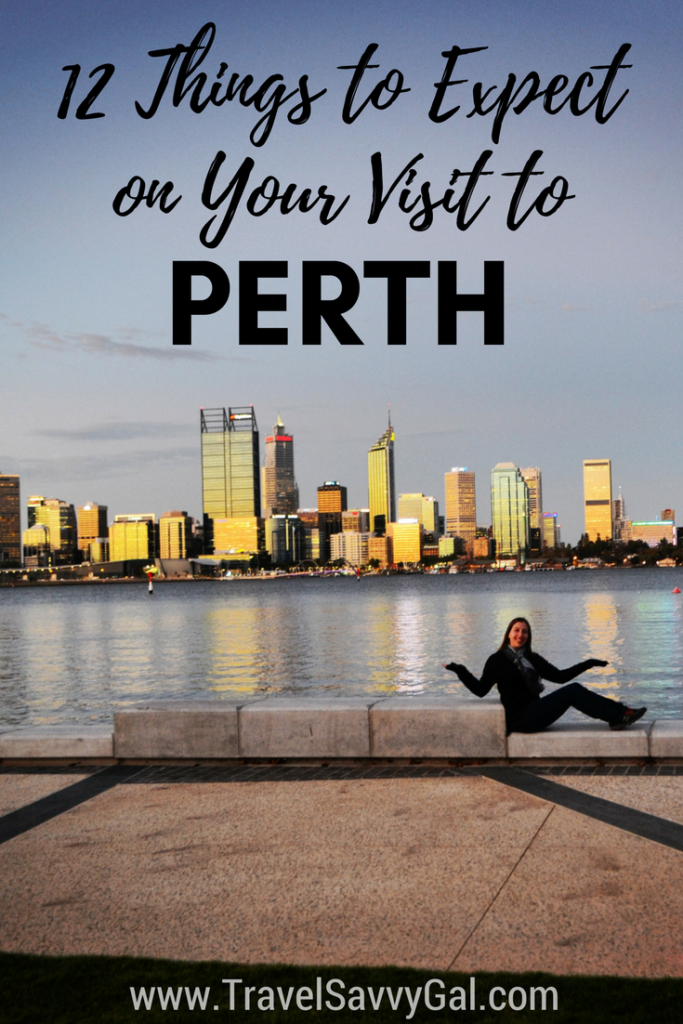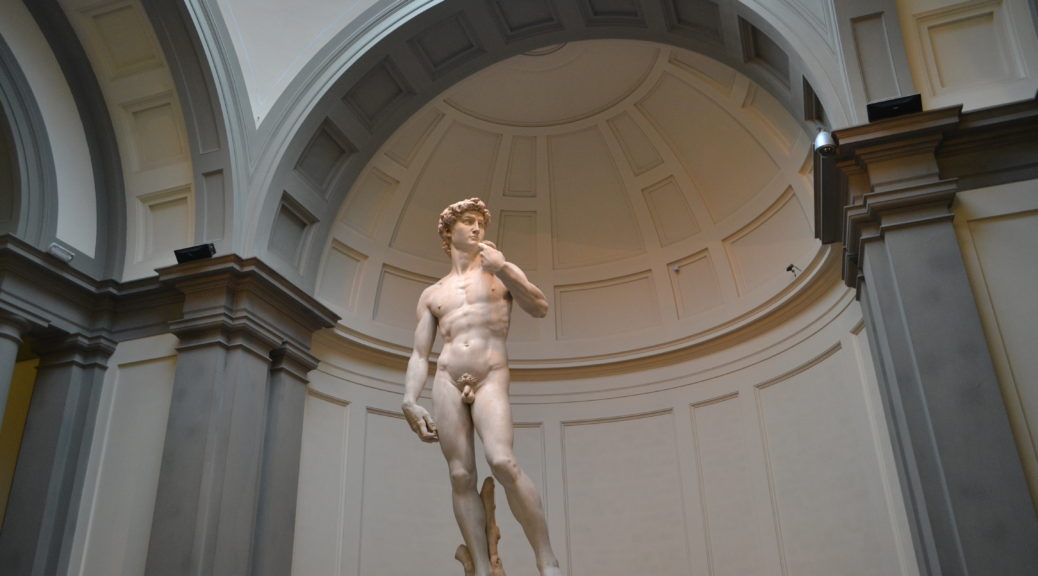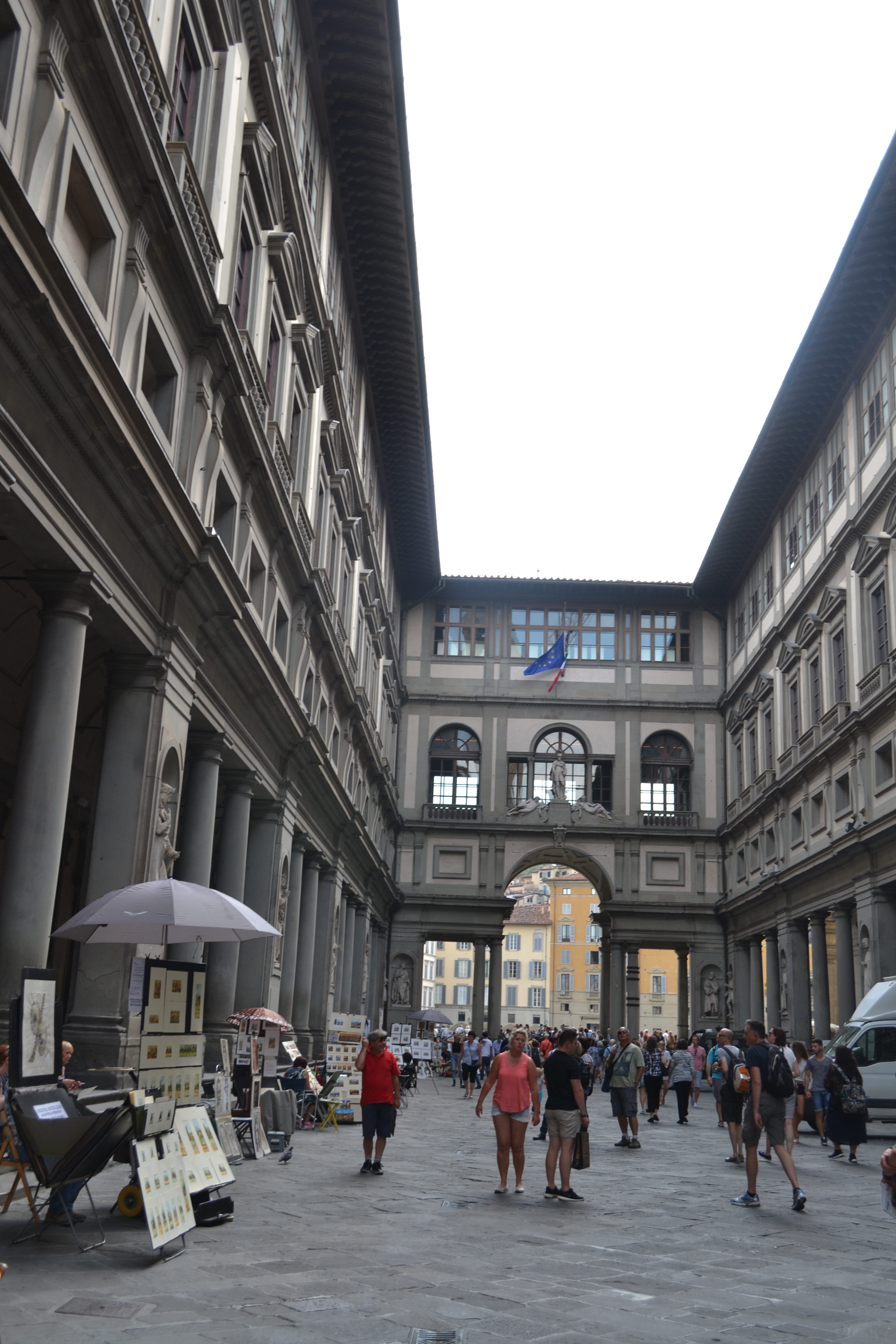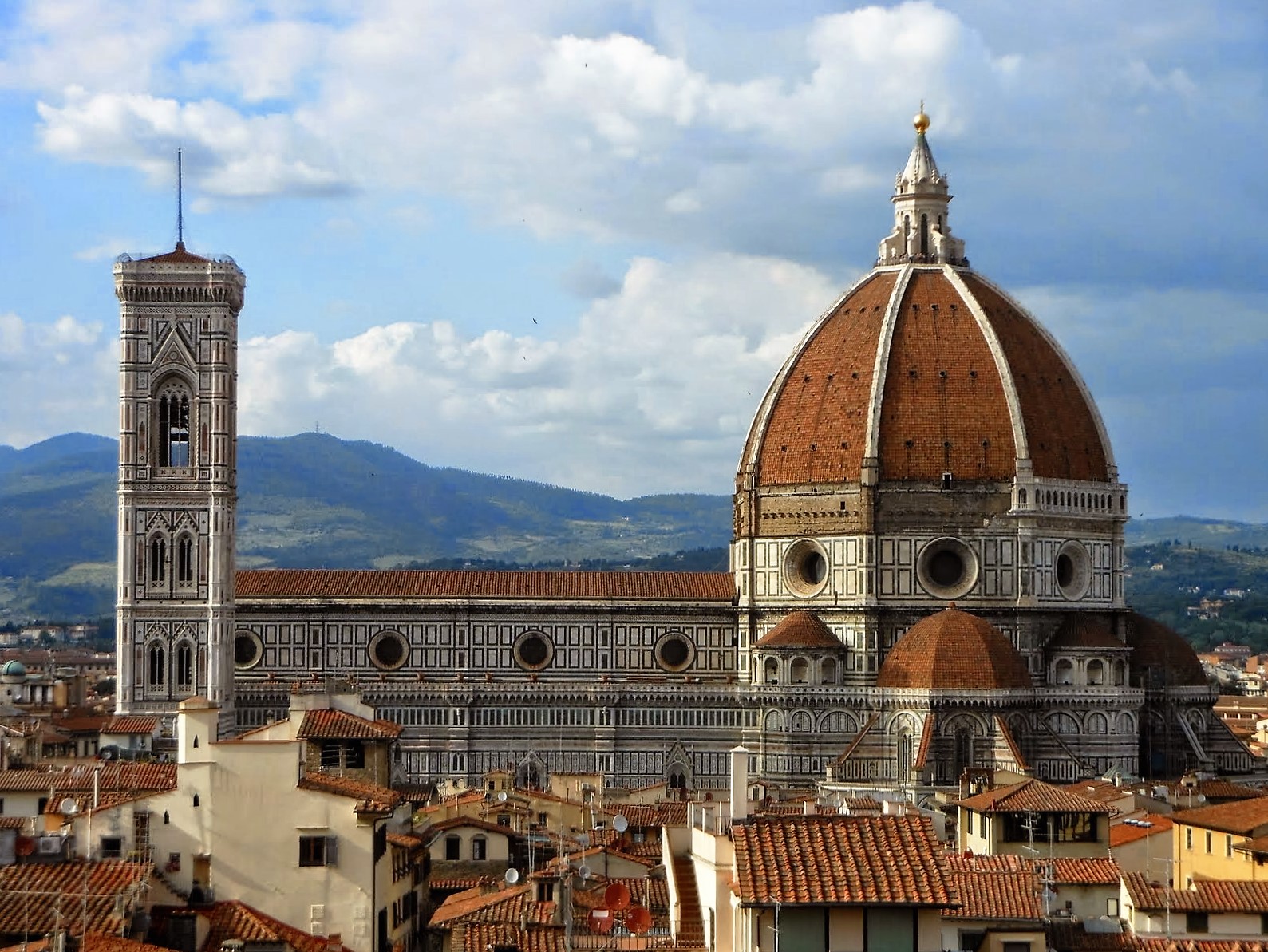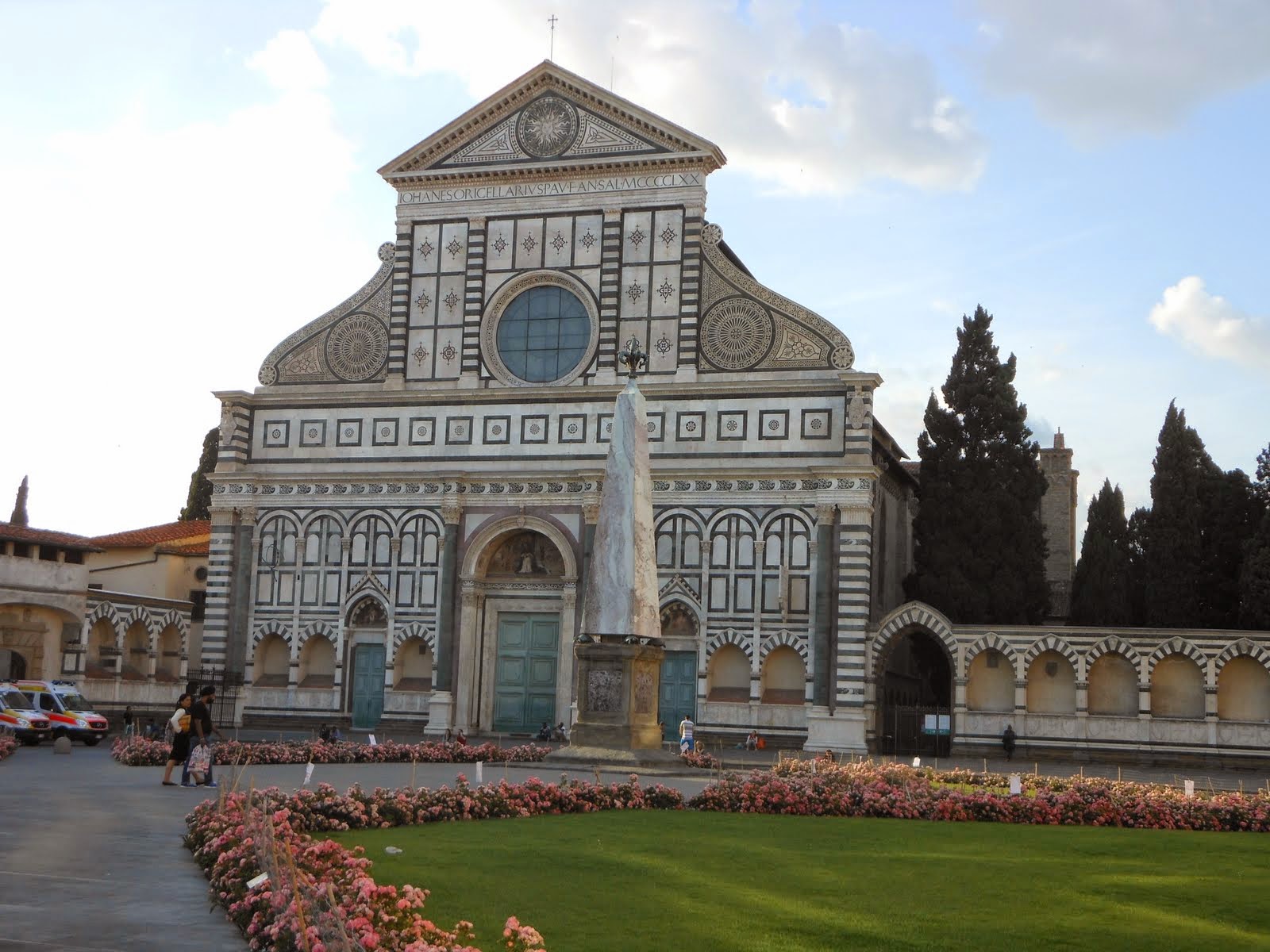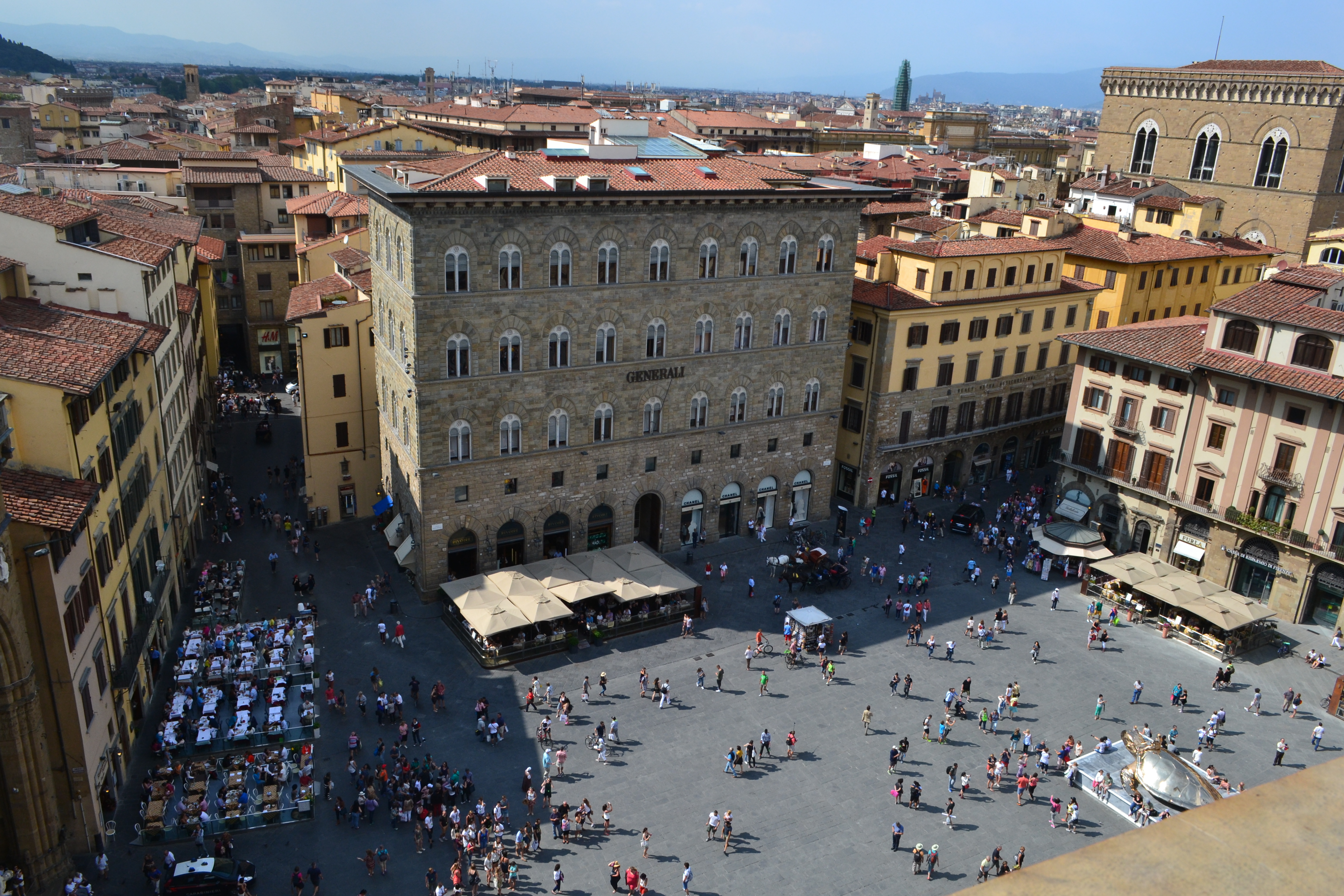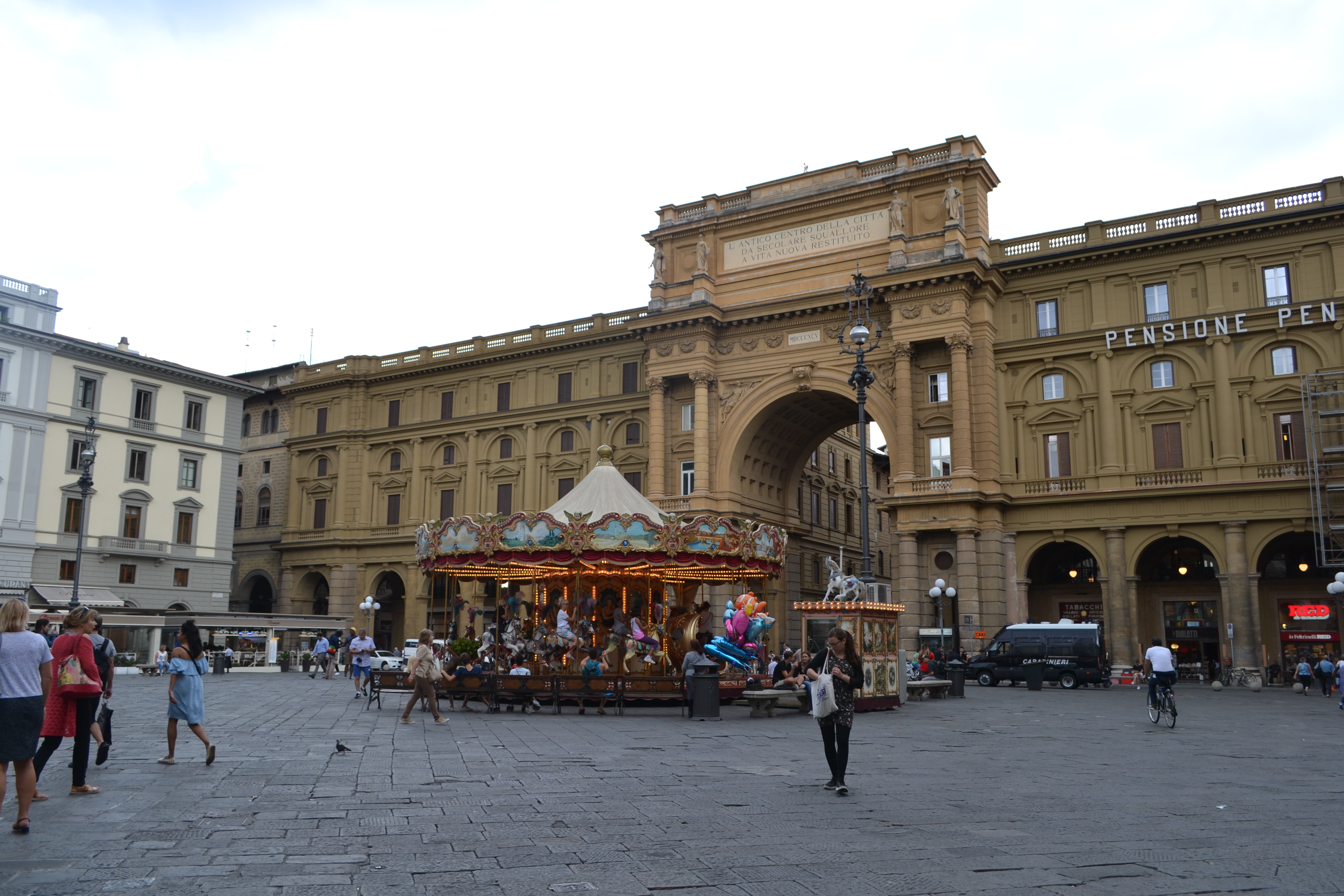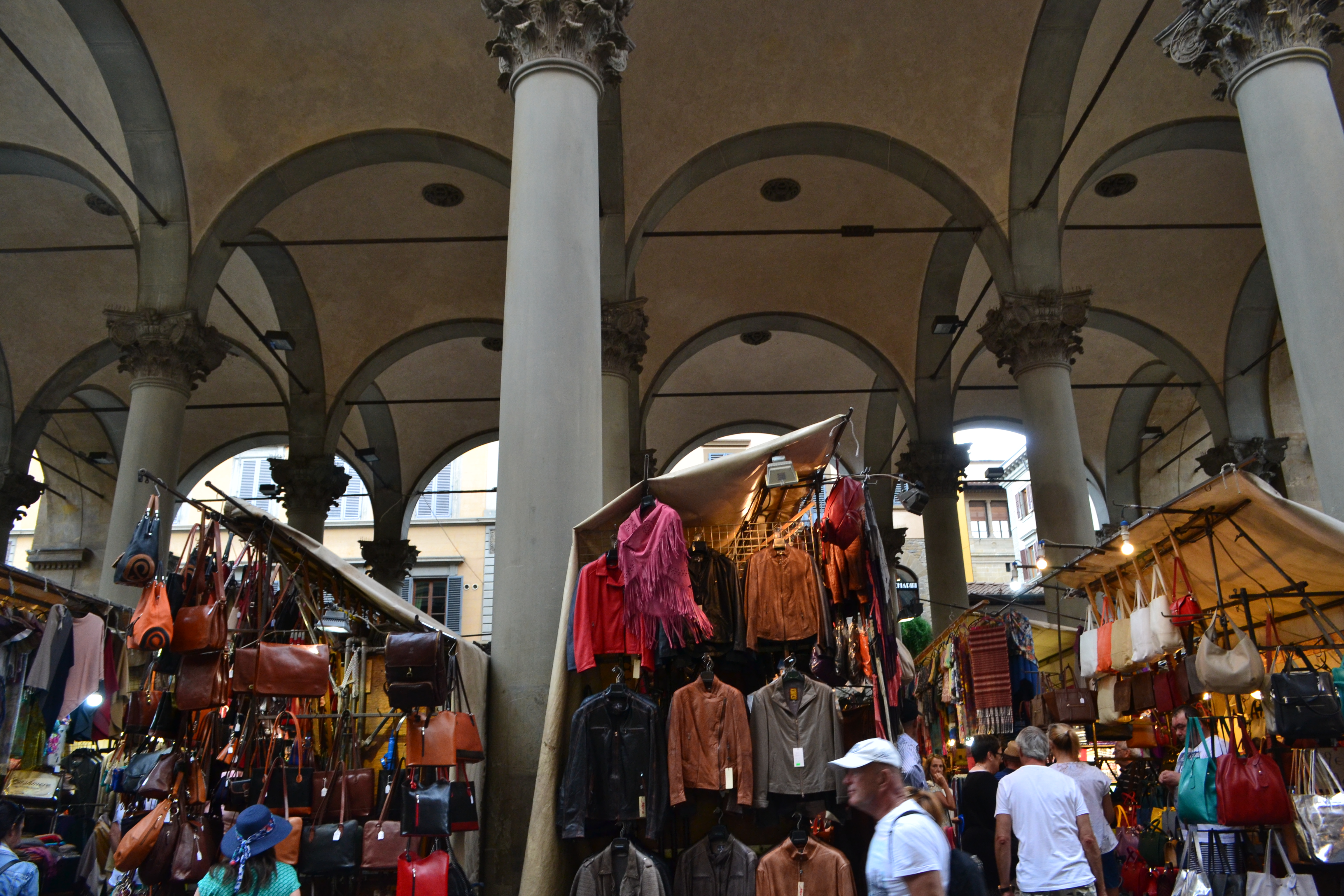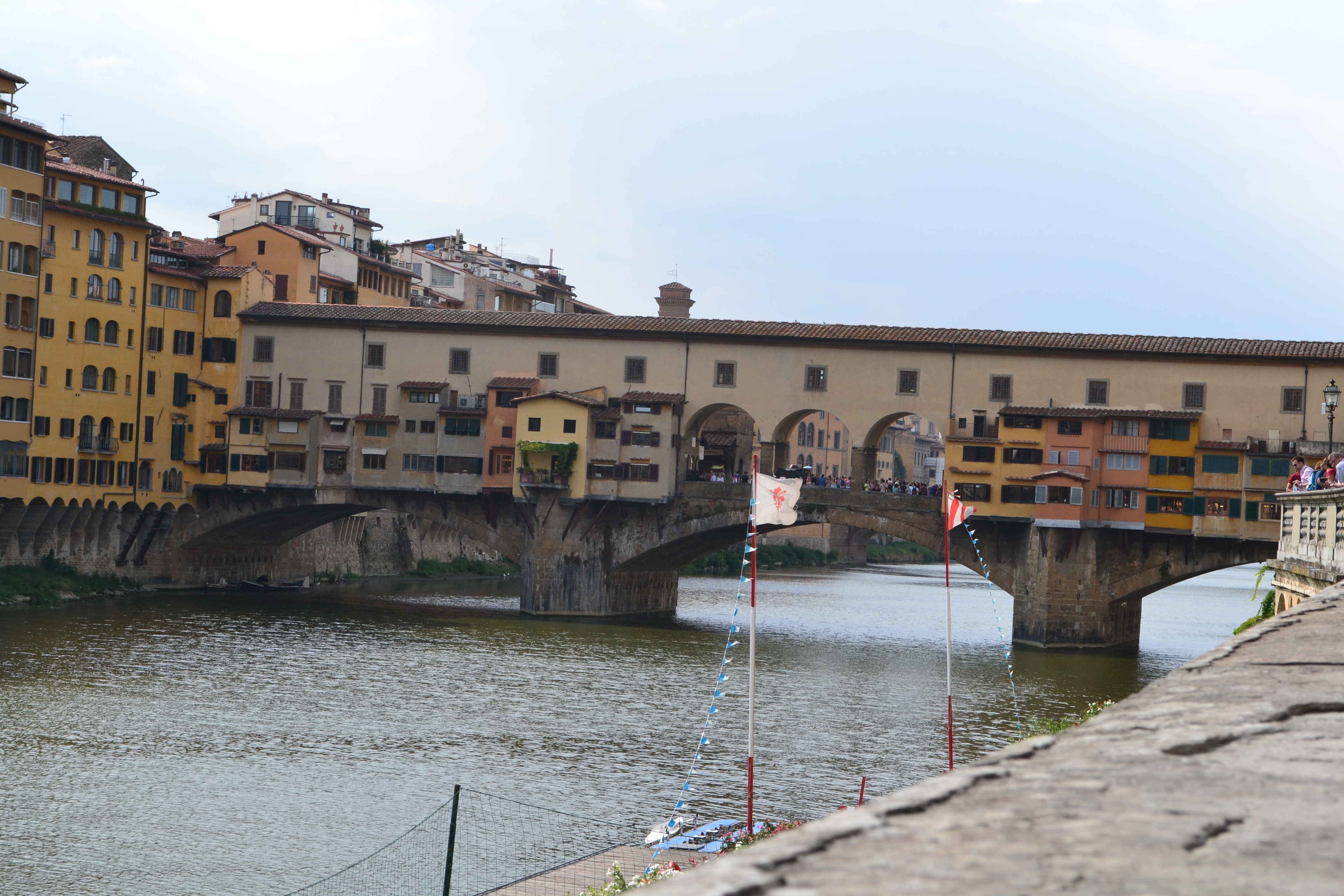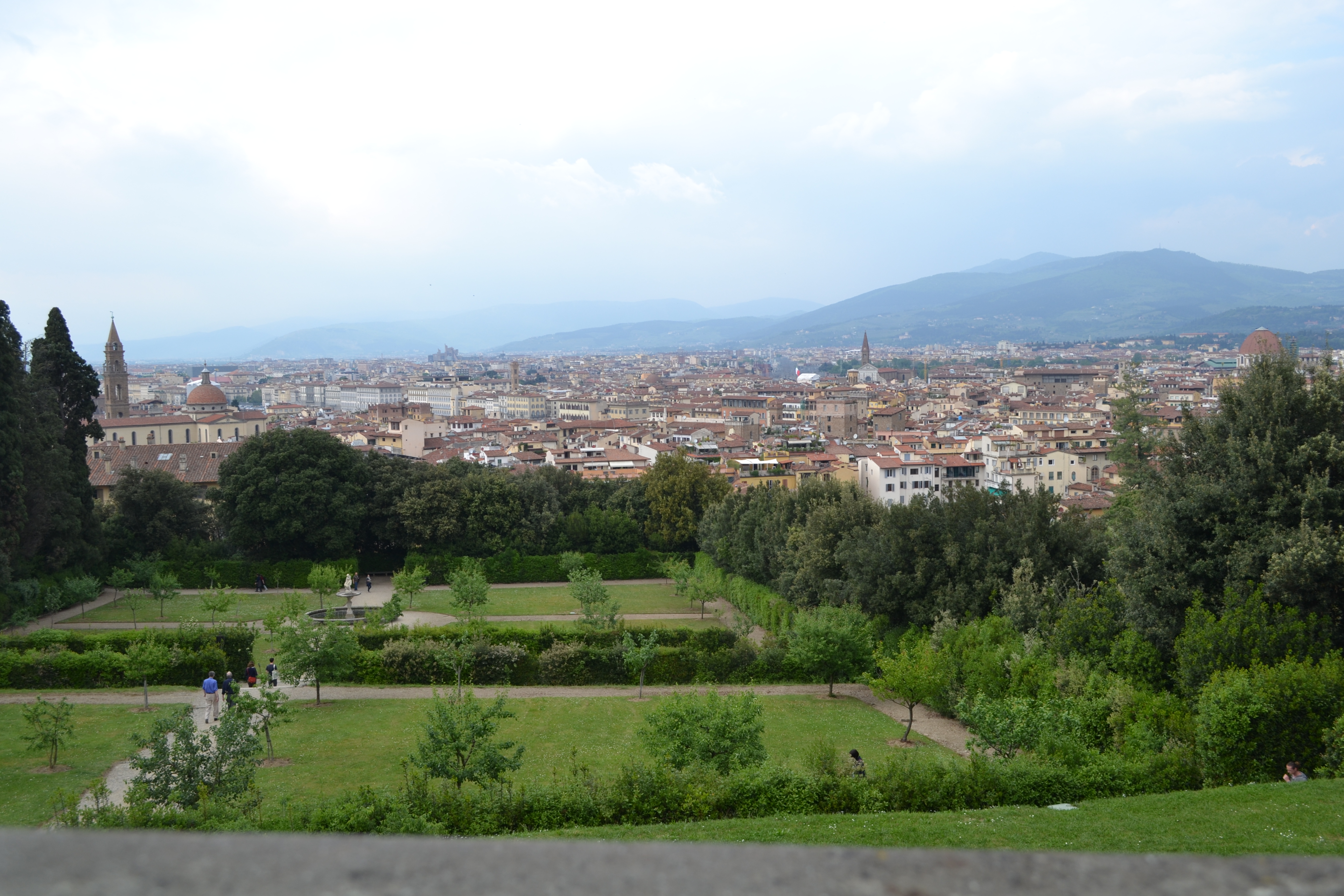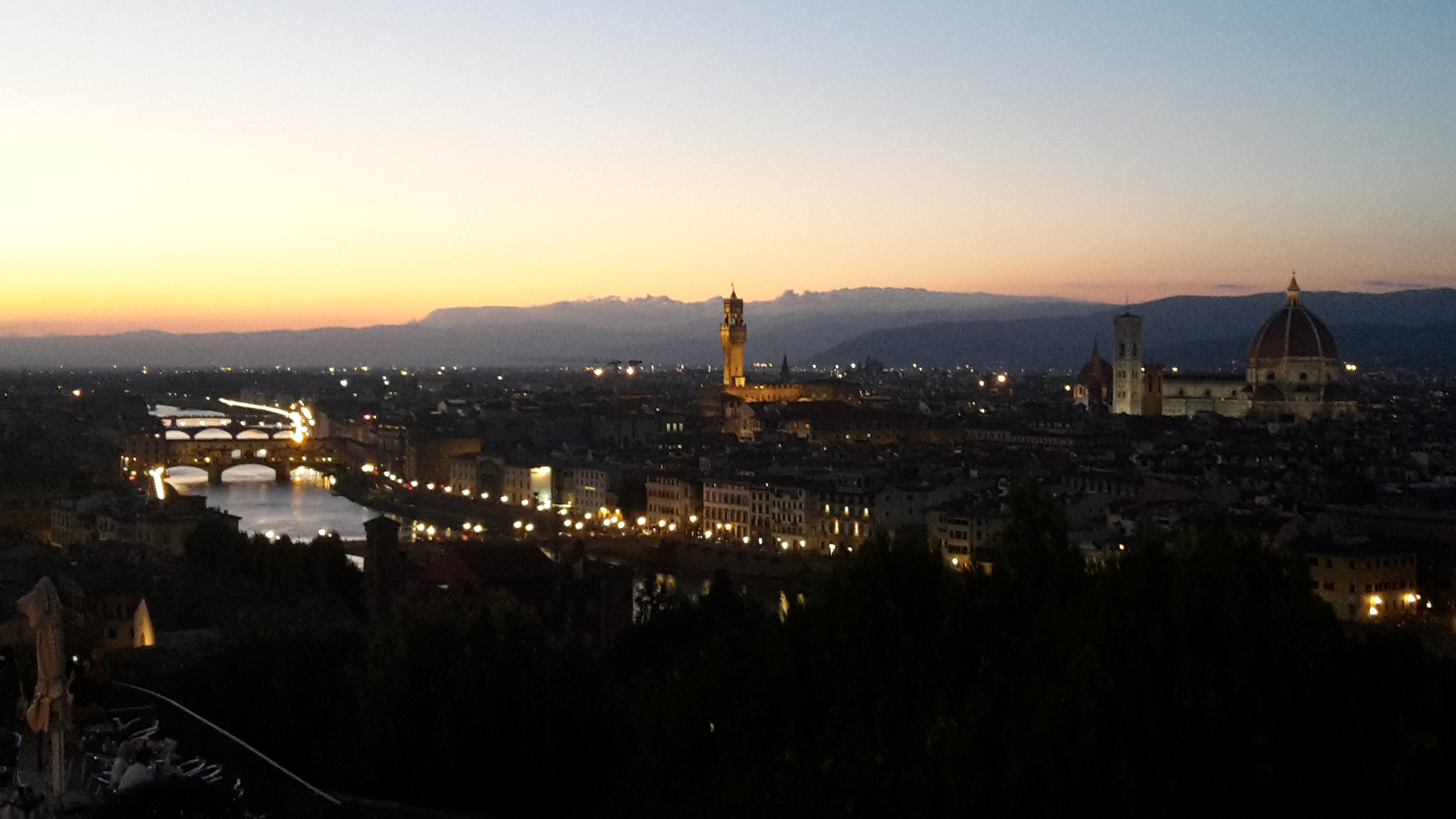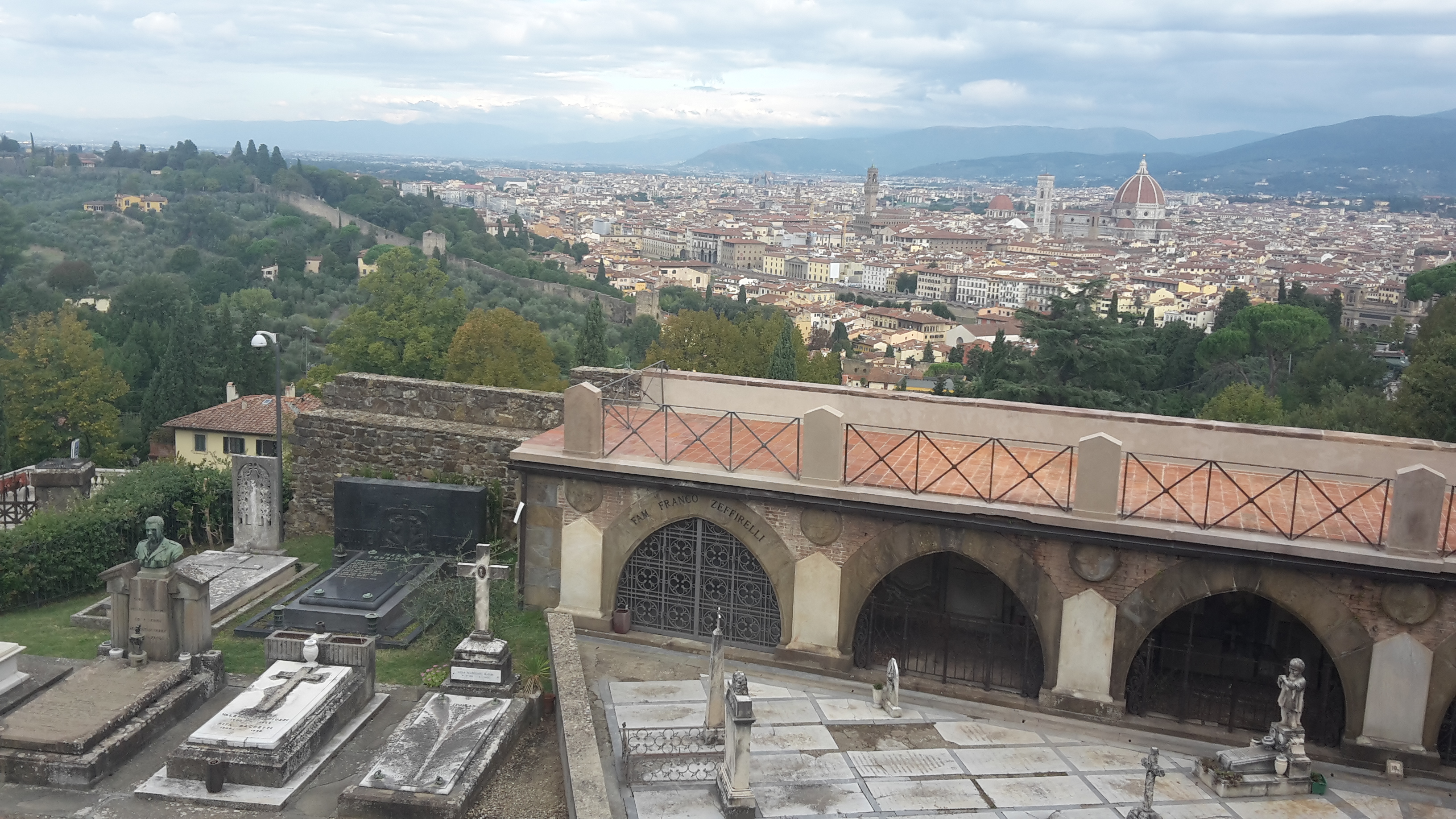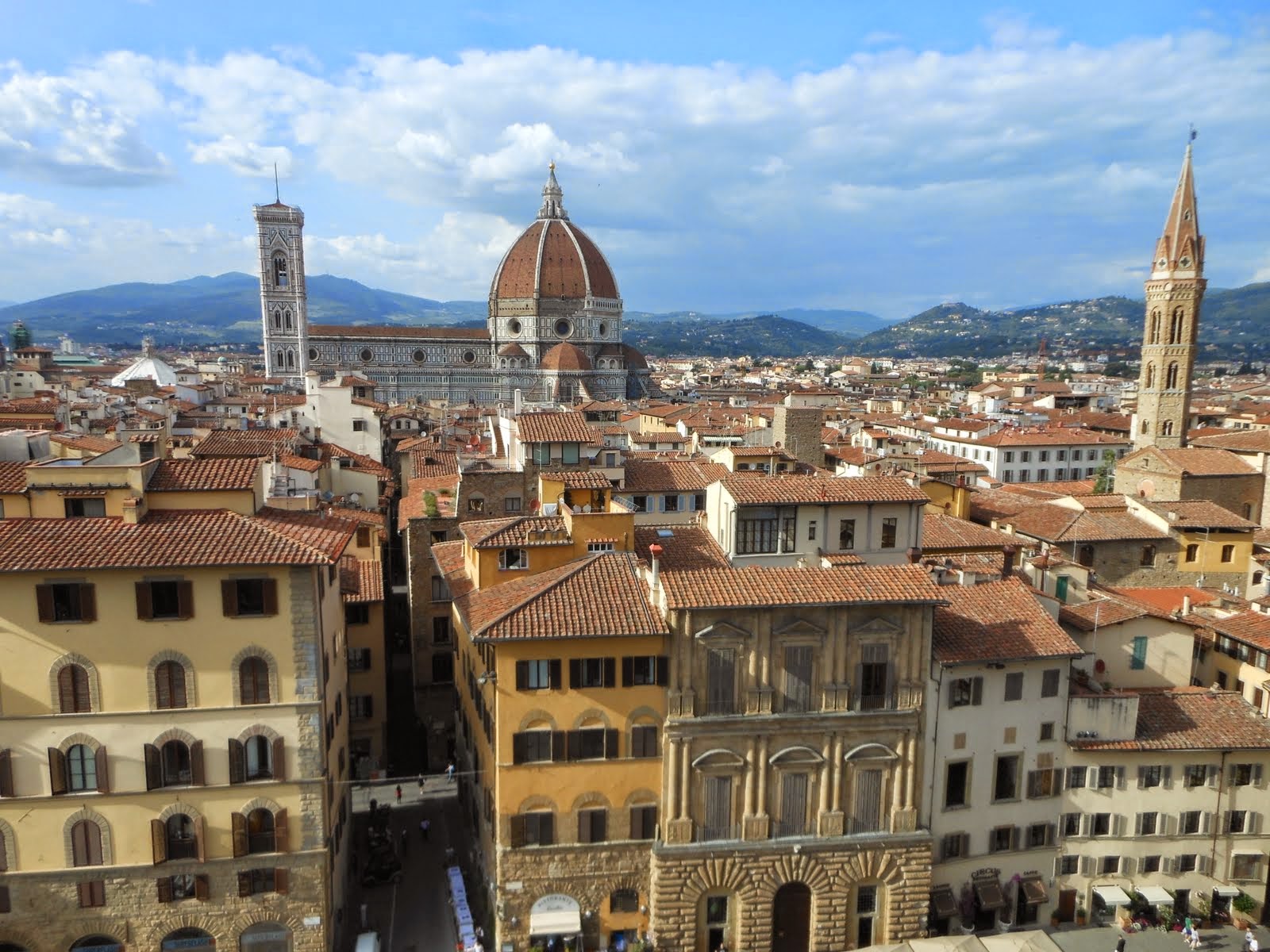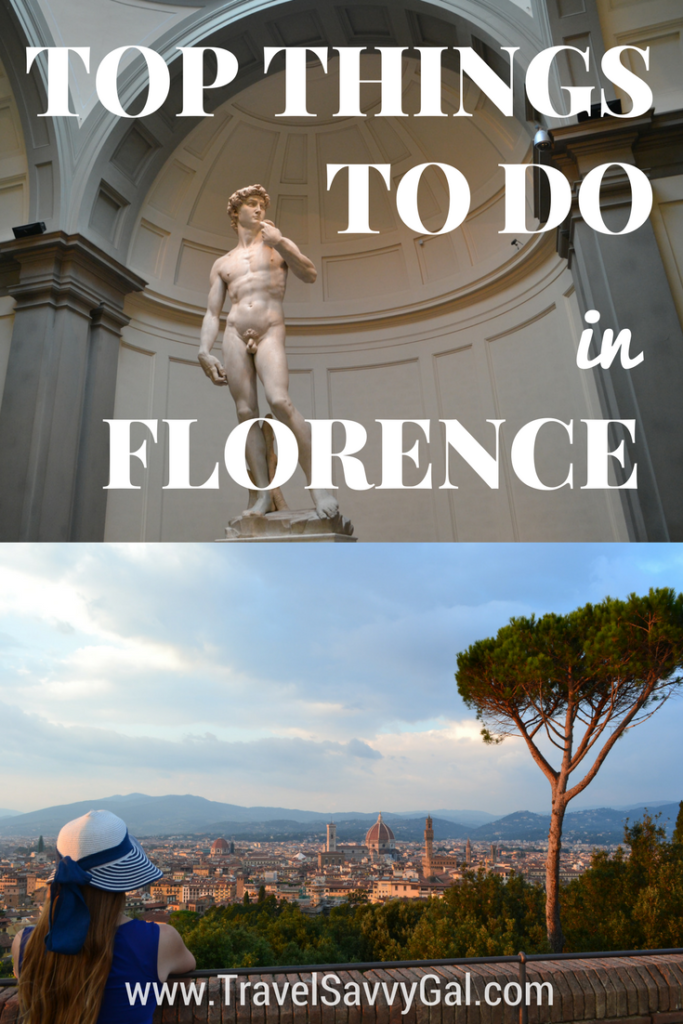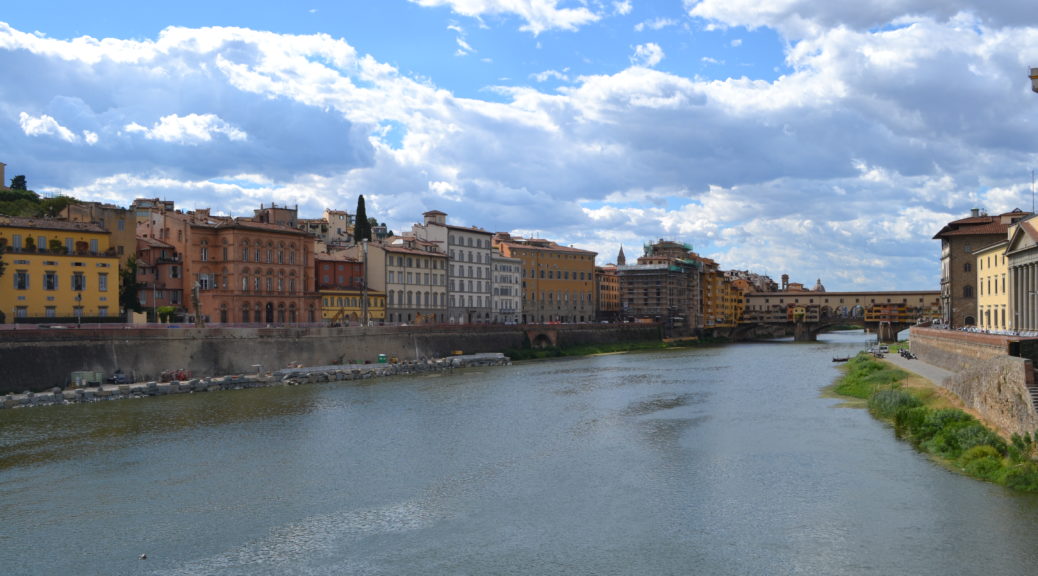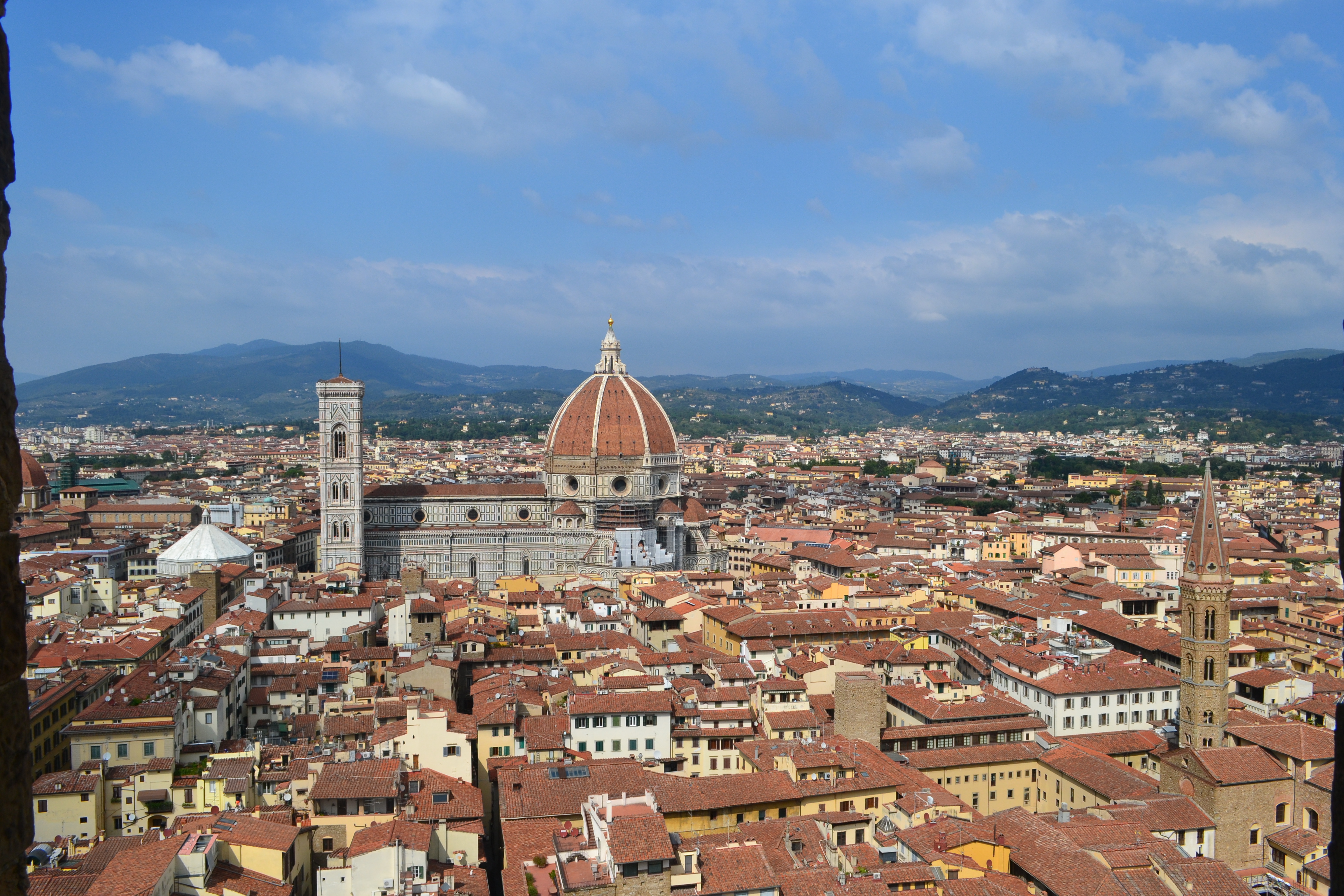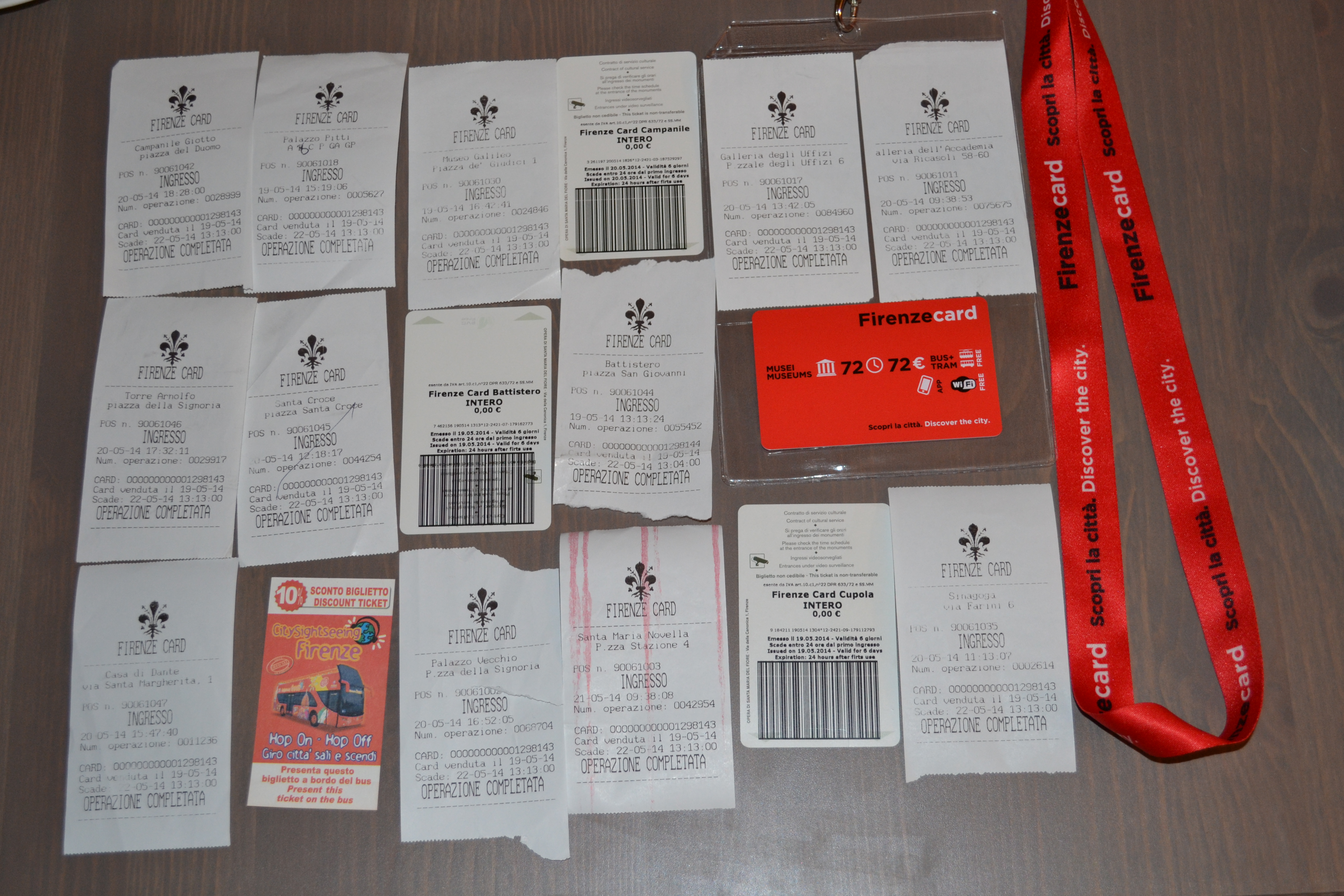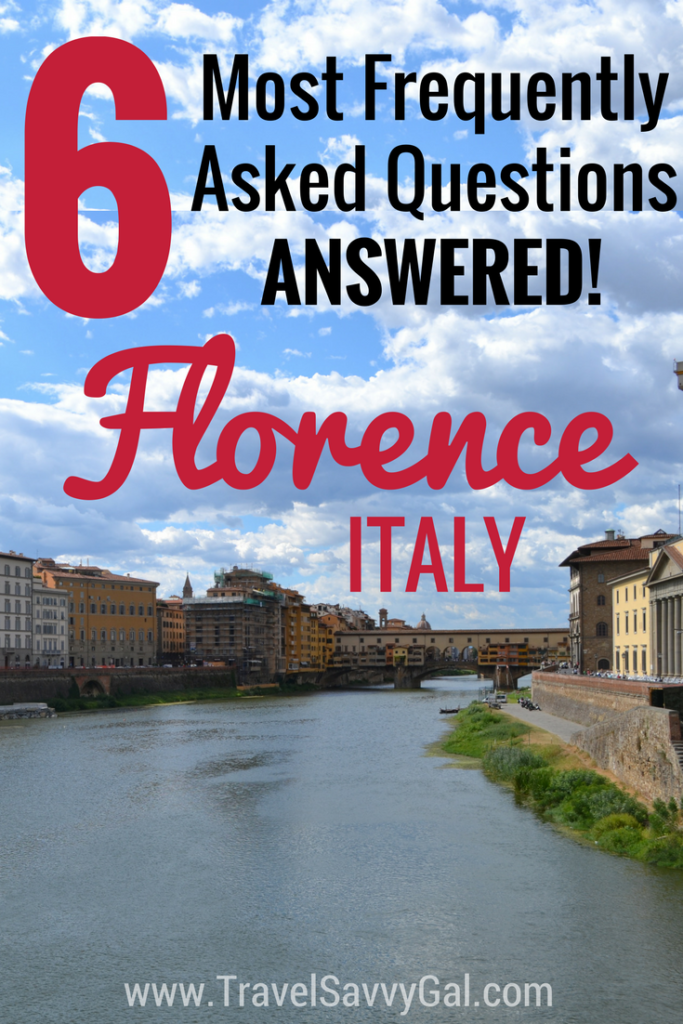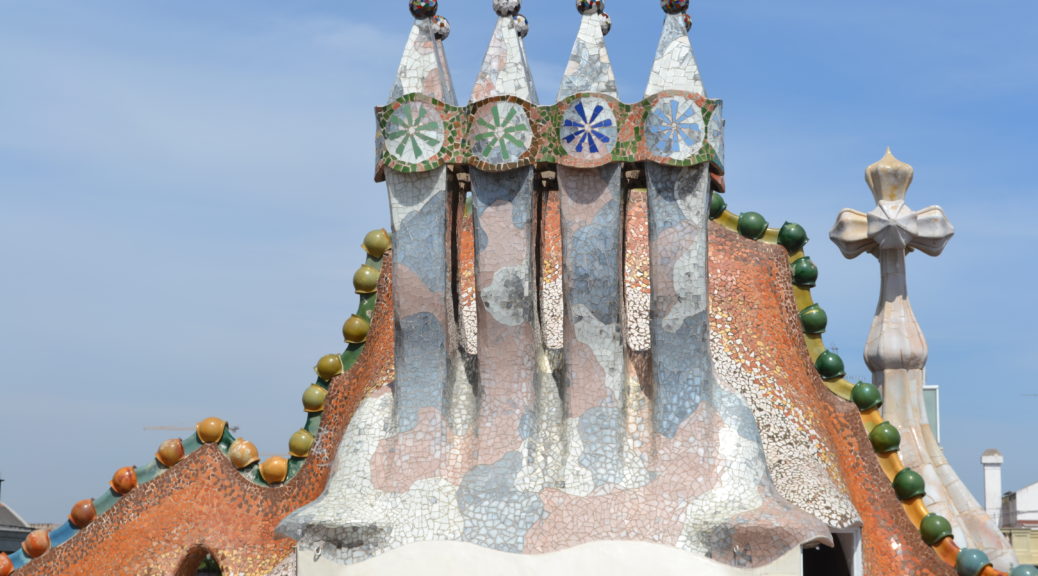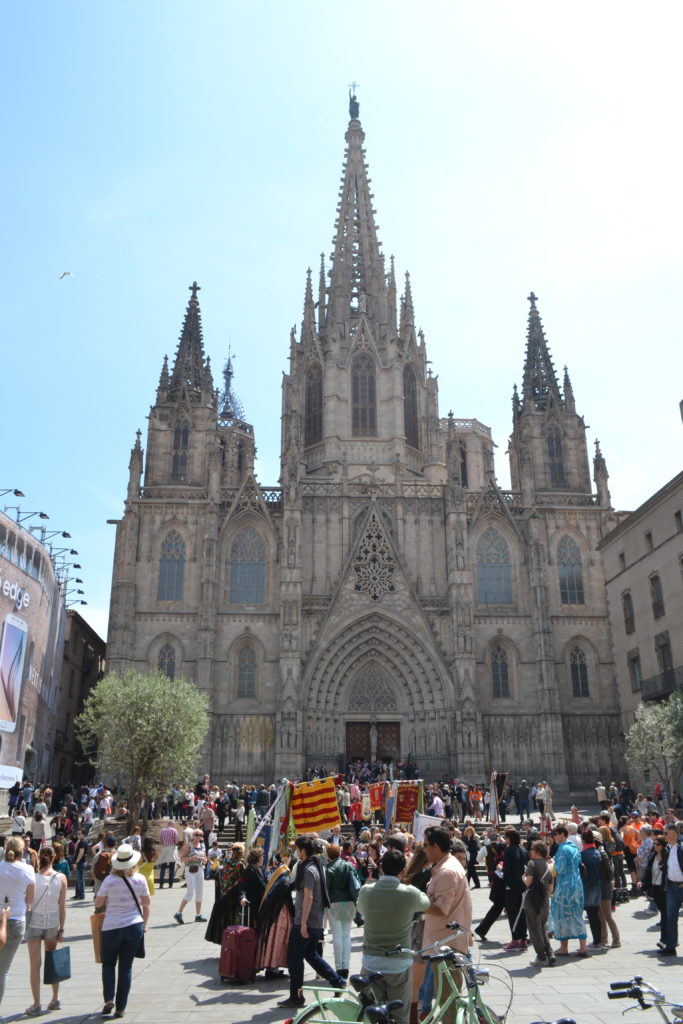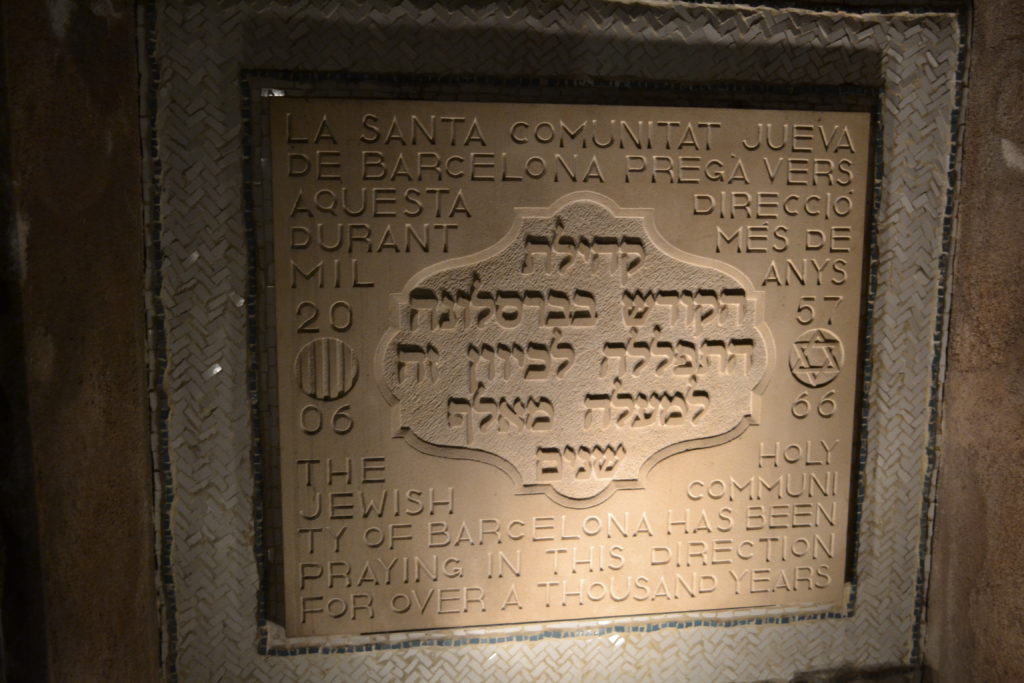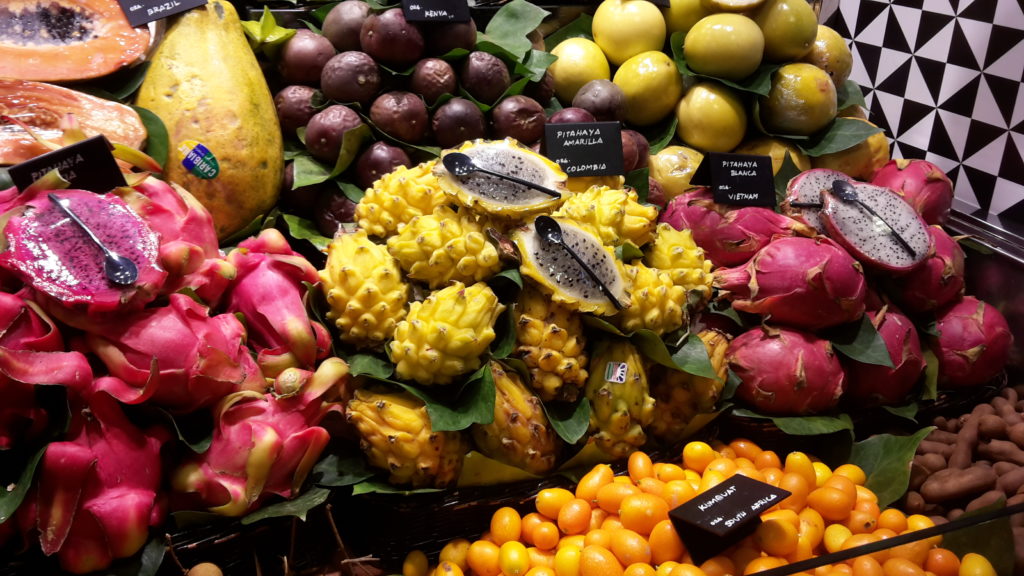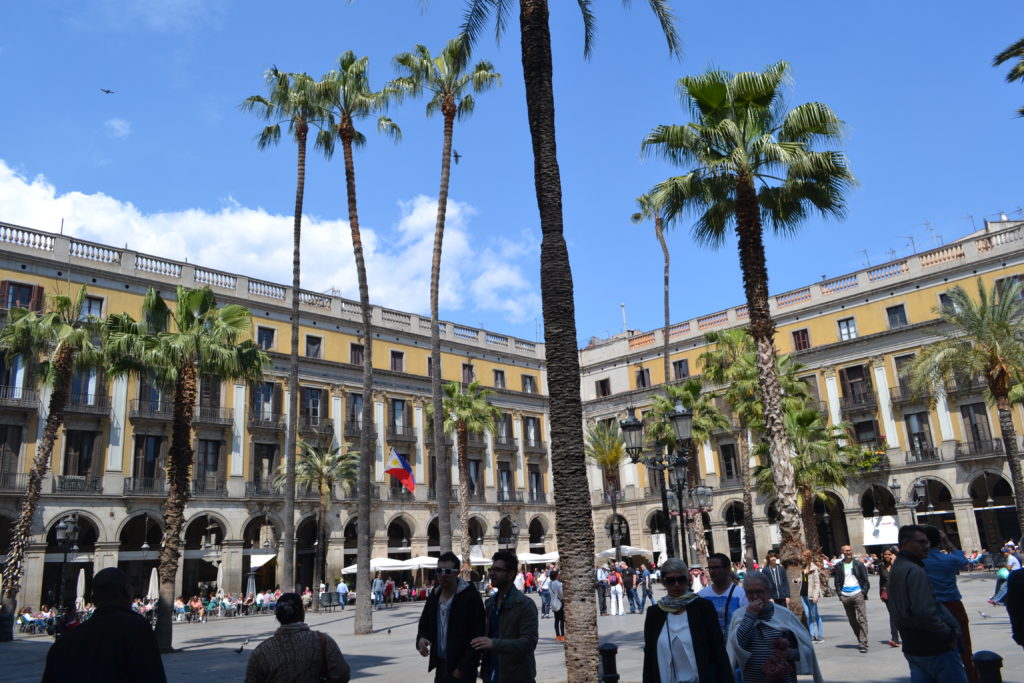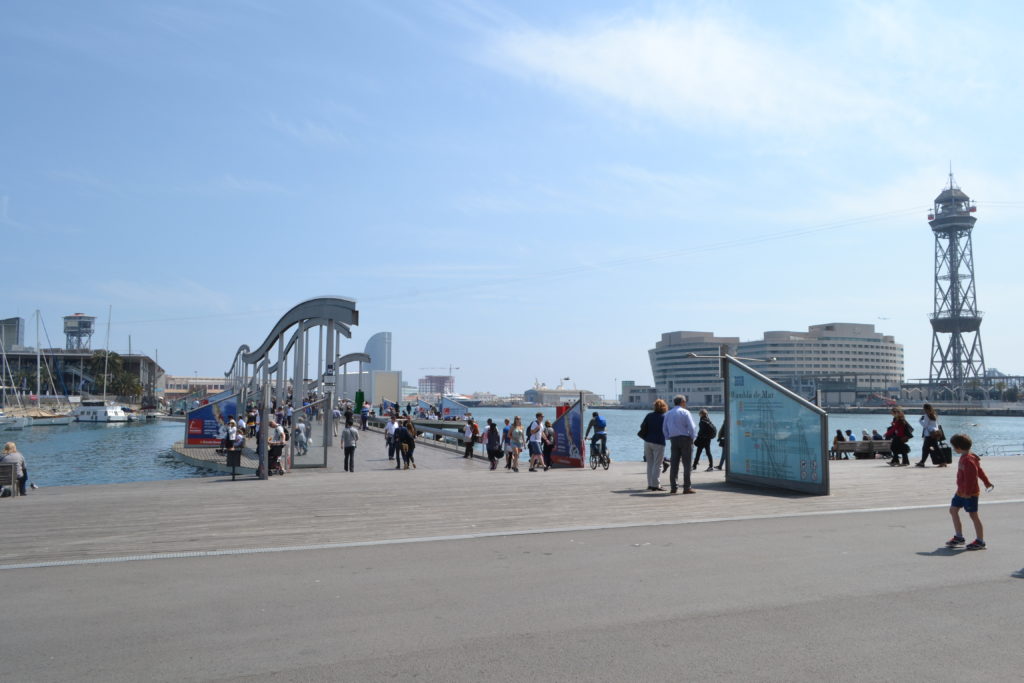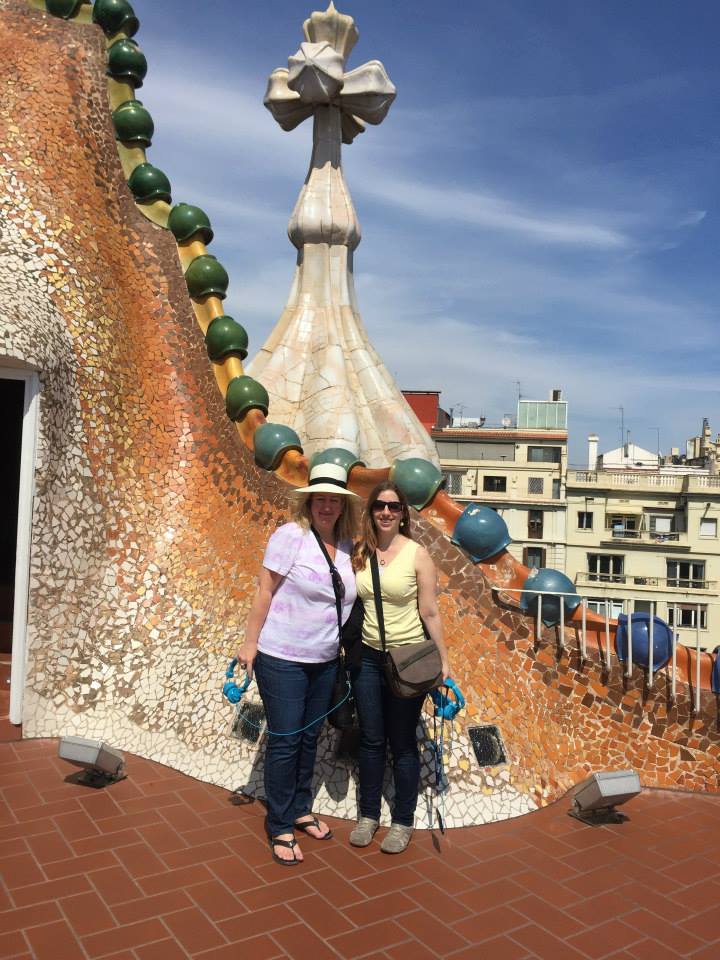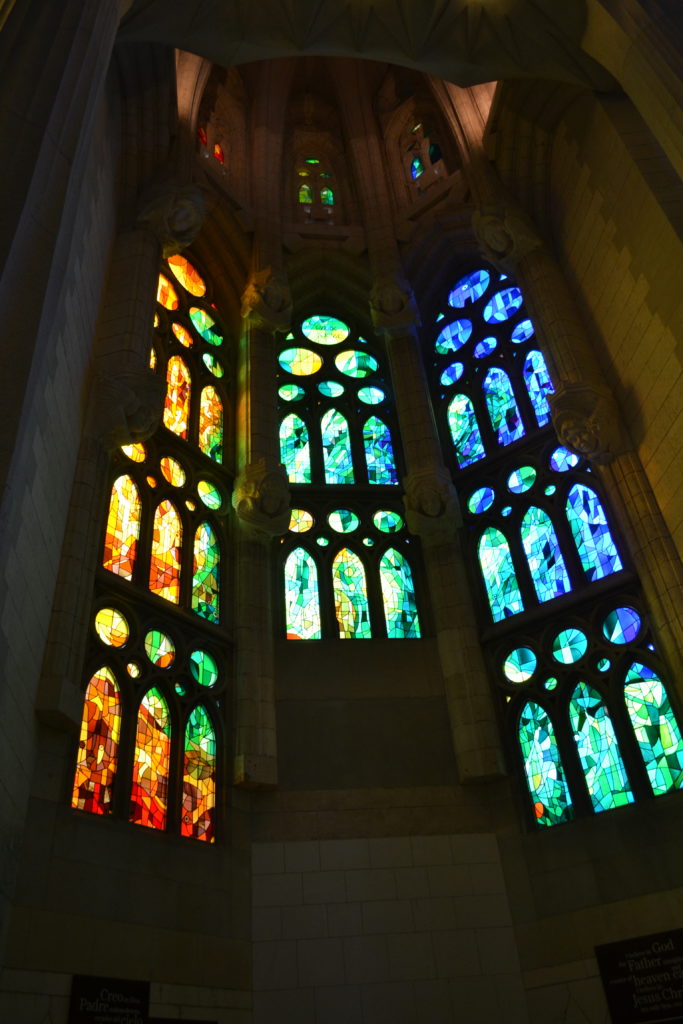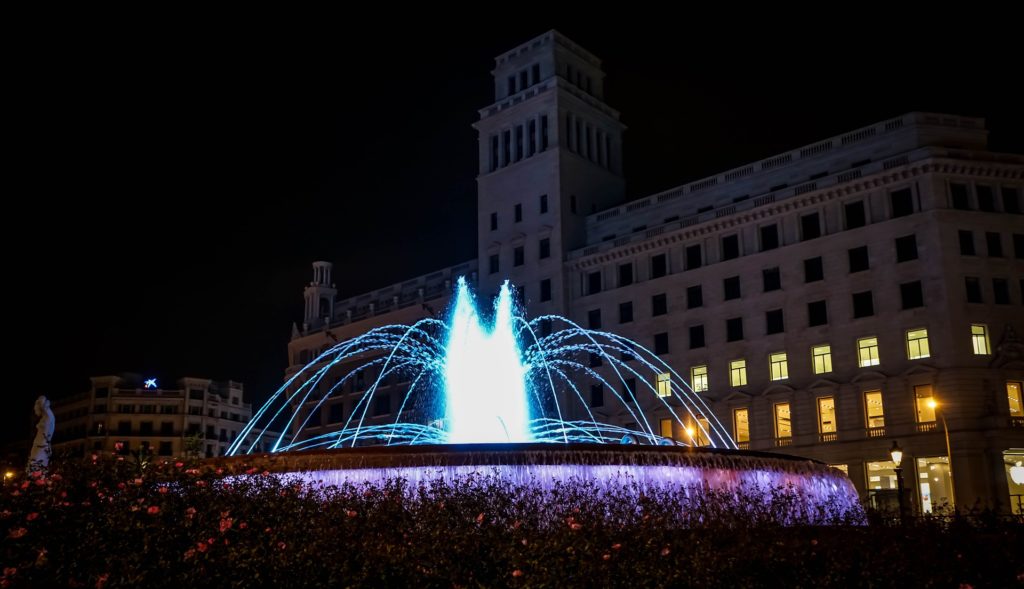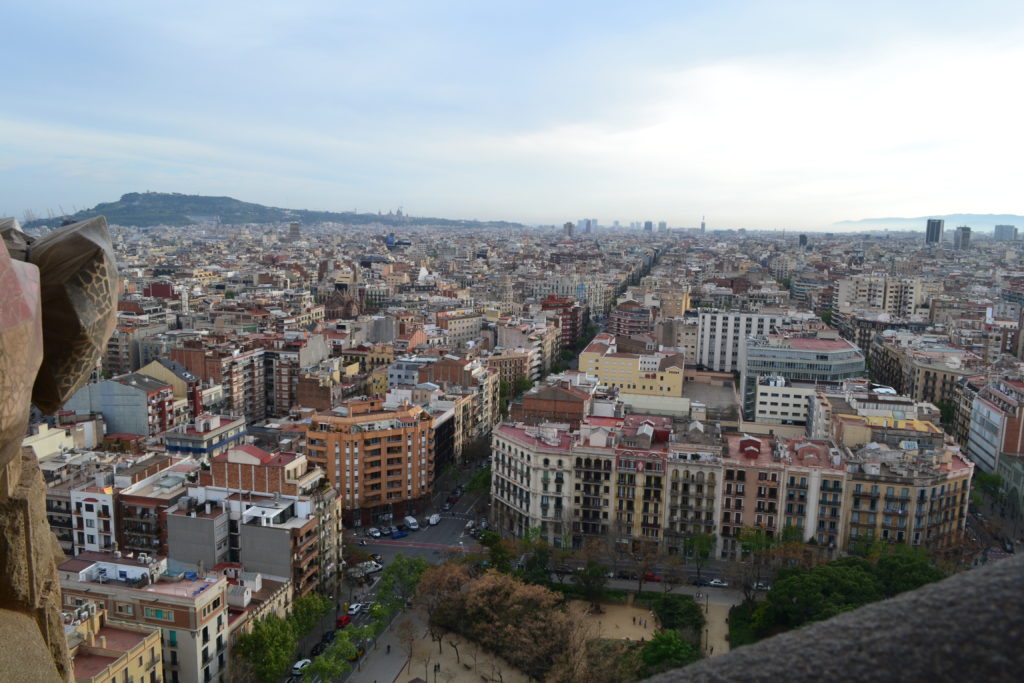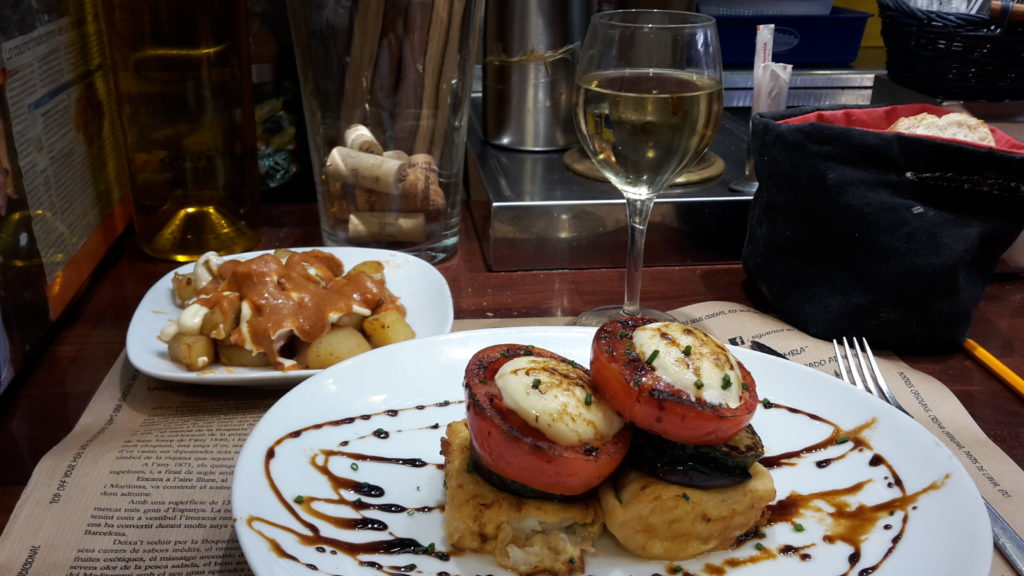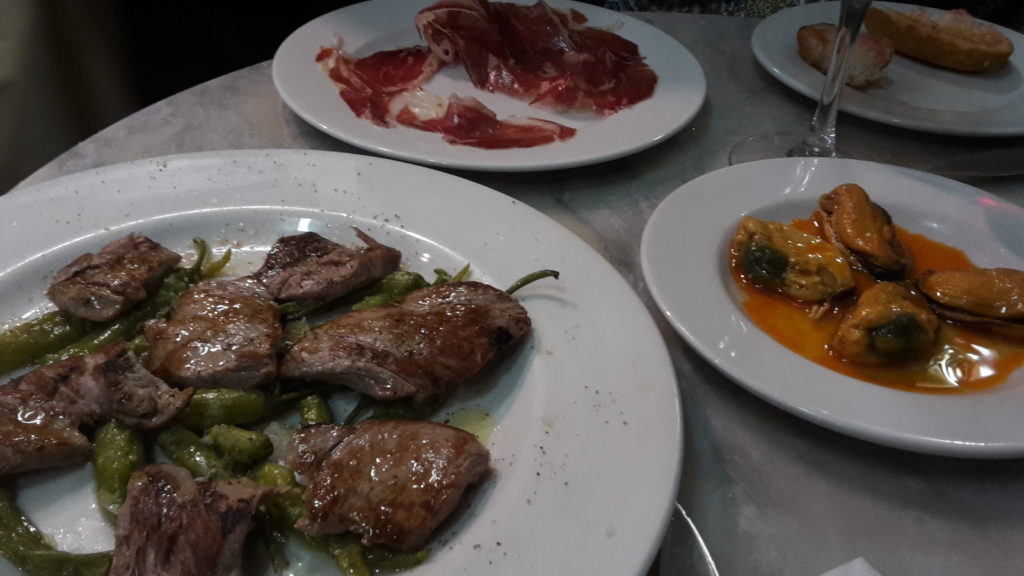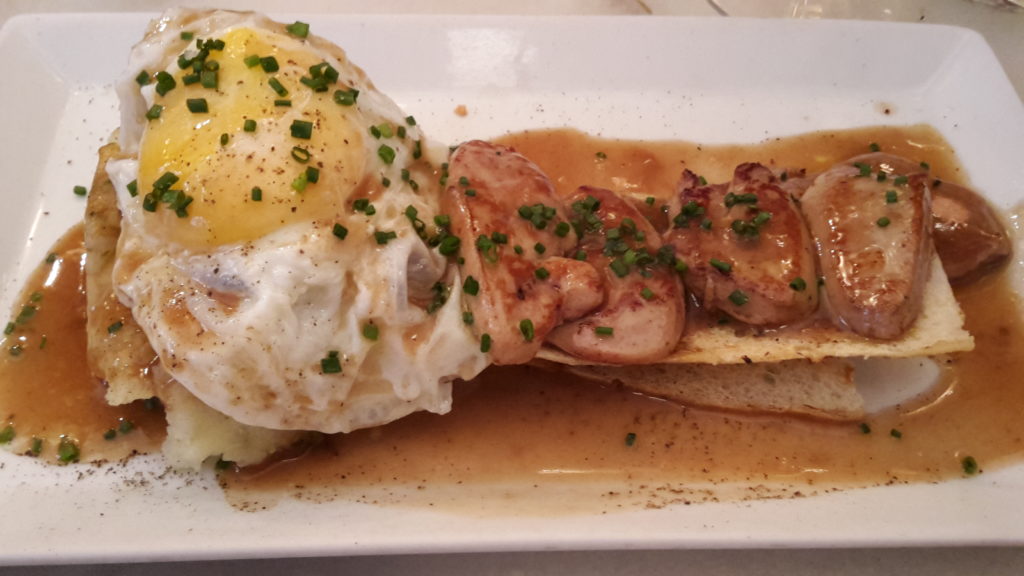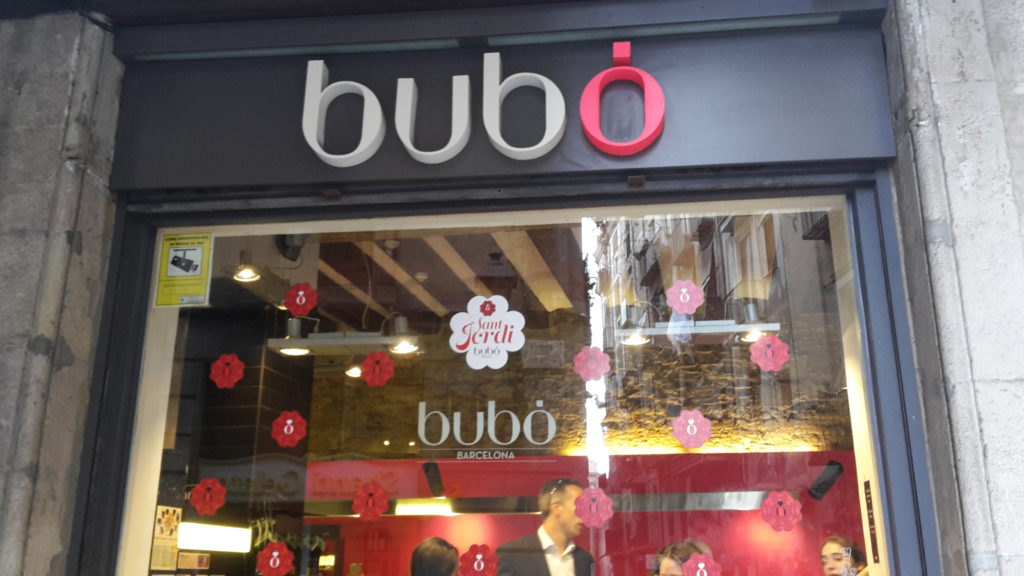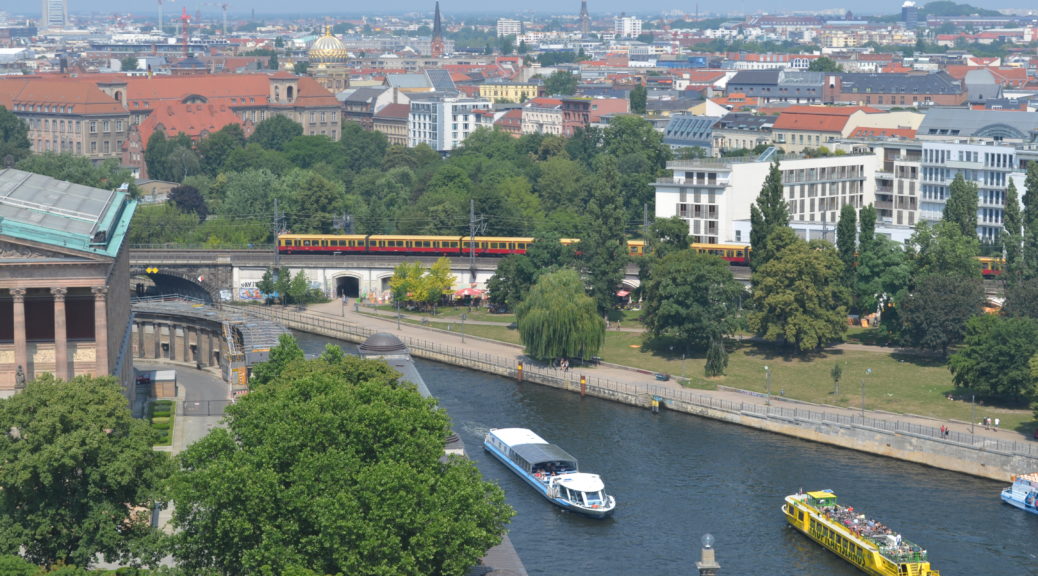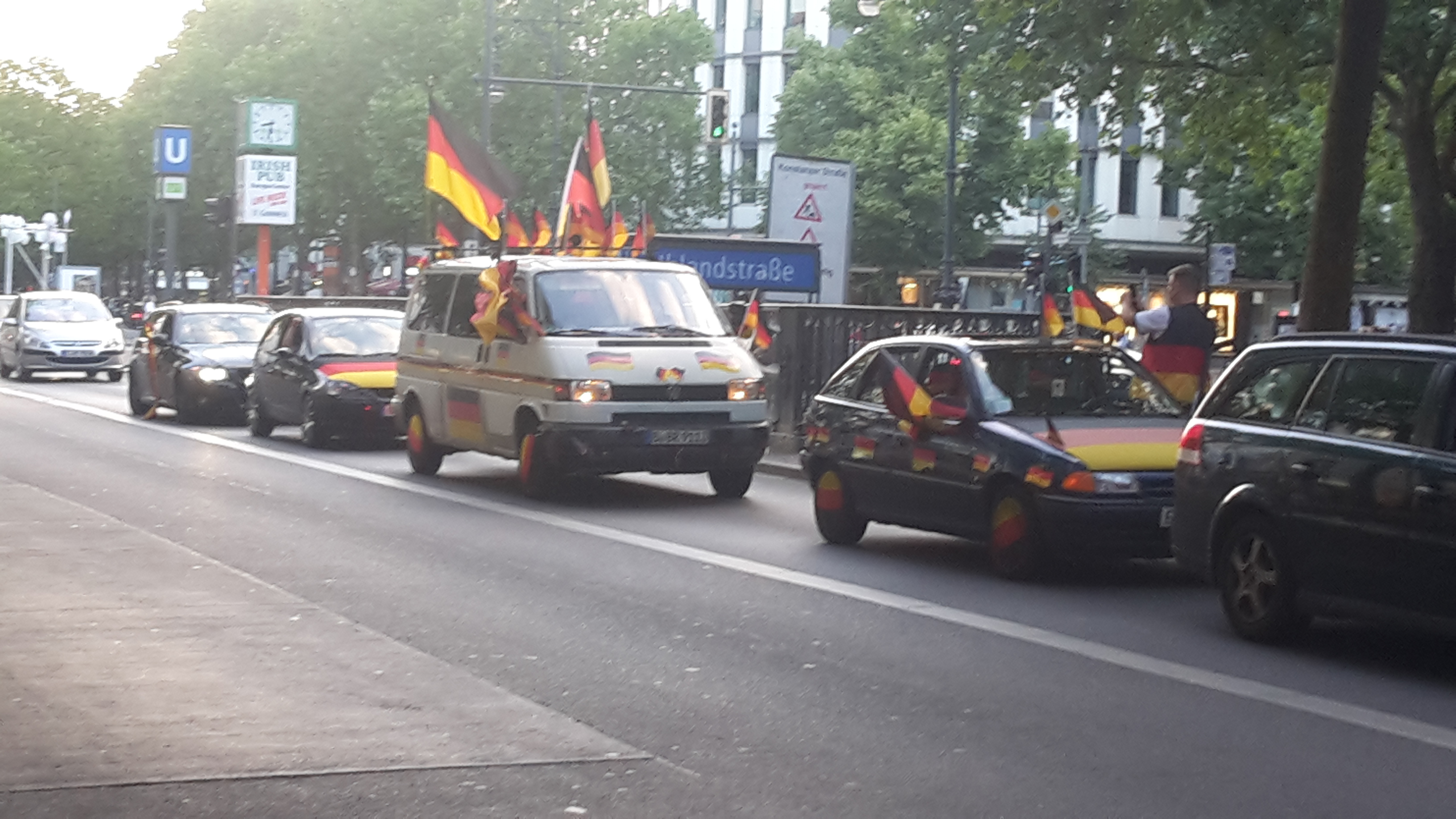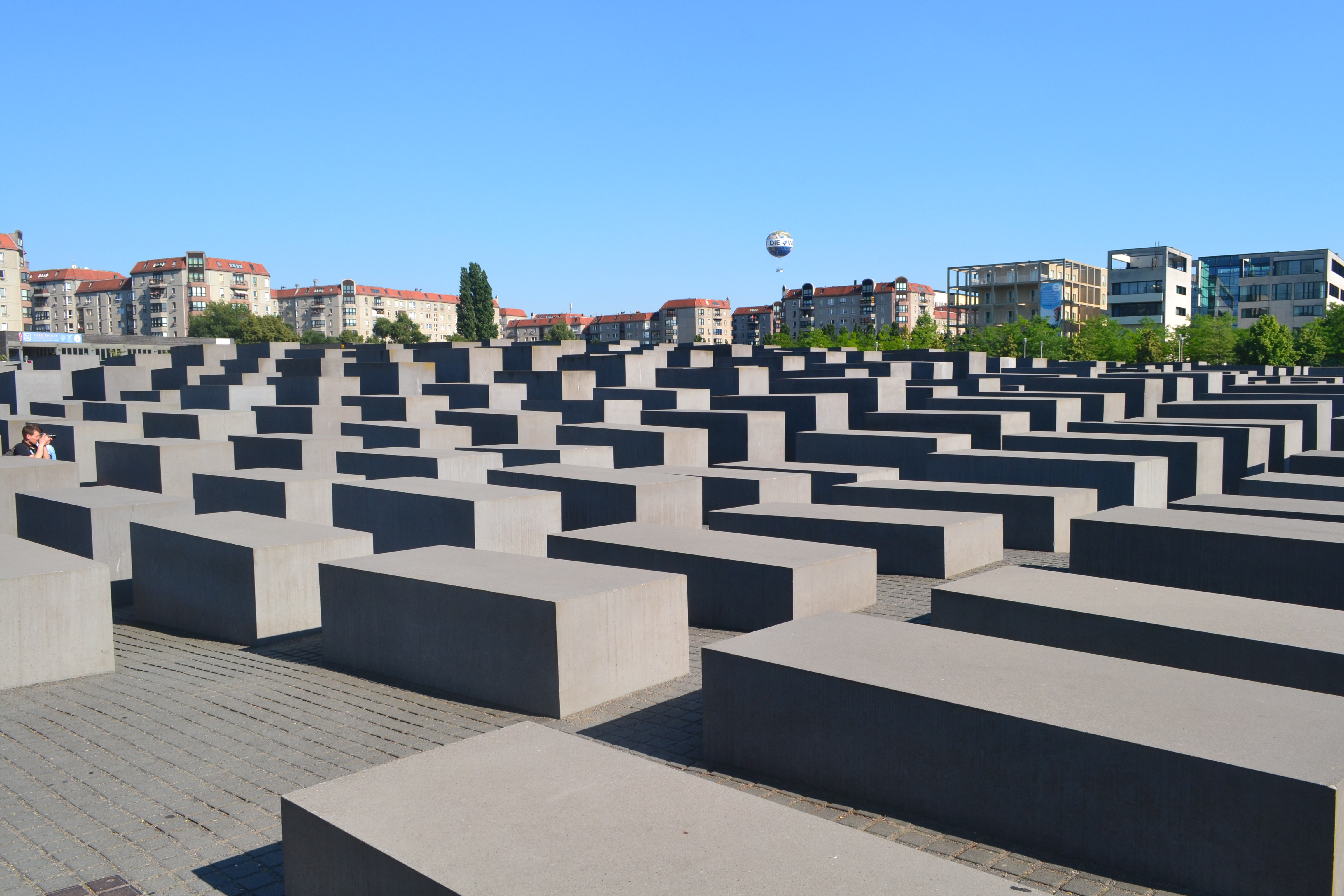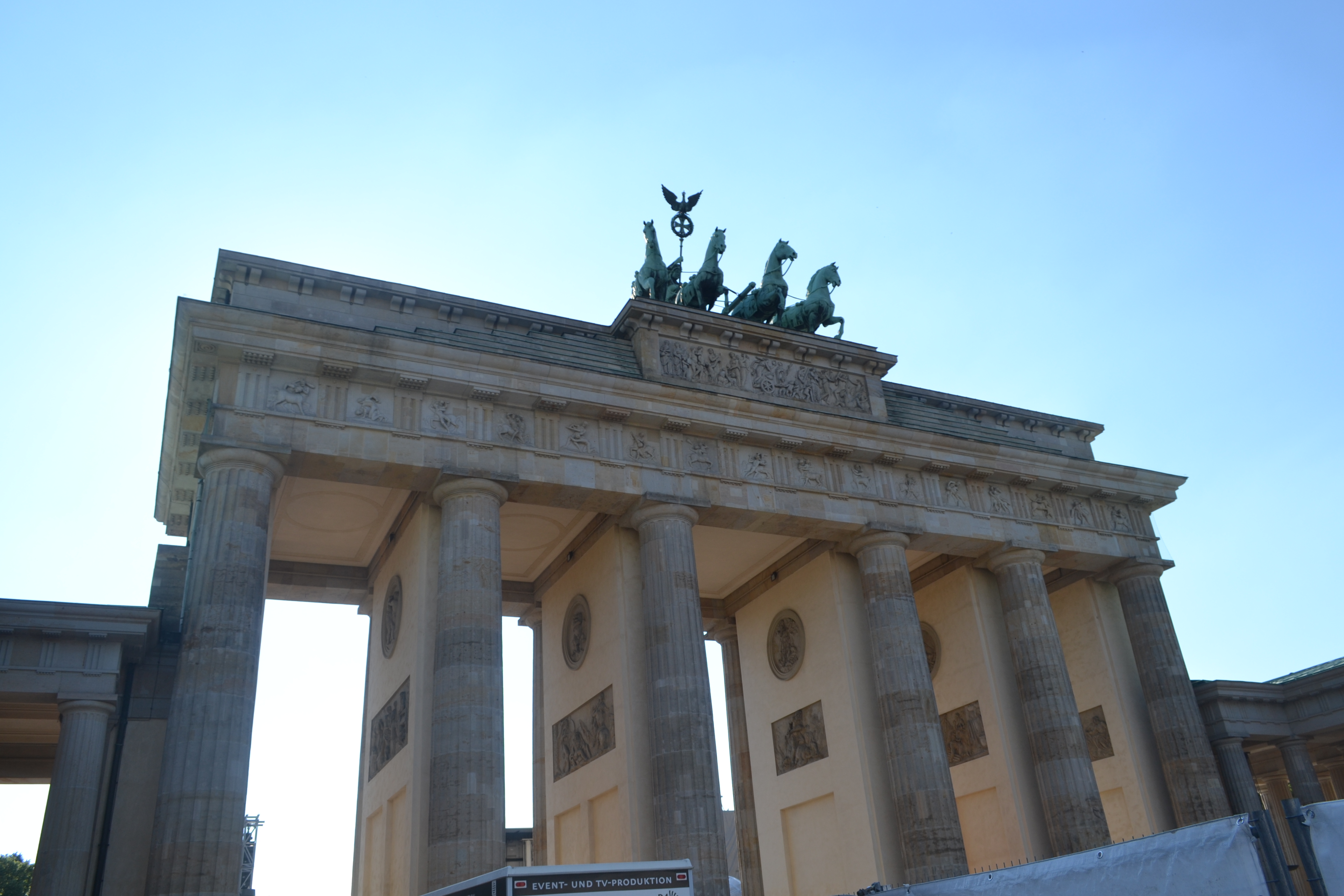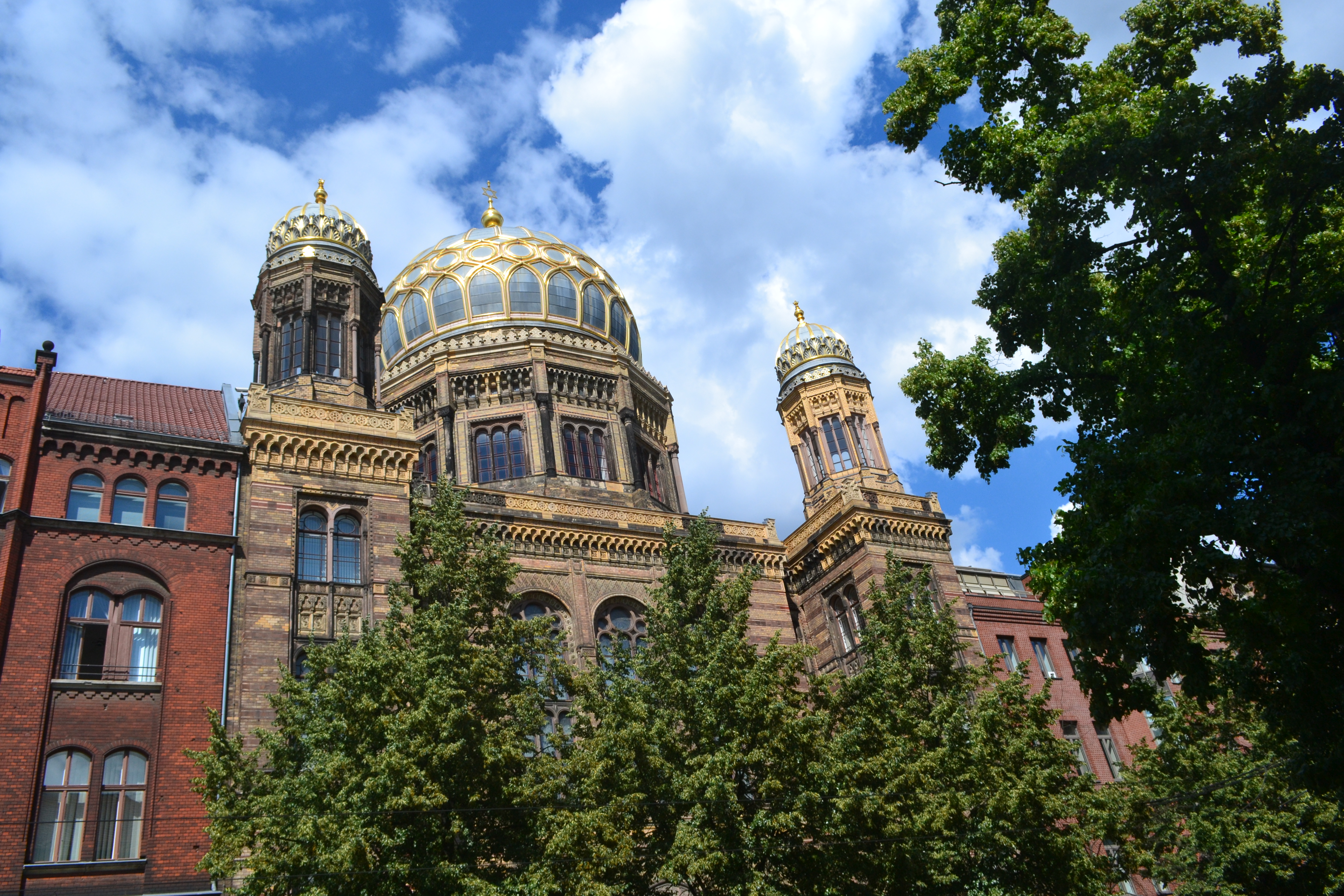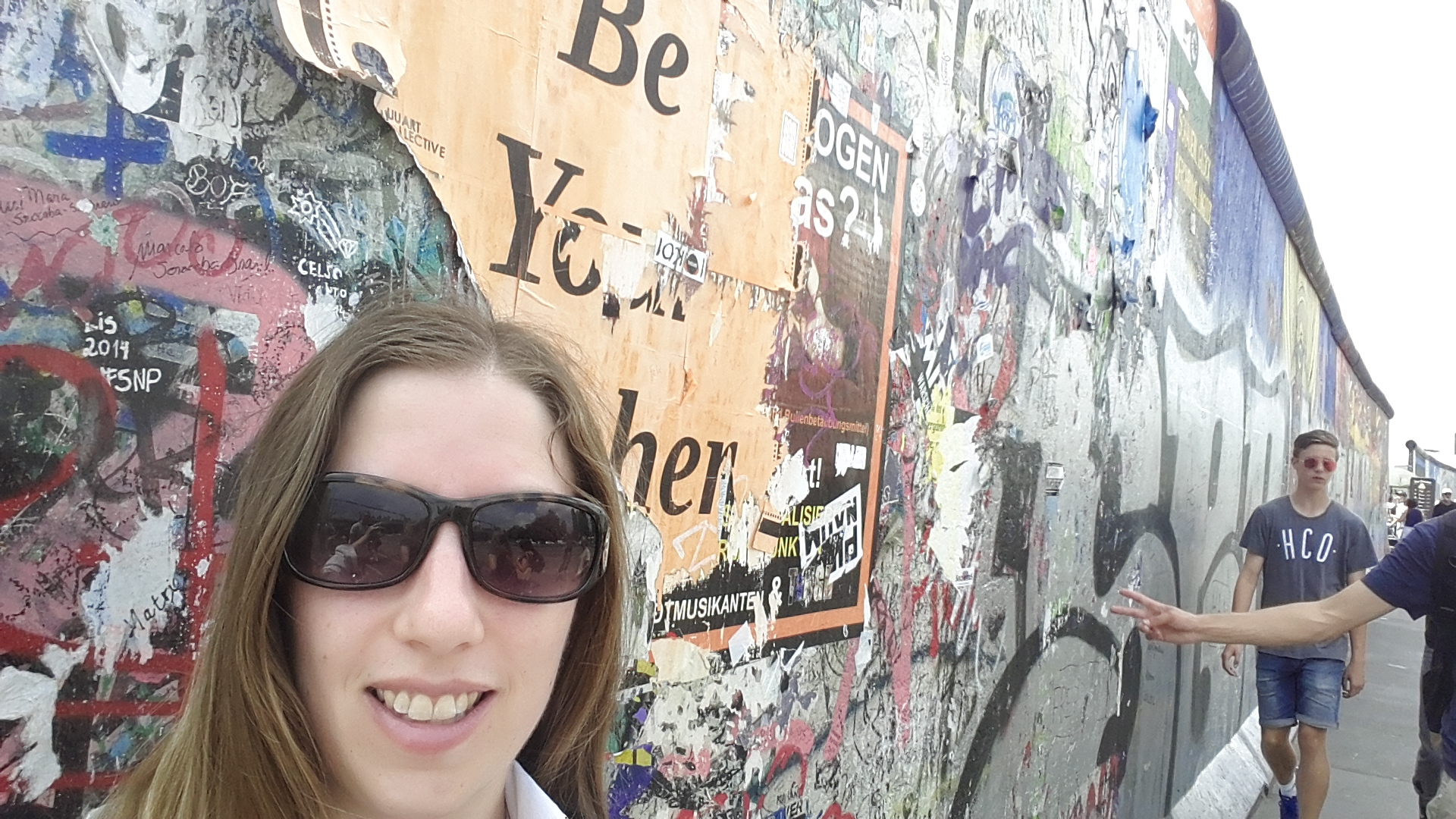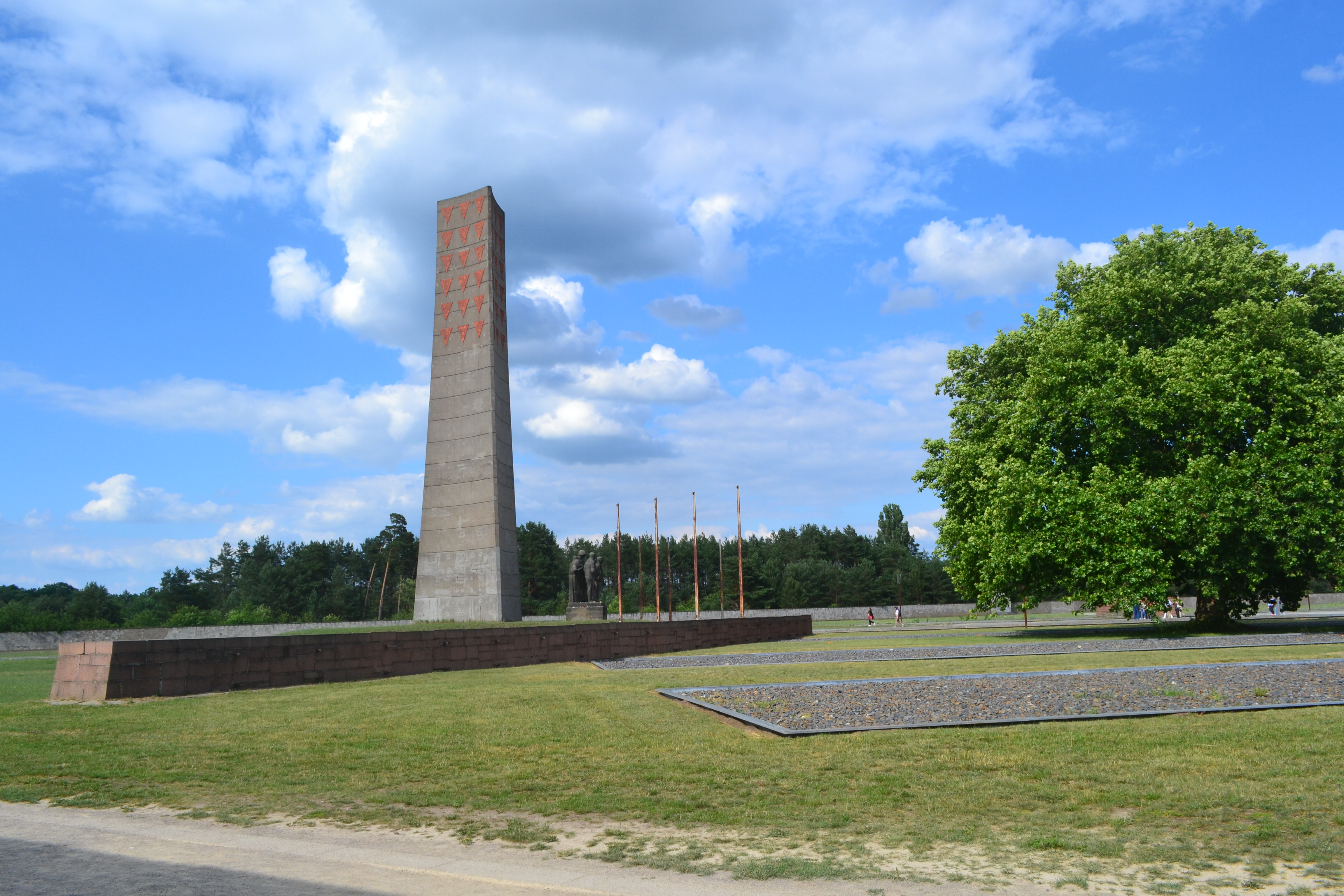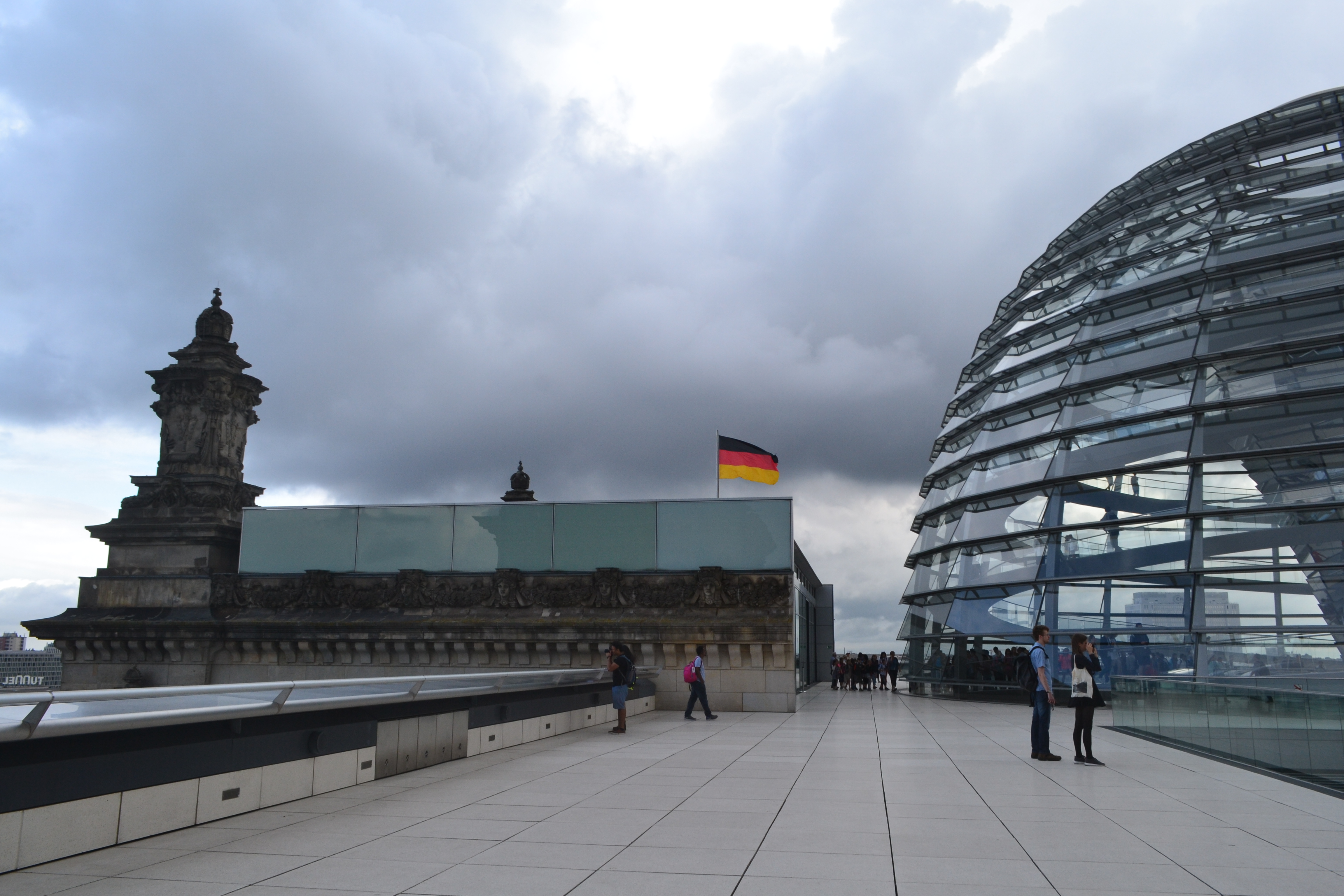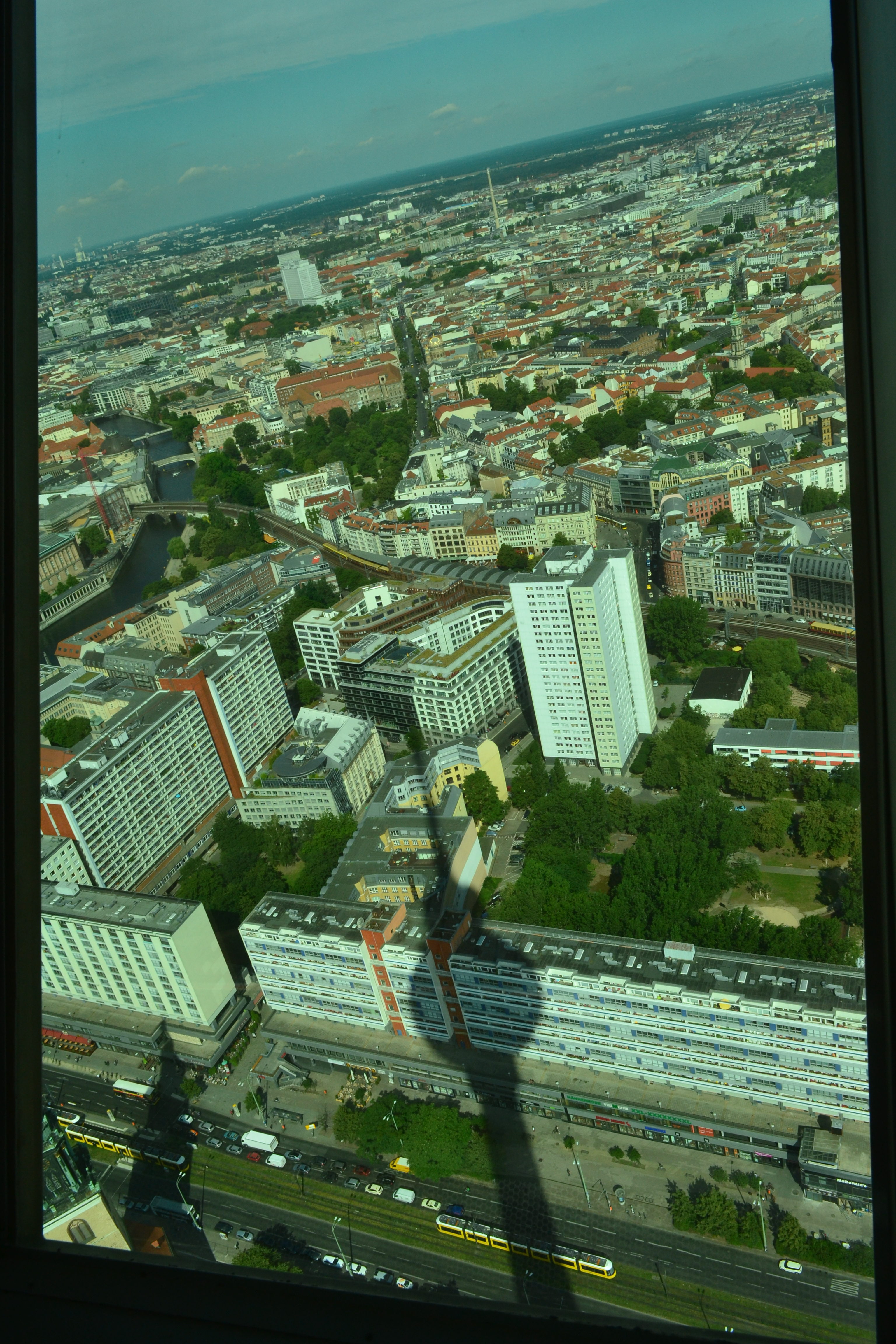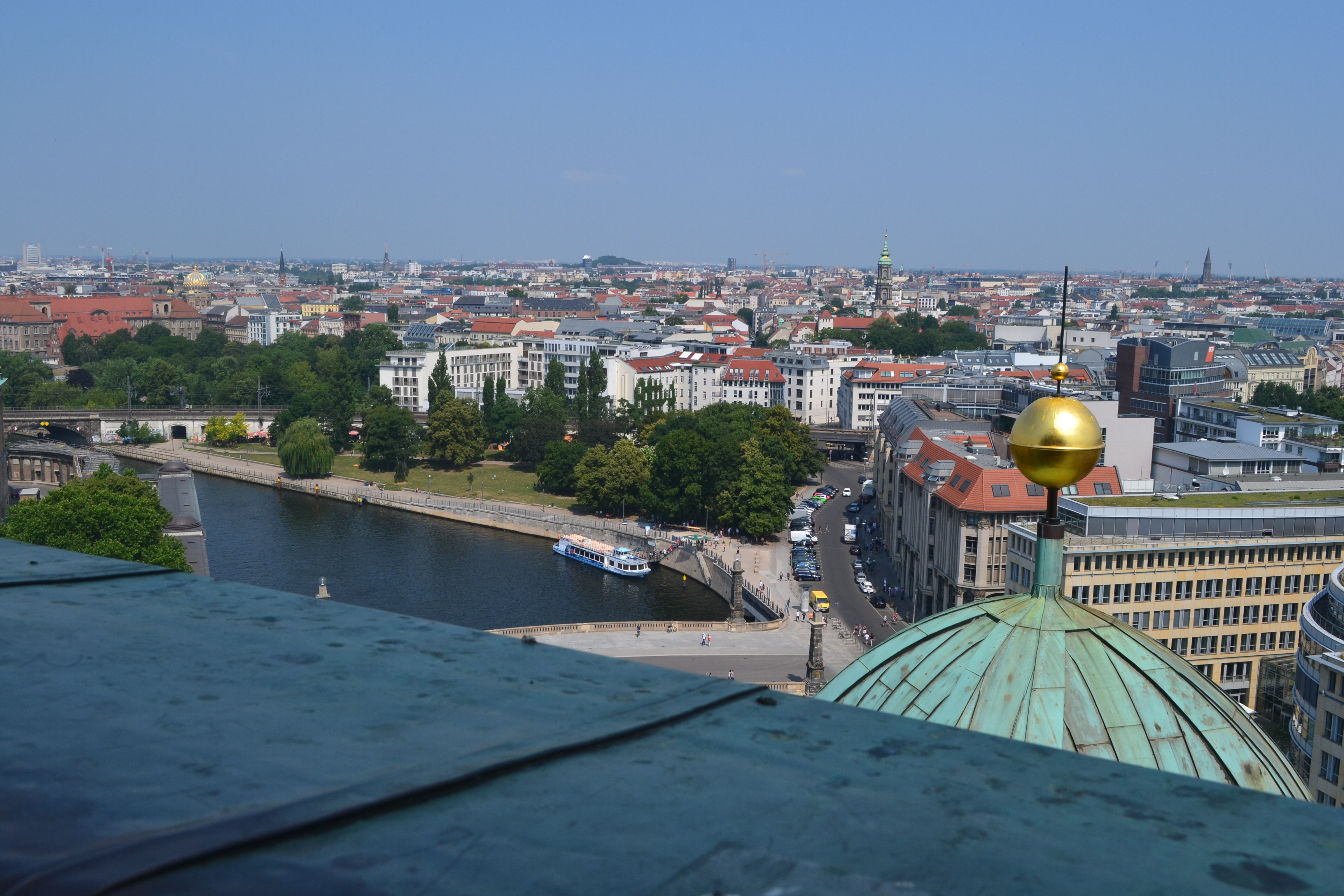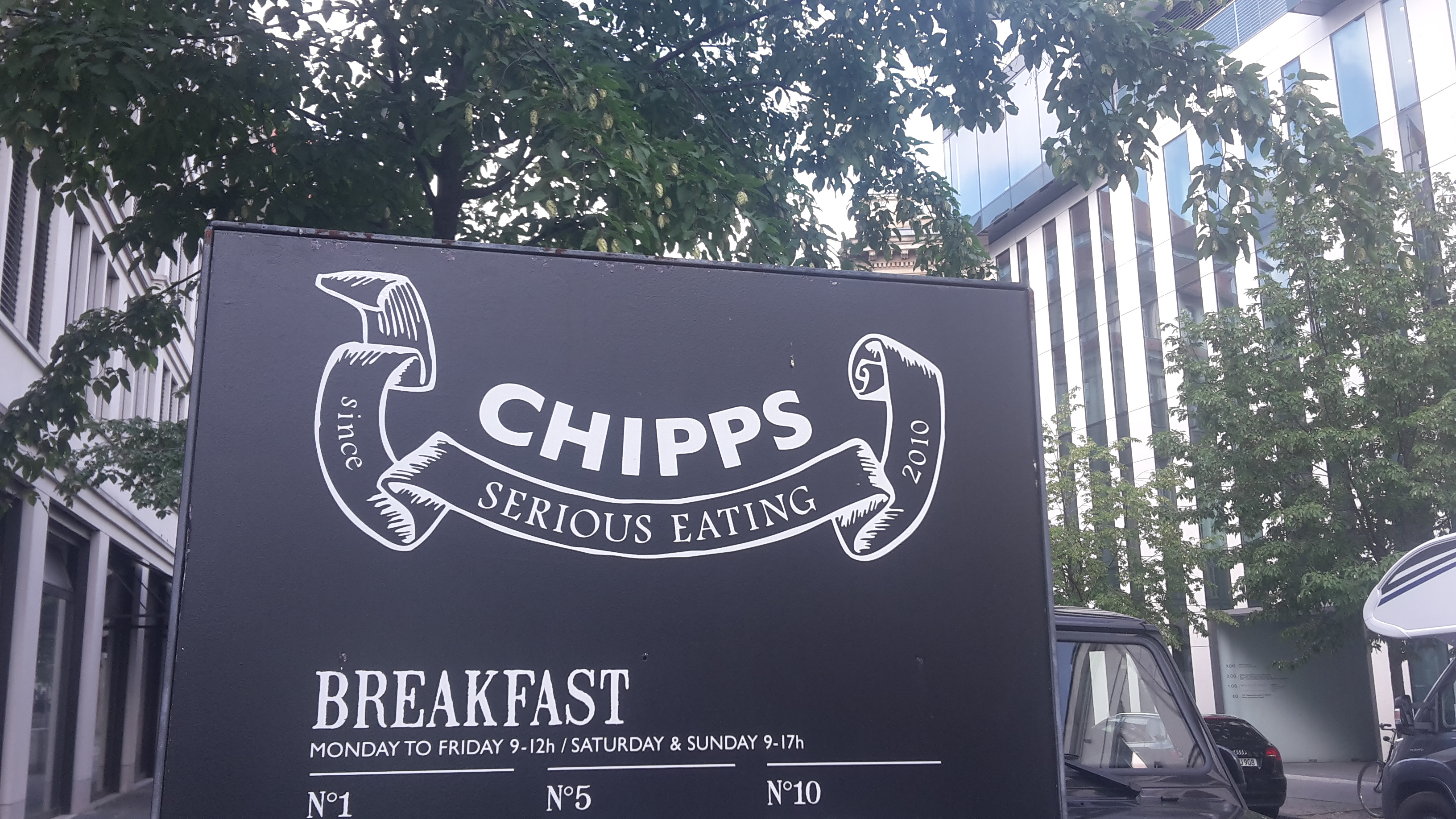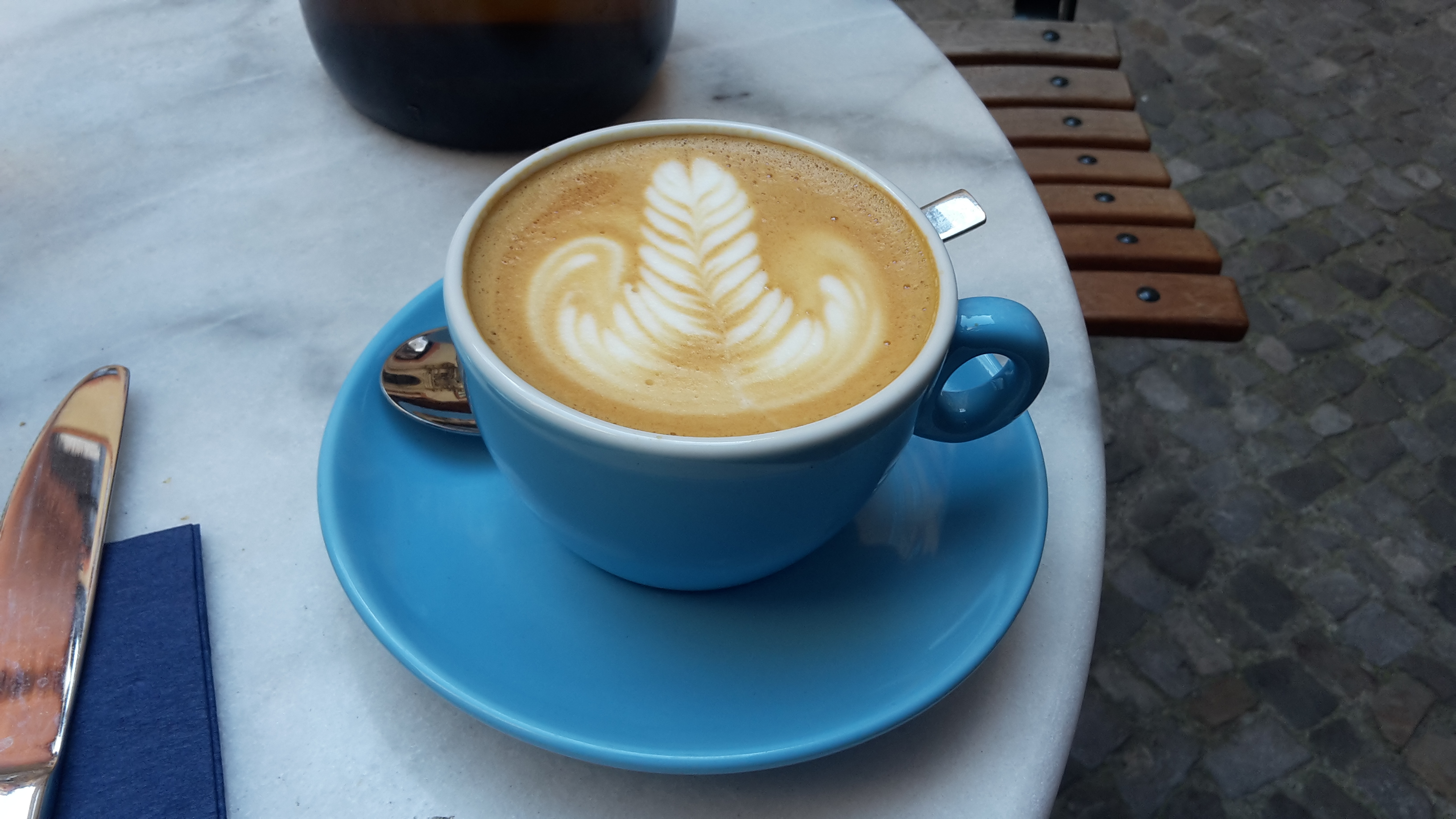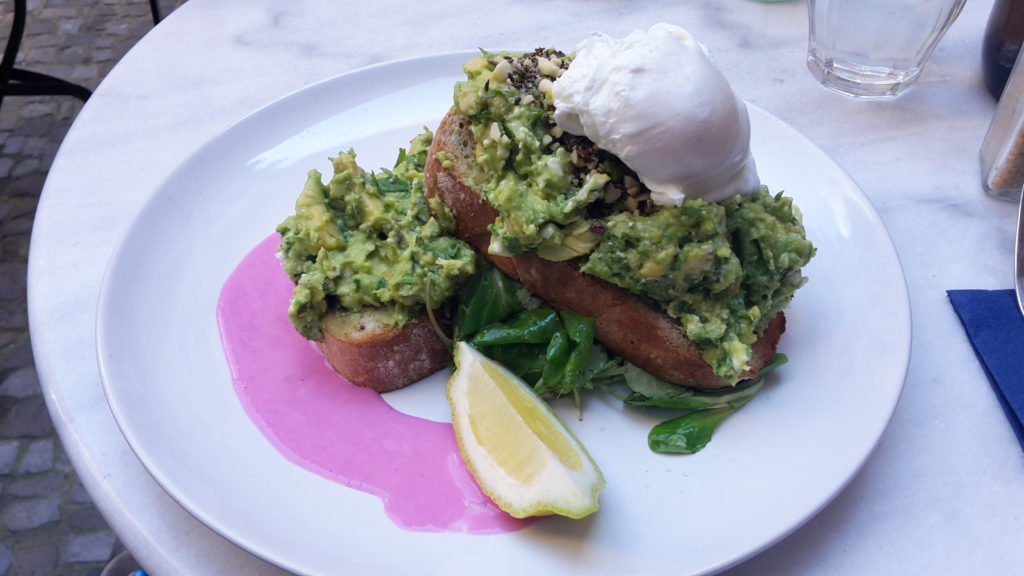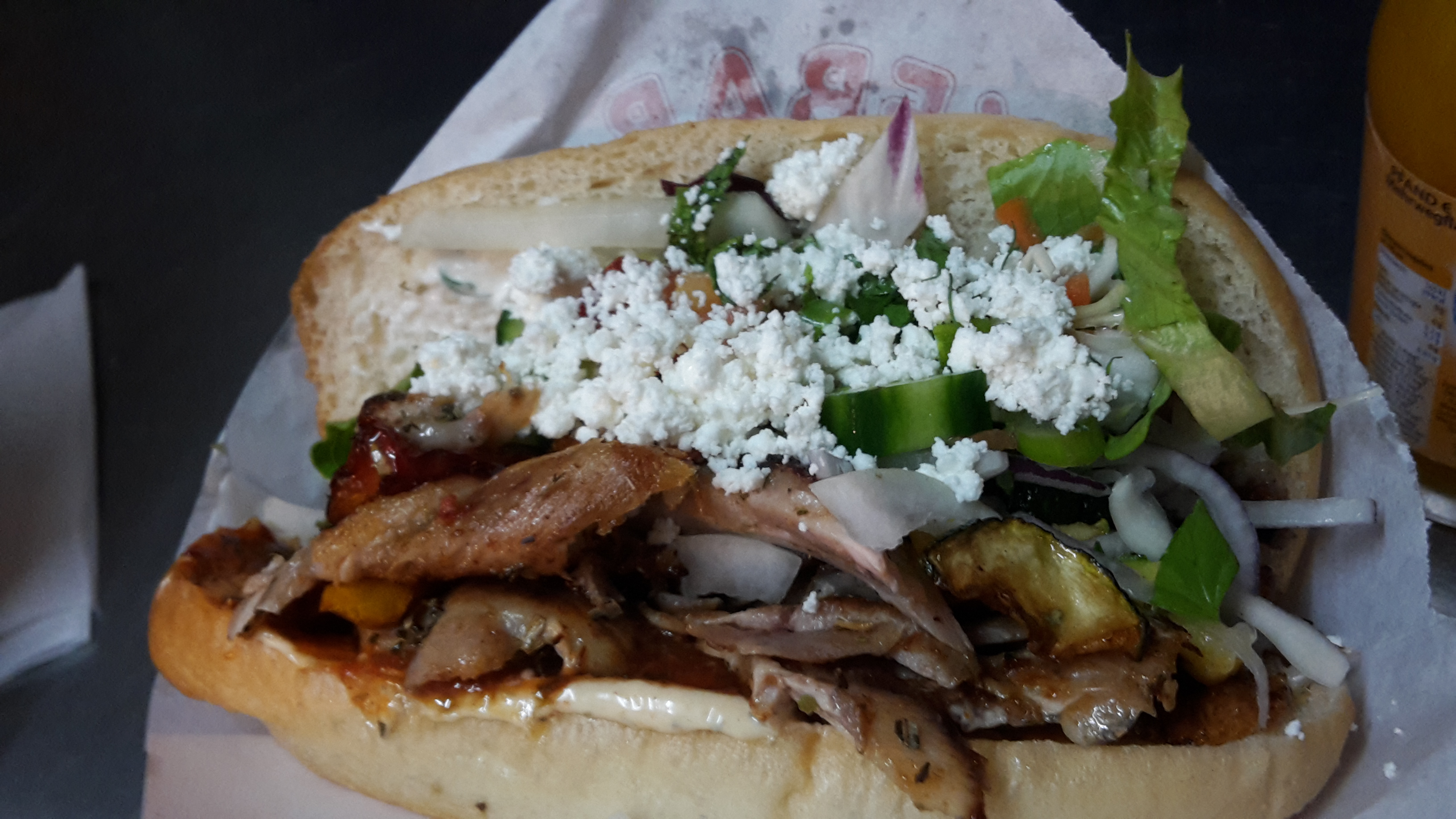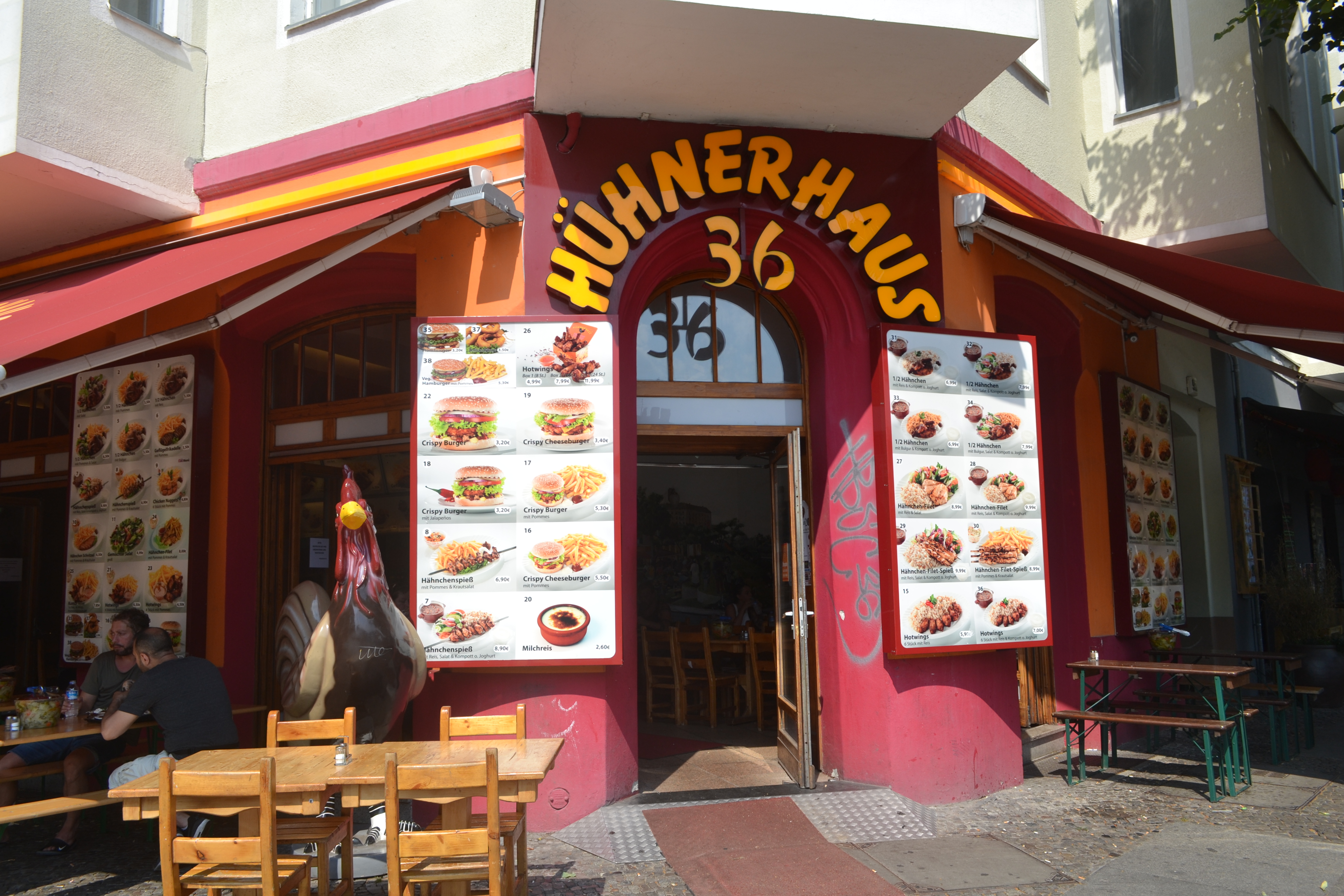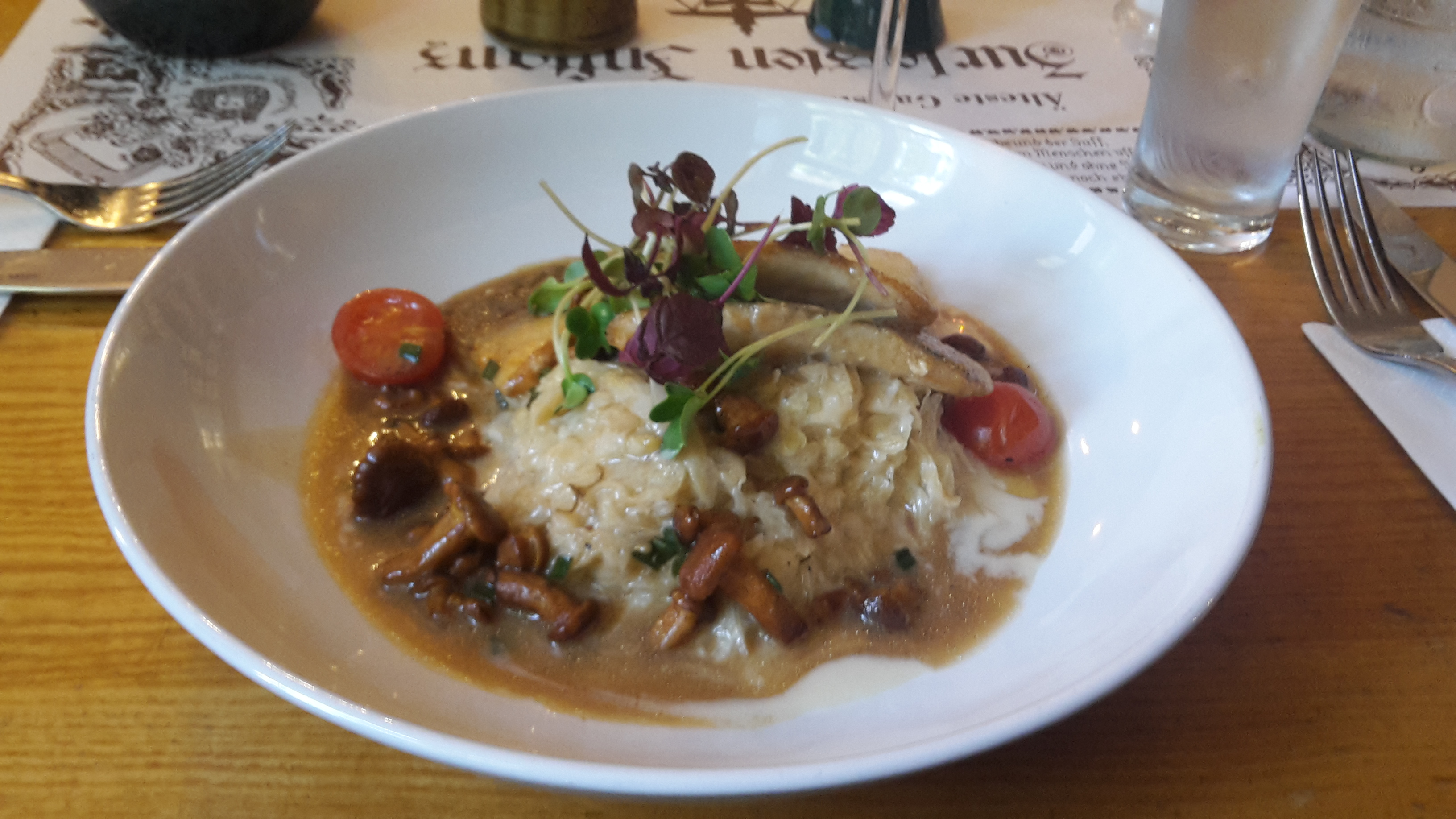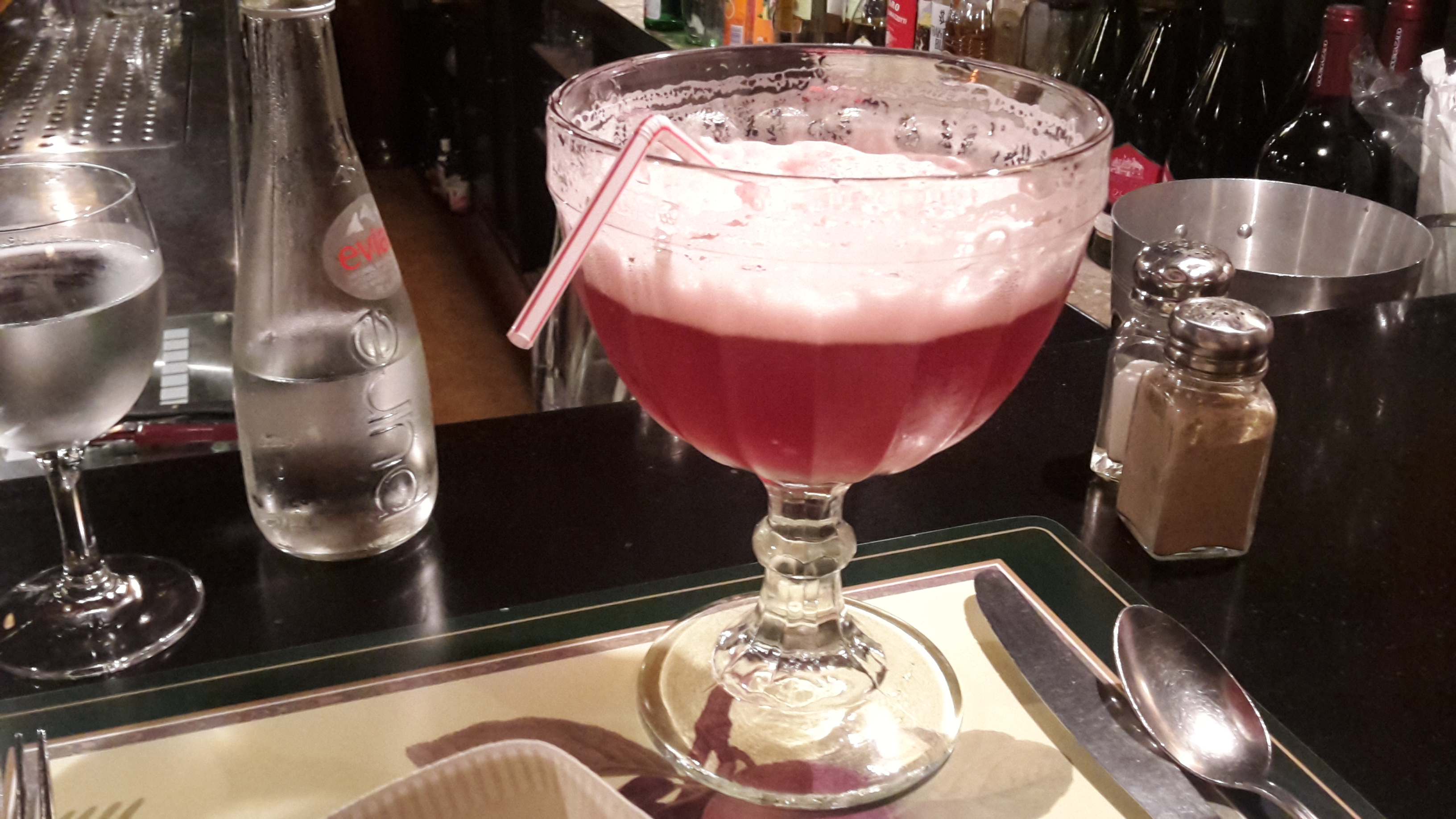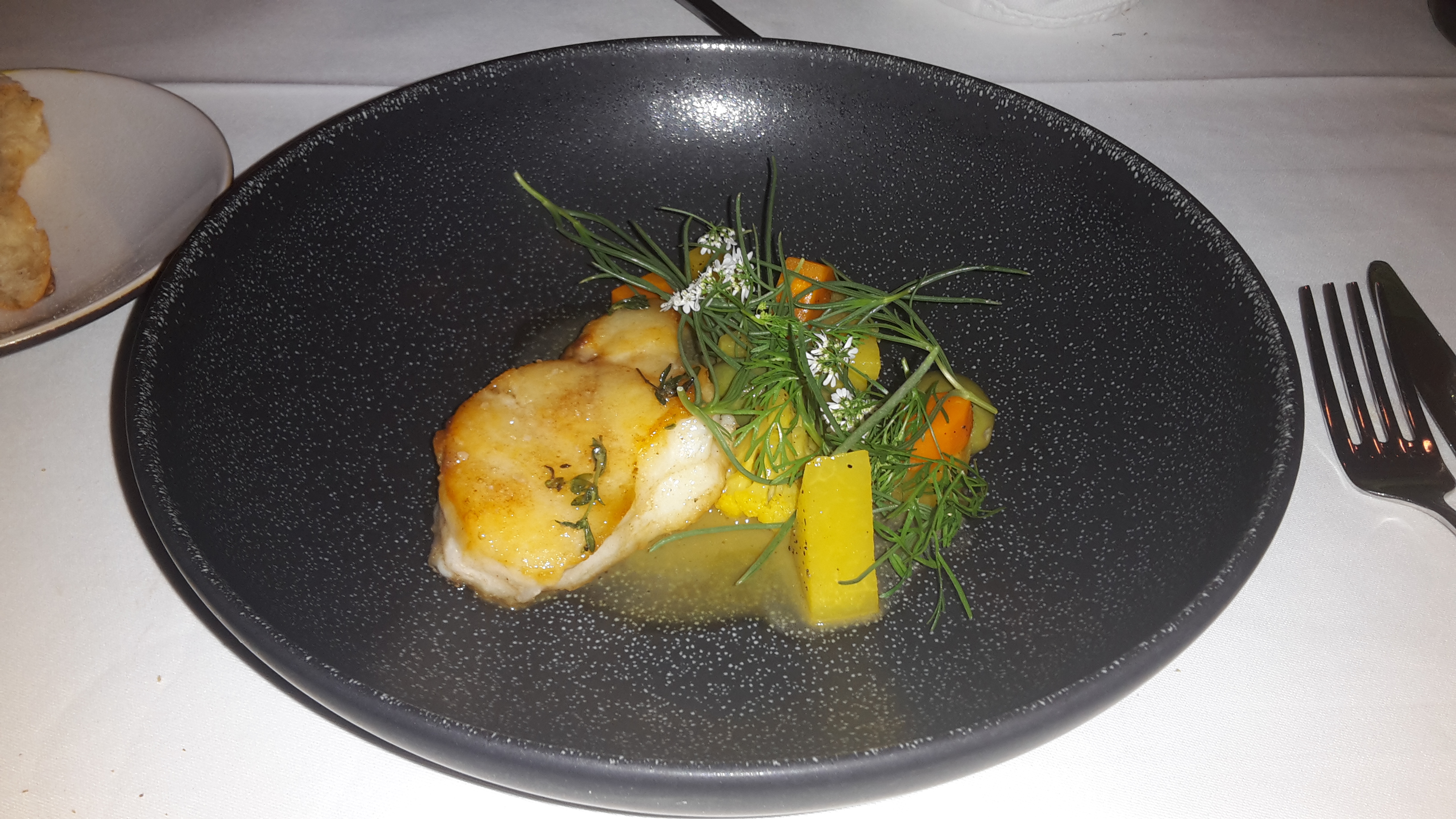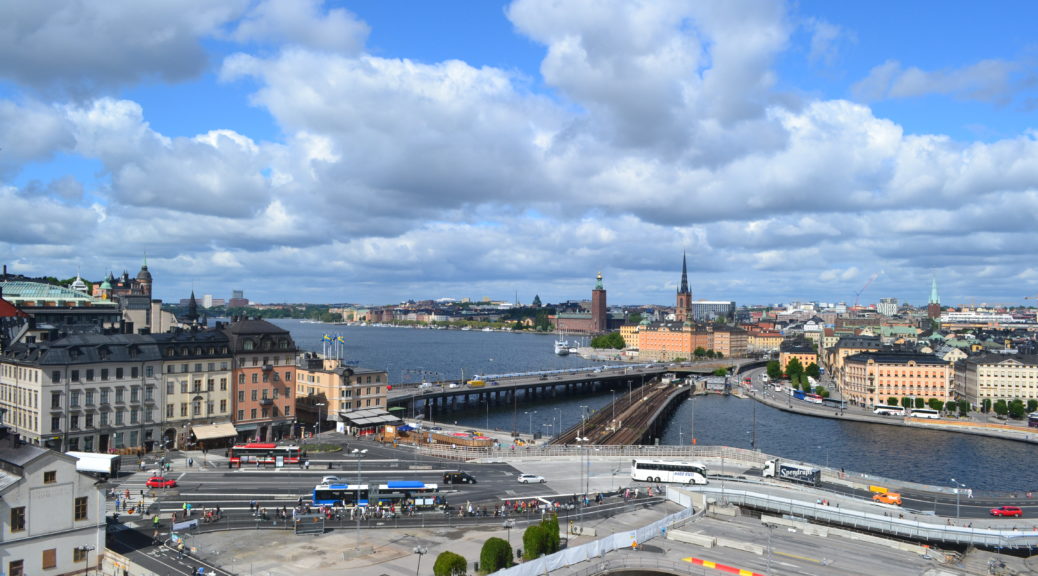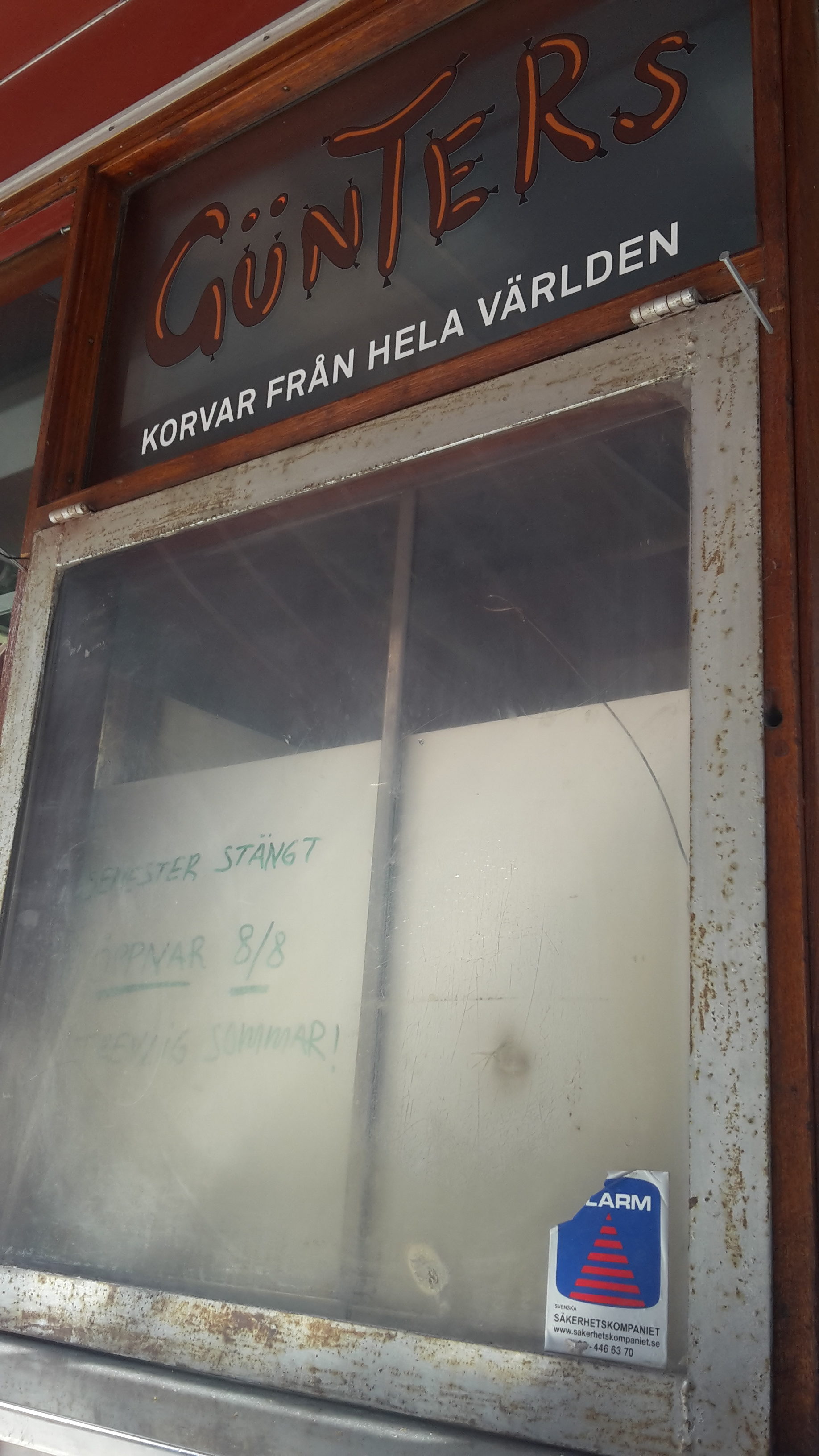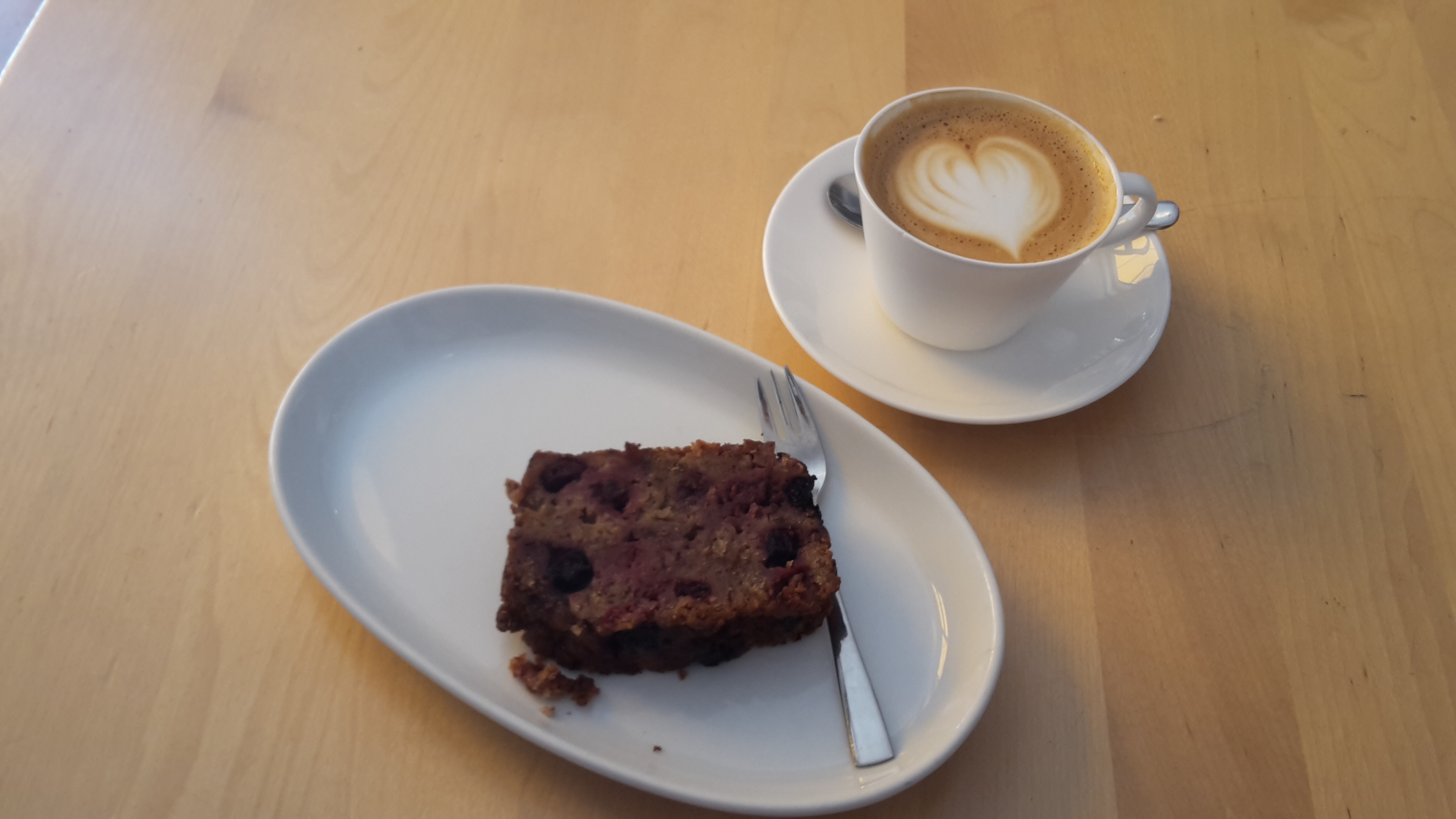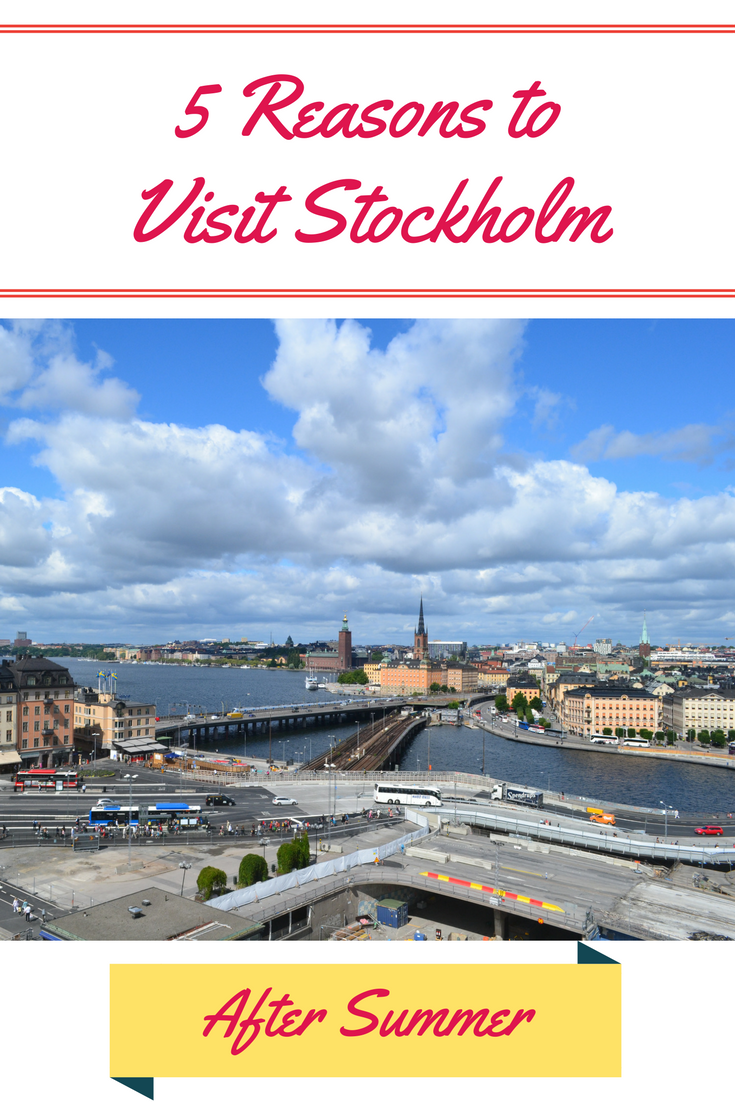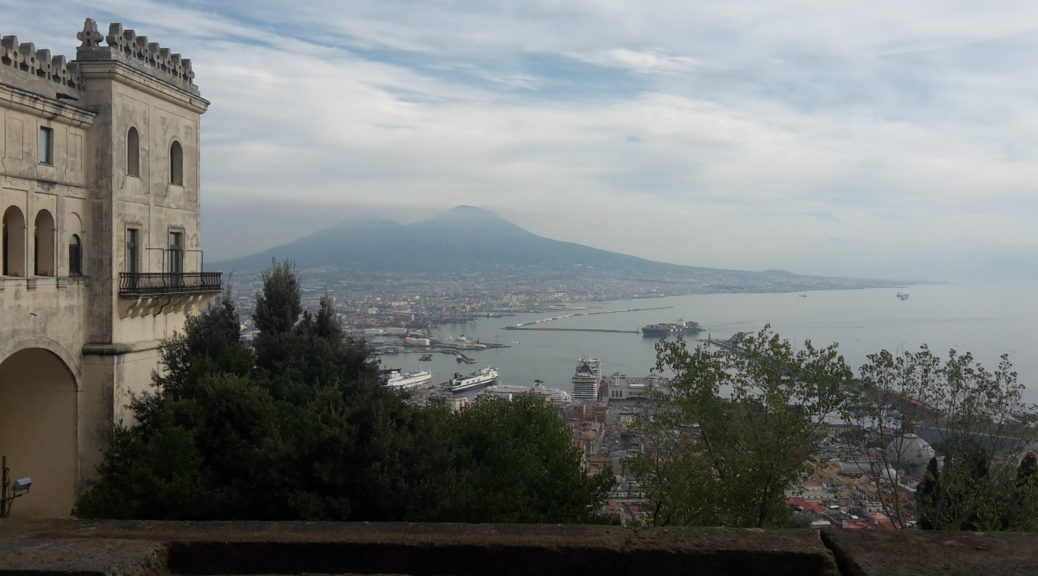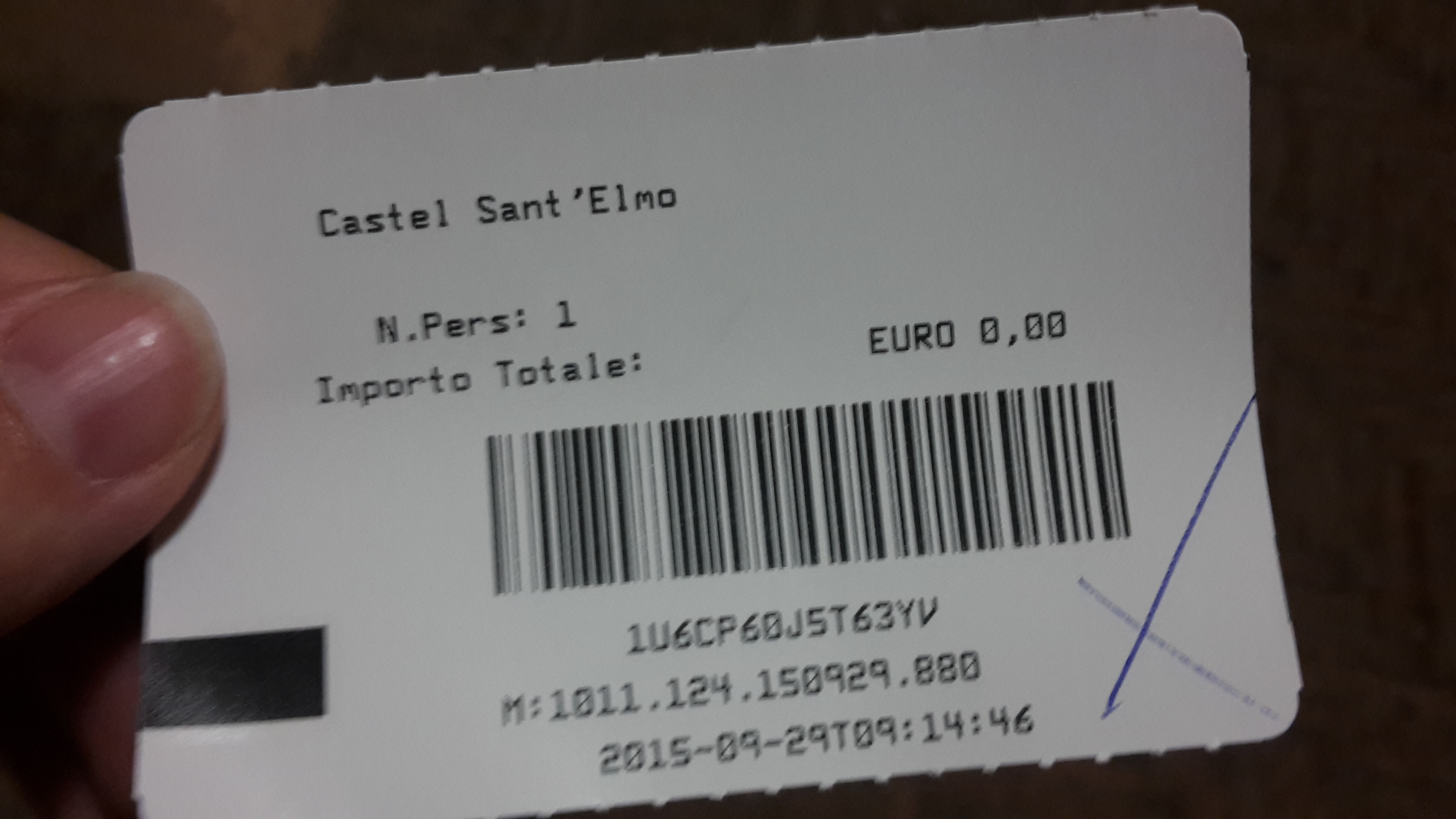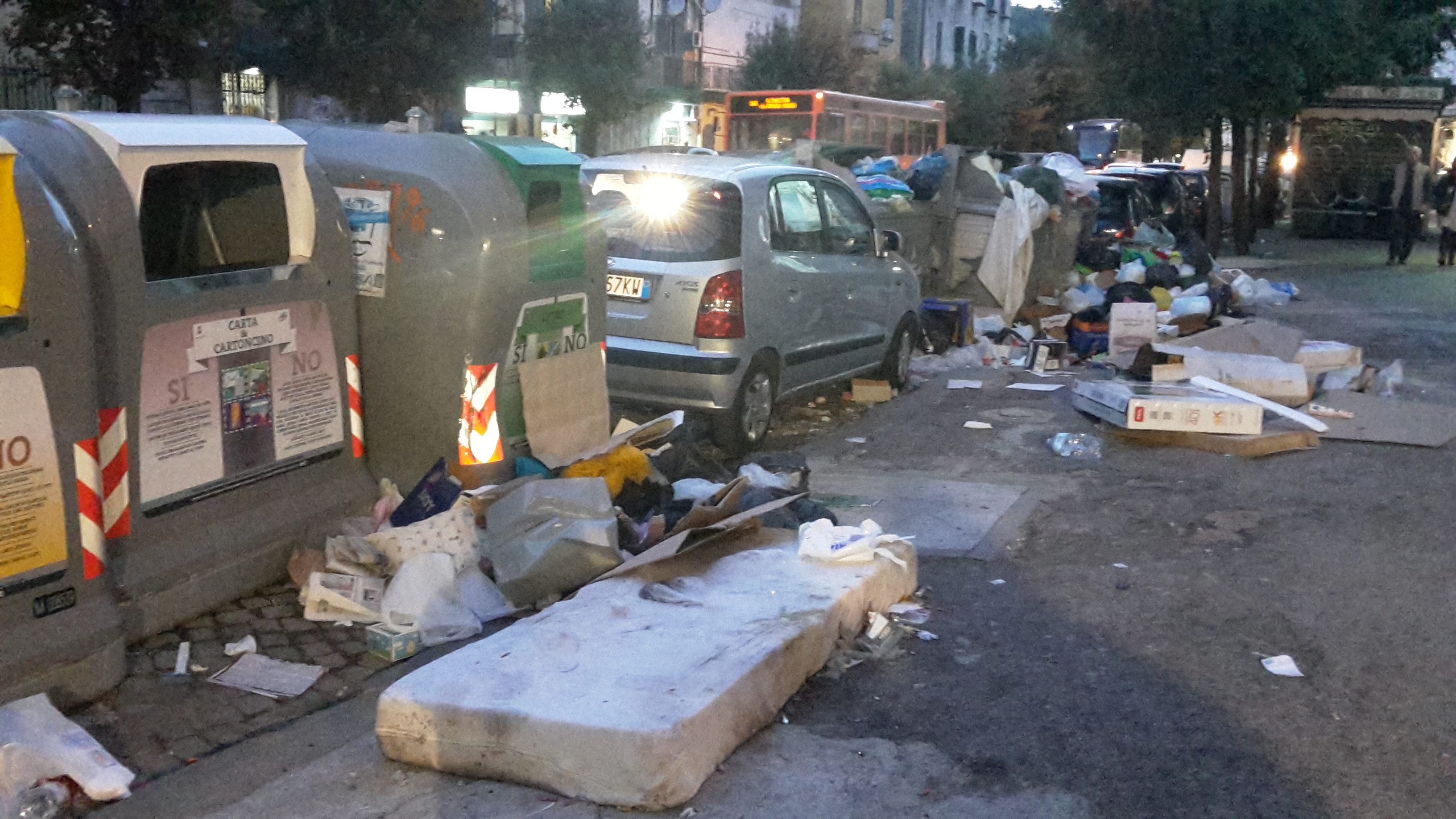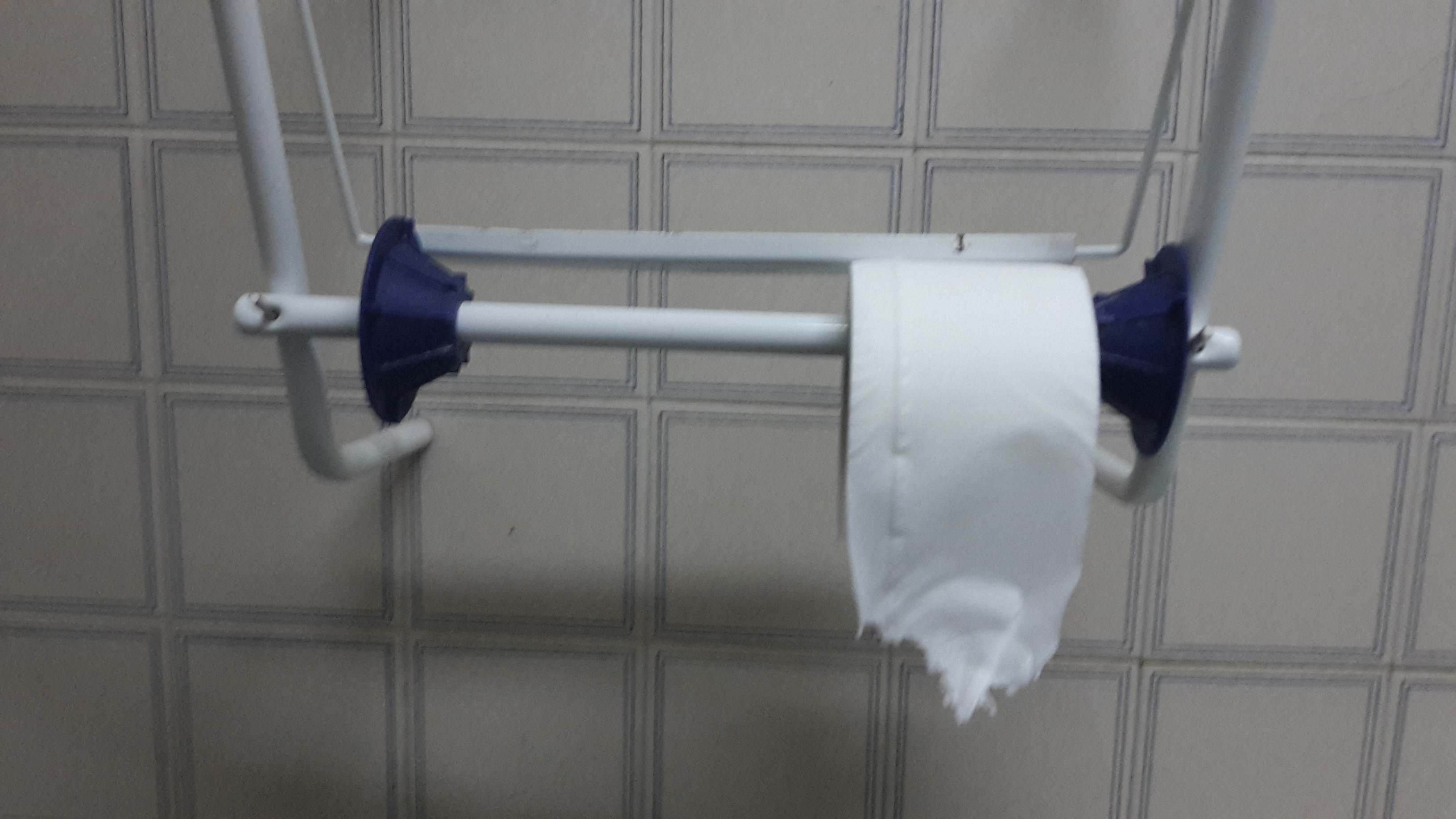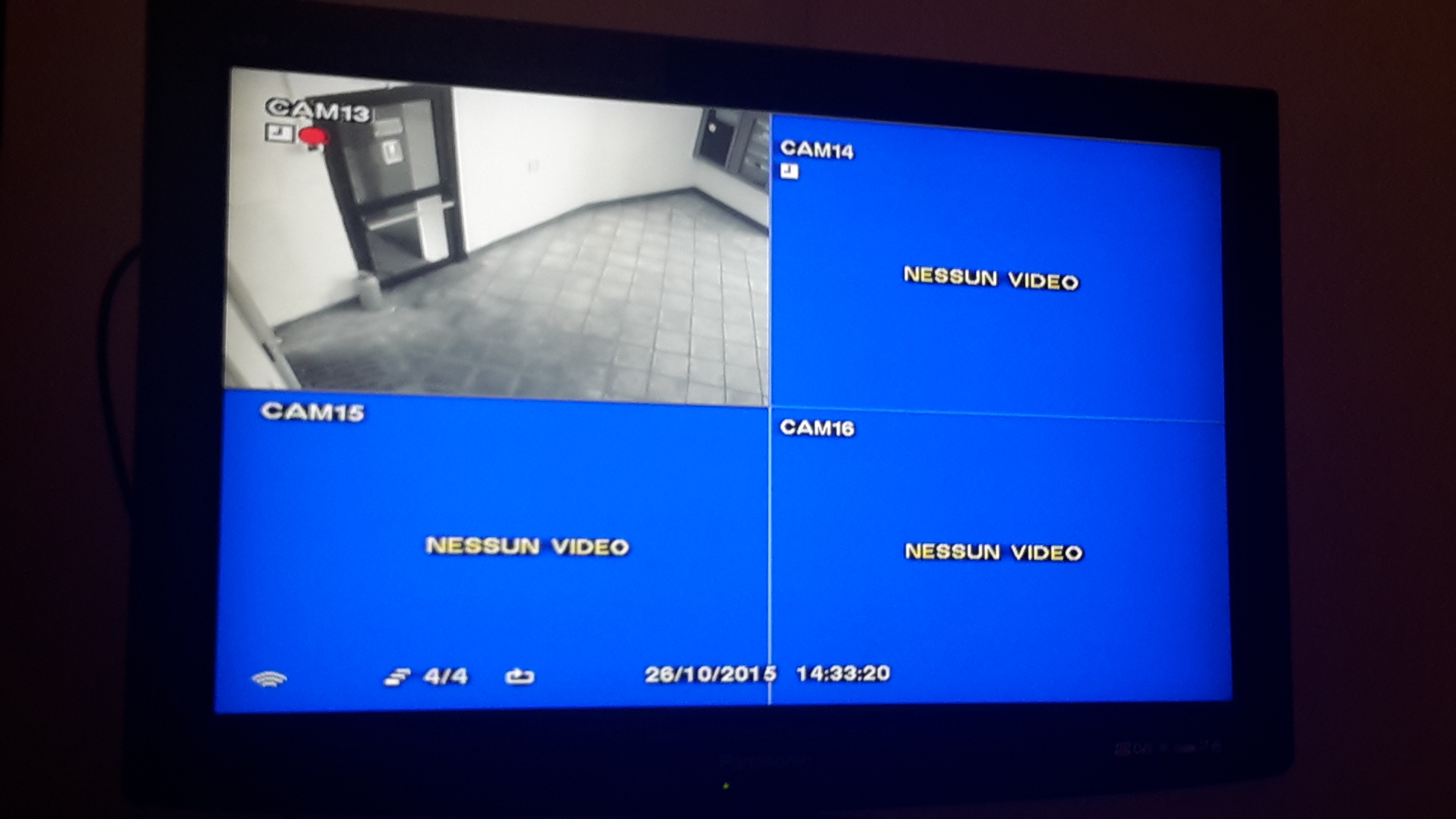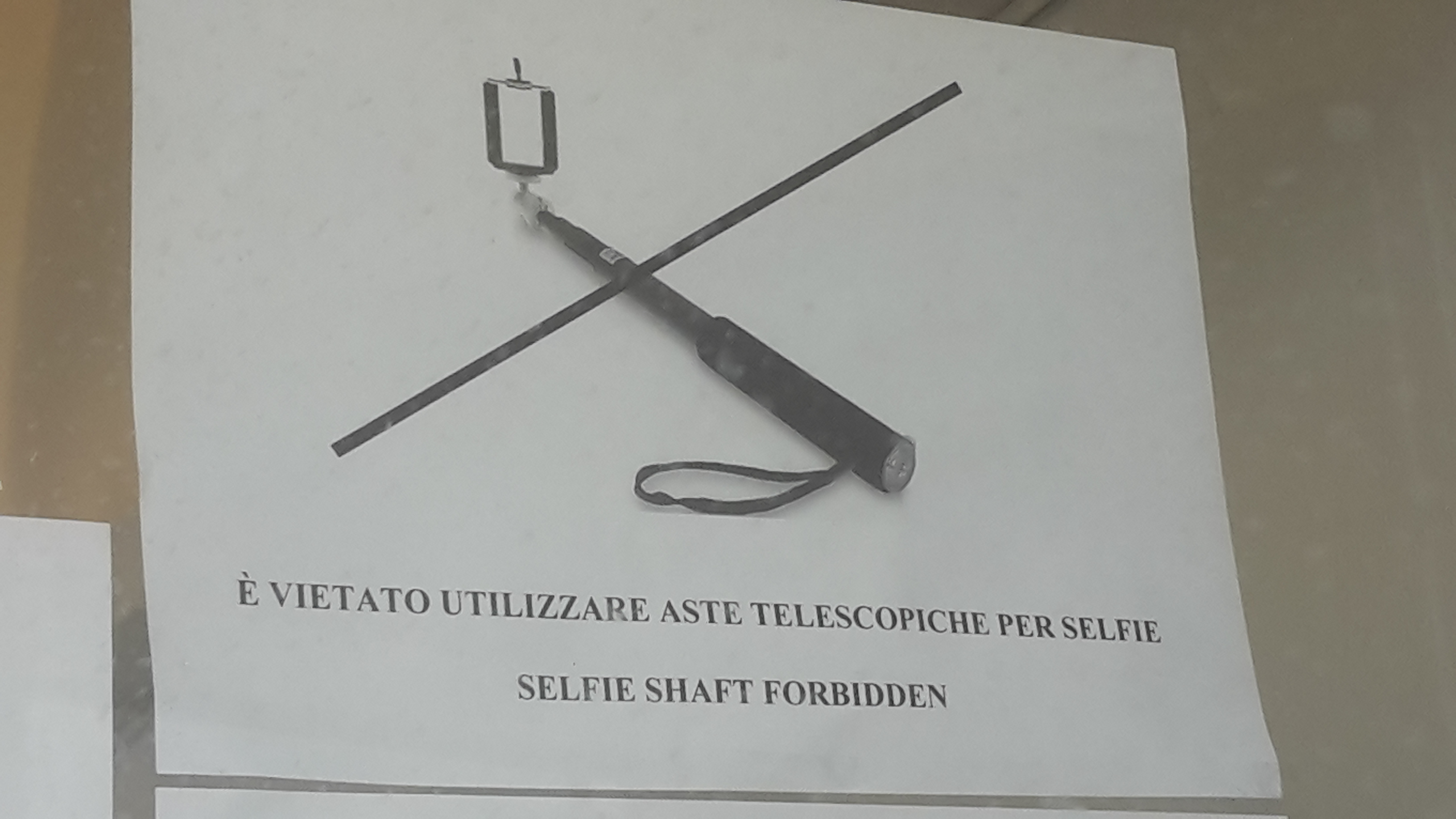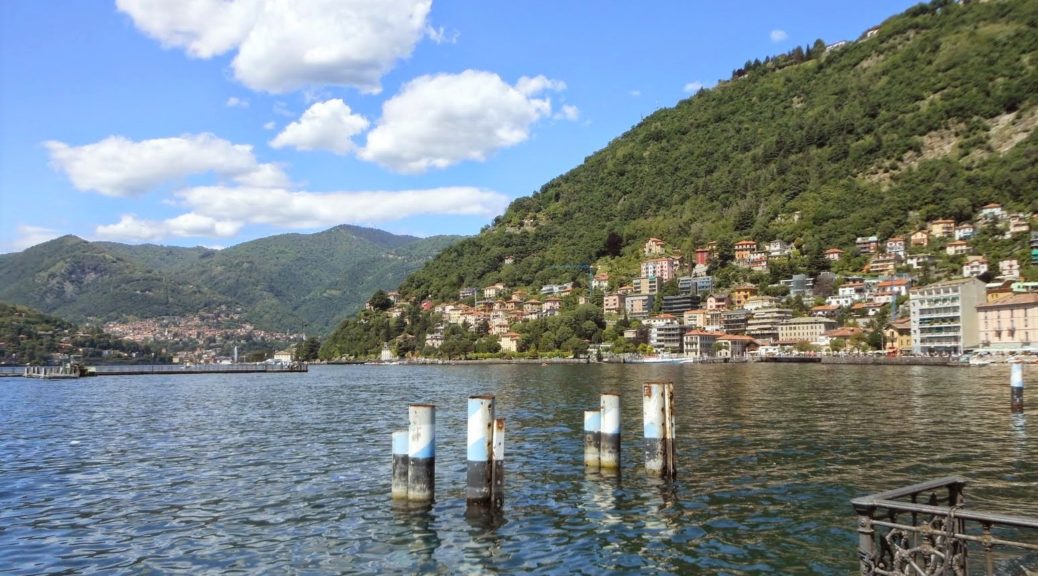
Milan to Lake Como Day Trip: How to Spend One Day in Lake Como, Italy
When I say the word “lake,” what do you imagine? A small, oval-shaped body of water where you could easily row to the other side in a boat? A modest-sized swimming hole for a quick dip as you hike in the woods?
Your imagination has probably conjured up something relatively tiny, but the lakes of northern Italy – including Lake Como – are anything but.
Instead of your typical circular or oval body of water, Lake Como, Italy is like an upside-down letter Y or wishbone shape, and extends north to south nearly 30 miles/50 kilometers!
This was one of the first of many things that made a deep impression on me when I visited, as one of my first Milan day trips.
Even if you can’t find Lake Como on a map of Italy, you’re likely to know a few things about it.
Like the fact that George Clooney lives there. Or that it is a posh weekend and summer destination for residents of Milan, since getting from Milan to Lake Como is so easy.
This means that in addition to being curious and making several trips on my own, Lake Como was also a popular destination for guests visiting me when I lived in Milan, and I’ve been there many times across several years. It’s one of the easiest and best day trips from Milan. And one day in Como is plenty of time to take in the highlights.
One of the easiest spots to land, and with plenty to see, is the town of Como, Italy at one of the southern tips of this wishbone-shaped lake. With great options for what to do in Lake Como for a day.
The lake itself is huge, which you’ll discover standing on its shores and staring out toward the horizon where the lake continues even past where you can see.
You could easily spend a week exploring its shores, but for most visitors, you’ll probably explore Lake Como in one day.’
Getting from Milan to Lake Como
There are a lot of transportation options for a Milan to Lake Como day trip.
I most often drove to get there, but that was only because I was already living in Milan with a car!
To experience Lake Como in a day, I’ve listed a few driving options, although for most visitors the easiest way to visit will be by train, which is also included below.
From Malpensa Airport (MXP) by Car
Most of my visitors when I lived in Milan, Italy were from the US.
Como is a convenient spot to visit straight from the main international airport, known as Malpensa or code MXP, since it is already partway from the city to Lake Como.
So to fight off jet lag and see something spectacular, one day in Lake Como is a great way to start a trip, especially for flights that land early in the morning.
TRAVEL SAVVY TIP! On your first day in a new location, spend a lot of time outside and walking, to help adjust to the new time zone.
However, taxi fares from Malpensa are set prices and quite expensive (around €100!) so unless you are already planning to rent a car at the airport or have a friend picking you up by car, I recommend taking the Malpensa Express train for a much more affordable price into the city.
Then you can either drive or take the train from the city another day for a Lake Como day trip.
From Milan by Car
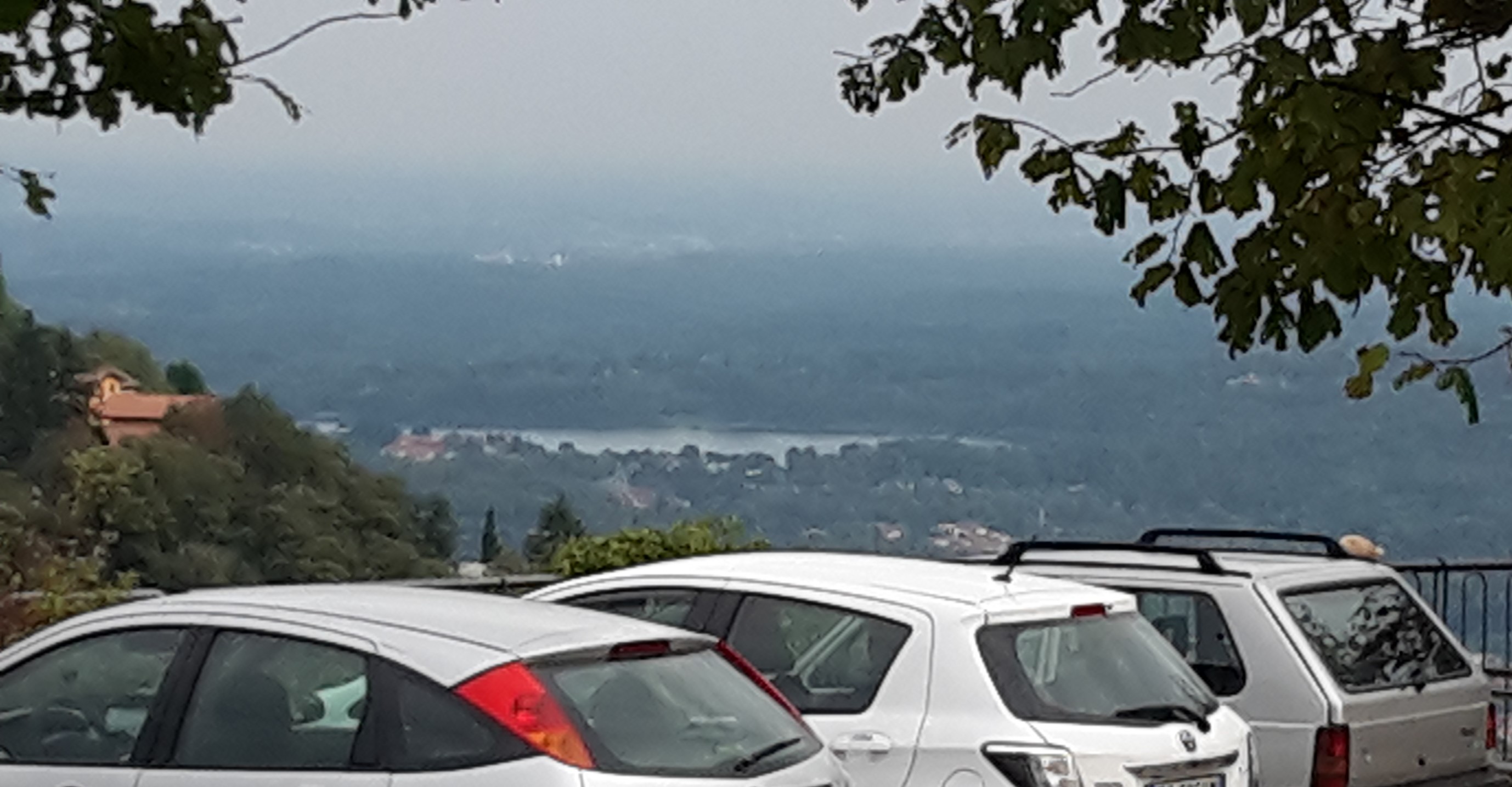
If you’re planning to rent a car in the city to head somewhere else – like the overnight I did once to go hiking in Lugano, Switzerland – then driving to Lake Como for one day is a great idea.
It is a pretty straightforward path on the highway, and then there are plenty of parking garages when you enter town.
TRAVEL SAVVY TIP! Once you are getting close to the town of Como, follow the signs that say Como with a picture of a bulls-eye. The bulls-eye indicates that you are headed to the centro, or center of town.
TRAVEL SAVVY TIP! Signage is equally good for locating a parking garage. Look for signs with a blue square with a white letter P inside for parcheggio, or parking. Usually each lot will indicate how many free spaces are available.
Also check out these tips for taking a road trip in Europe for some other helpful information for your journey by car.
If you do not already have plans for a car rental, it is so easy to arrive by train that even owning a car, that is how I traveled to Como for a day during many trips.
Milan to Lake Como Day Trip by Train
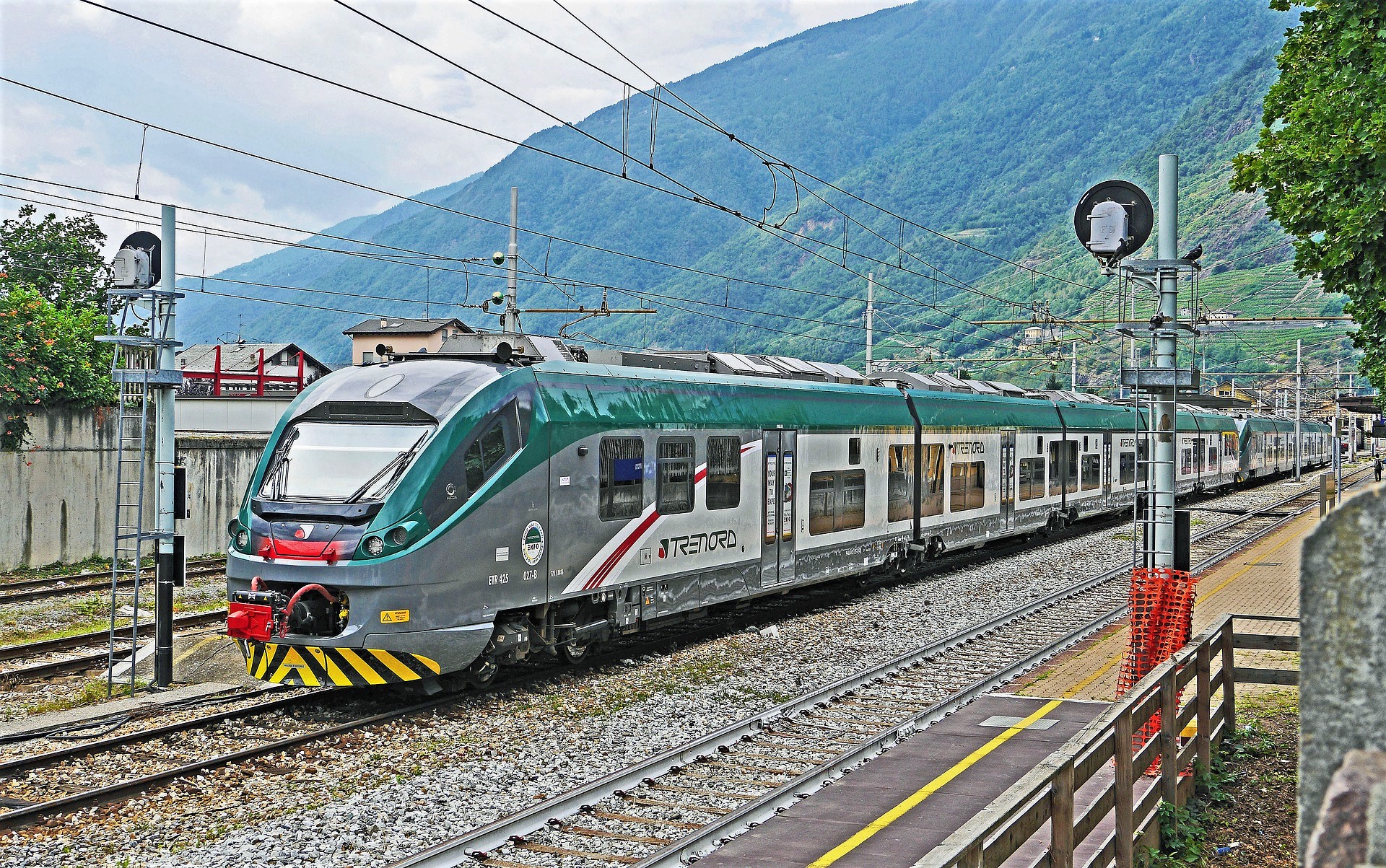
There are 3 main train stations in Milan – Cadorna, Centrale, and Garibaldi.
If you plan to do any day trips from Milan, I recommend staying close to one of them, and I find the neighborhoods by Cadorna and Centrale stations to be the nicest.
TRAVEL SAVVY TIP! If you are arriving on an international flight to Malpensa Airport, Cadorna and Centrale are also the main stations where you can arrive by the Malpensa Express train.
TRAVEL SAVVY TIP! Before boarding any train in Italy, be sure to VALIDATE YOUR TICKET before you board, otherwise you could be subject to a fine. Usually on the train platform will be a brightly colored box with a slot in the top for you to insert your ticket. You can find more Italy travel tips HERE.
For a Milan to Lake Como day trip, Milano Centrale, Milan’s Central Station, is the easiest itinerary. Usually there are several direct trains an hour that will get you to the Como San Giovanni train station at Lake Como in 35-45 minutes. You can check the schedule and prices on the TrenItalia website.
A one-way train ticket from Milano Centrale to Como San Giovanni station will typically cost around €5 for the regional train and €12 for the Eurocity train.
Looking for a hotel close to Milan’s Central Station?
Within a 10-minute walk is the exceptional Milano Dreams Hotel. Even closer is highly-rated 43 Station Hotel. For a pricier and very comfortable stay also very close by, I’ve enjoyed the Hilton Milan.
Click to check out reviews and compare prices for hotels close to the Milan Central Station.
For a Milan to Lake Como day trip, if you’re staying on the other side of the city closer to the Milano Cadorna Station, it will likely be easier to get a direct train there (and just as fast as a longer transit to Centrale and then the shorter train ride from there).
Usually there is one direct train an hour that will get you to the Como Nord Lago train station right at Lake Como in around 1 hour, so check your train options in advance. You can check the schedule and prices on the Trenord website.
A one-way train ticket from Milano Cadorna to Como Nord Lago station will typically cost around €5.
Looking for a hotel close to Milan’s Cadorna Train Station?
Within a 7-minute walk are the outstanding Atellani Apartments. Slightly further is the La Cordata Accommodation. For a very centrally located and more upscale hotel, check out UNAHOTELS Cusani Milano.
Click to check out reviews and compare prices for hotels close to the Milan Cadorna Station.
Given the locations of the train stations in both Milan and Como, either train option above is a great, cheap, and quick way to spend the day in Lake Como.
Regardless of which train station you use for your day trip to Como, be sure to keep some key tips in mind:
TRAVEL SAVVY TIP! Be sure to book a direct train. In the “Duration” column, it will have a single number showing the time and no changes indicated.
TRAVEL SAVVY TIP! The train station has plenty of machines for you to buy tickets, if you don’t want to commit to a specific train time in advance. There are several languages available, including English.
TRAVEL SAVVY TIP! If you purchase using a machine, not every machine will accept credit cards if yours does not have a pin. Have a debit card with a pin available as well for your train ticket purchase, if your credit card does not have a pin number.
Doing a Como Tour
If you’d rather avoid dealing with transportation logistics on your own, there are plenty of Como Day Trip tours you can arrange.
There are a few great Lake Como Day Trip options:
Day Trip to Lake Como and Bellagio, or
Lake Como and Bellagio Day Trip with Boat Cruise, or
Day Trip to Lake Como, Bellagio, and Varenna
For a very different view of the lake, check out this Helicopter Ride for an Aerial View of Lake Como.
There is also this Central Lake Como tour cruises to 3 towns including Bellagio and includes a visit to the gardens at Villa Carlotta.
What to Do in Lake Como for a Day
Here are the main Lake Como 1-day itinerary for your Milan to Lake Como day trip:
Lake Como
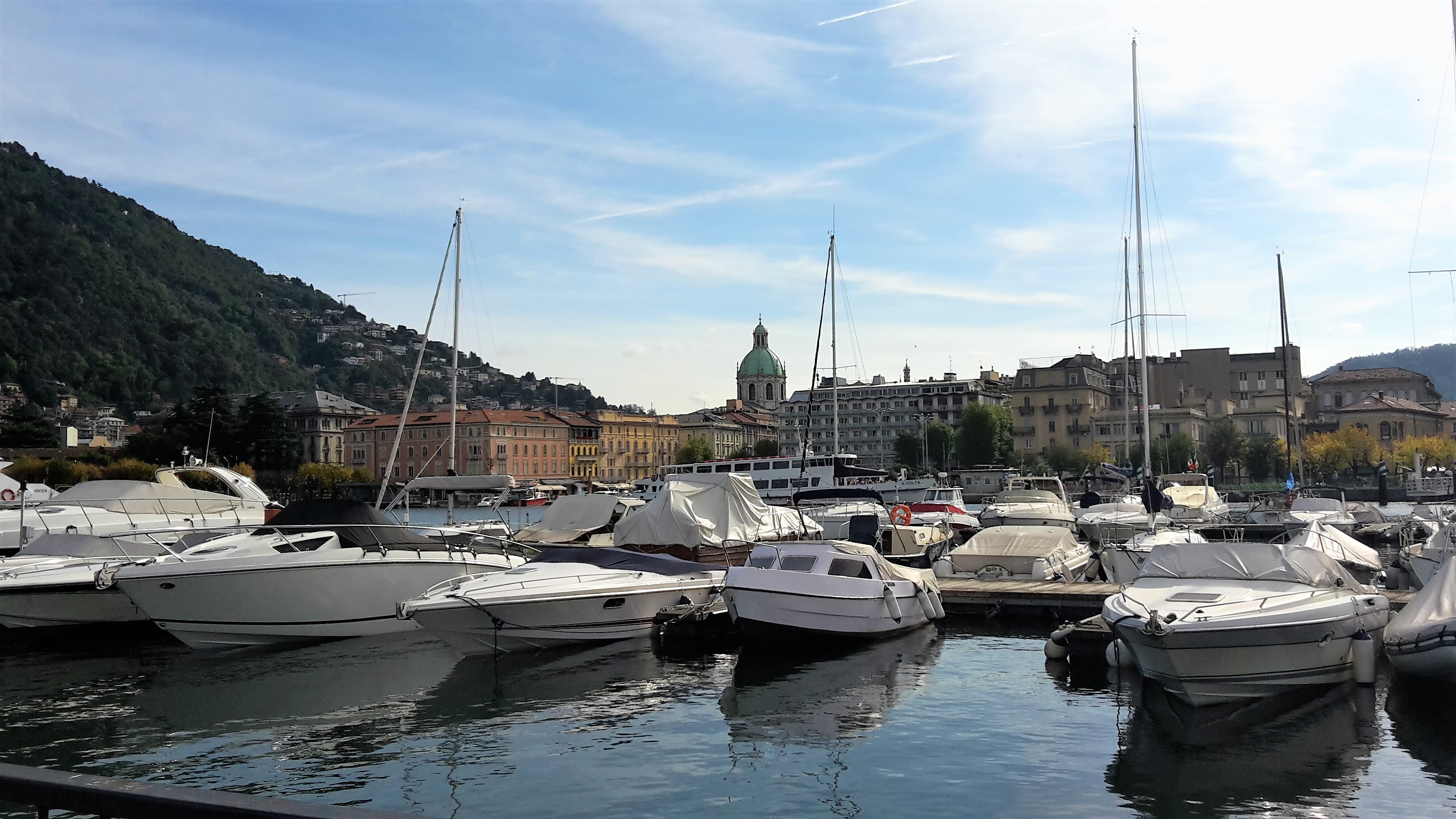
Whether you’re arriving by car or train, your drop-off point or parking spot will likely be quite close to the shore of Lake Como. And walking up to the edge of the lake is always the first thing I want to do when I get there!
There are beautiful views along the shore in both directions, and a lovely pathway for a stroll.
Boat Tour
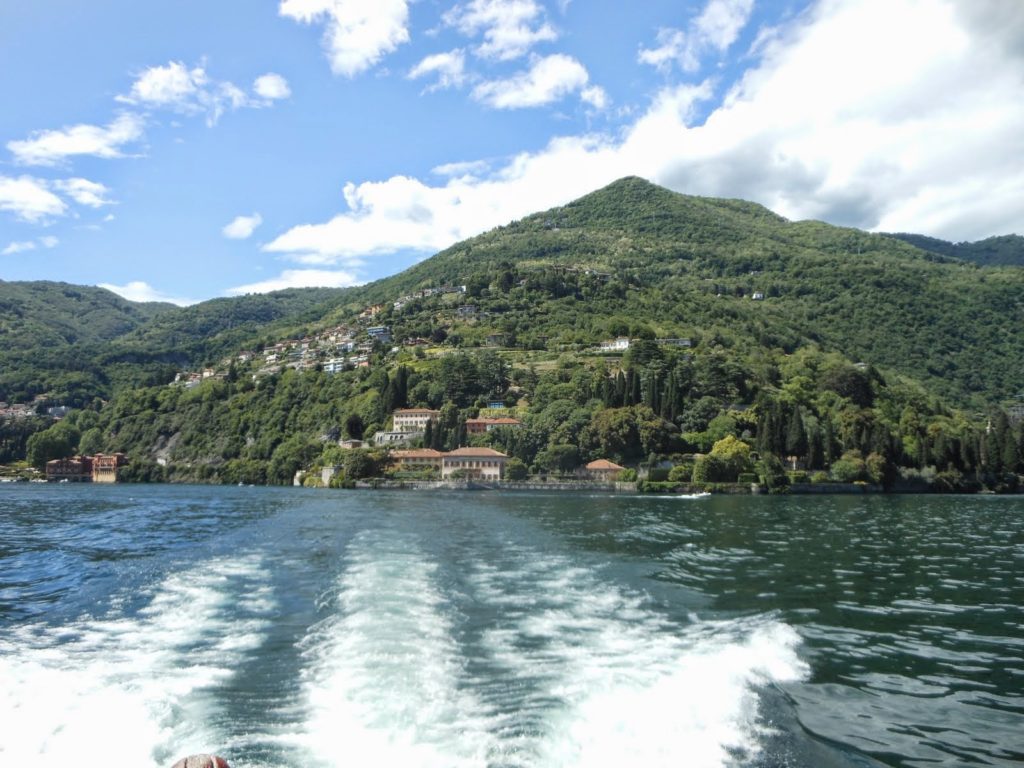
During warm weather months, from about April to October, there are leisure boats lined up along the dock close to the Como Nord (northern) train station in Como.
With a high number of tourists, boats leave quite frequently and very affordable at around 5 Euros per person.
When you arrive at the dock, just ask how soon the next boat is leaving. It is about a 30-minute trip up and back along the adjacent section of lake, and the better boats will point out sites of interest along the way, including spots where famous movies were filmed.
TRAVEL SAVVY TIP! Doing a basic boat tour is different from taking the fast or slow ferry to other towns on the lake, so if you want to just do a boat tour, this is just along the shore, not at the official ticket counter (see ‘Off the Beaten Path‘ below for more details on ferries to other towns).
READ MORE: Top Tips to Avoid Common Mistakes Tourists Make in Italy
Cathedral
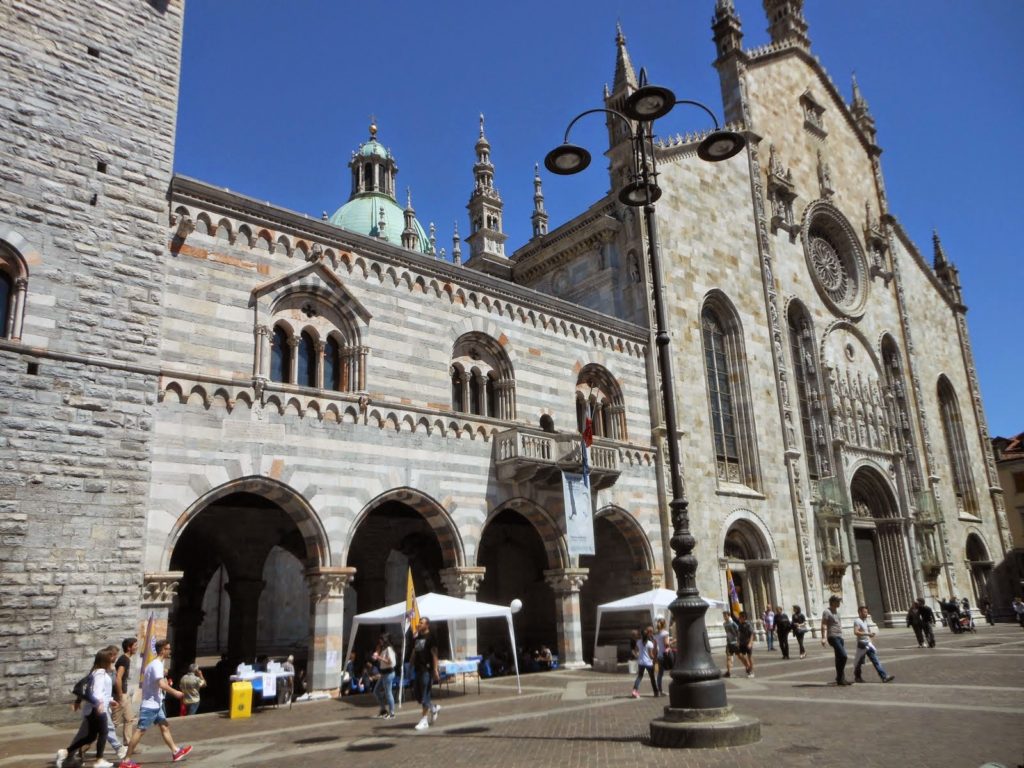
The main Cathedral of Como, or Duomo, is located right in the center of town and is a stunning example of Gothic architecture.
It is free to enter and a must-visit spot while you’re visiting. Spend as little or as much time as you like.
Porta Torre and Old City Walls
Arriving at Porta Torre, the medieval town entrance dating back nearly 1,000 years, involves walking through winding cobblestone streets away from the lake front.
Not only will you get a glimpse of the oldest parts of Como along the way, you’ll also get a great sense of this town’s lengthy history and long-standing structures.
Oldest House in Como
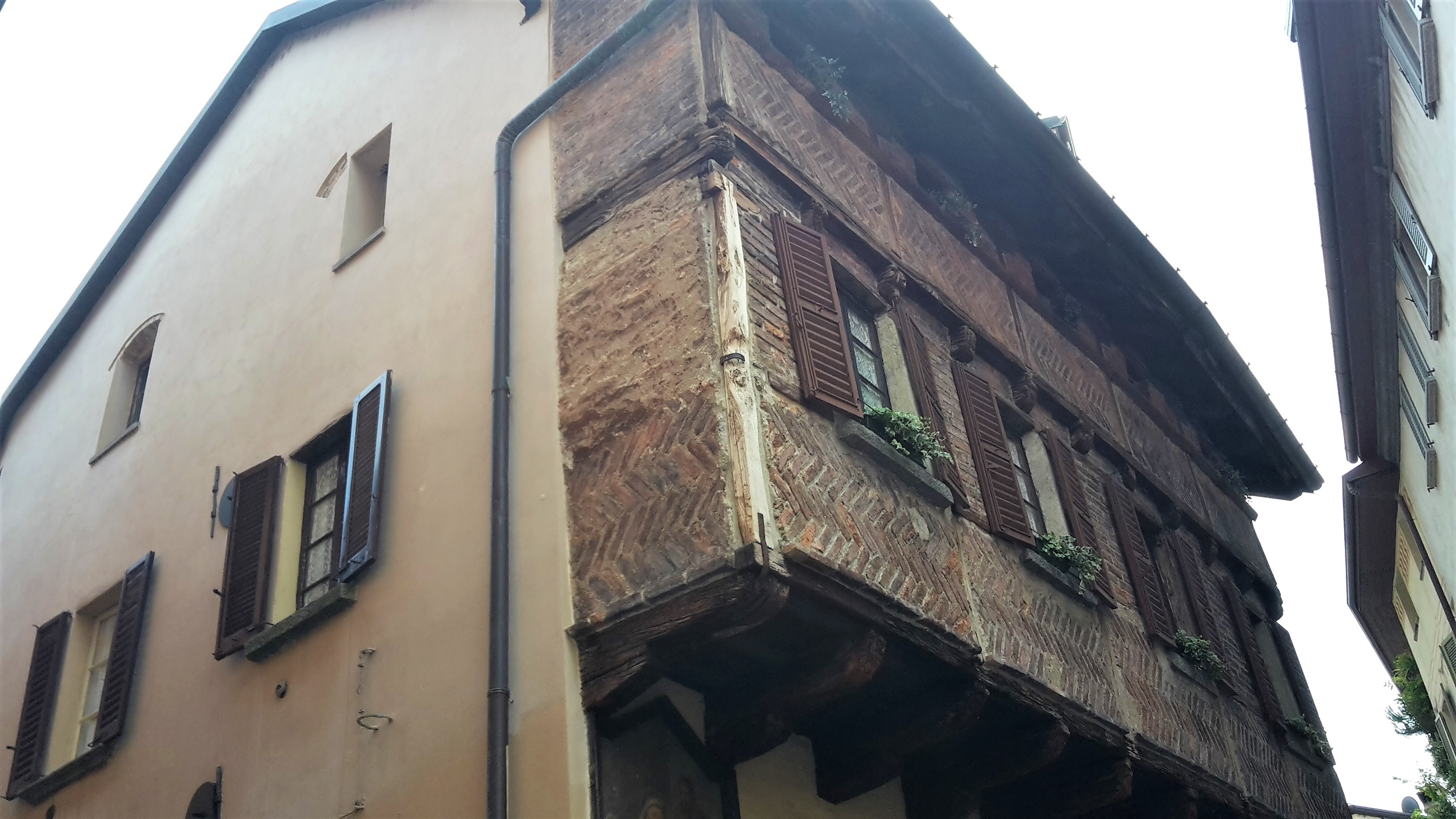
Speaking of old structures, be sure to stroll by what is supposedly the oldest house in Como, located above a shop at Via Natta, 1. You’ll definitely know it when you see it.
Como Silk Museum
Did you know that an overwhelming percentage of Europe’s silk production comes from Lake Como?
Ever since a Duke around the year 1400 decided to start growing mulberry trees and importing silkworms from Asia, Como has been a hub of silk production, which continues today.
This museum, located a bit beyond the Porta Torre (see above), chronicles silk’s history in the area and the various stages of production.
Shopping
I’m not always a huge shopper, but there are lots of wonderful things to get in town. There are your typical clothing chains, but also cute kitchen stores, shops with local food products, and jewelry makers. And of course, plenty of Como silk!
Off the Beaten Path on a Milan to Lake Como Day Trip
Como-Brunate Funicular
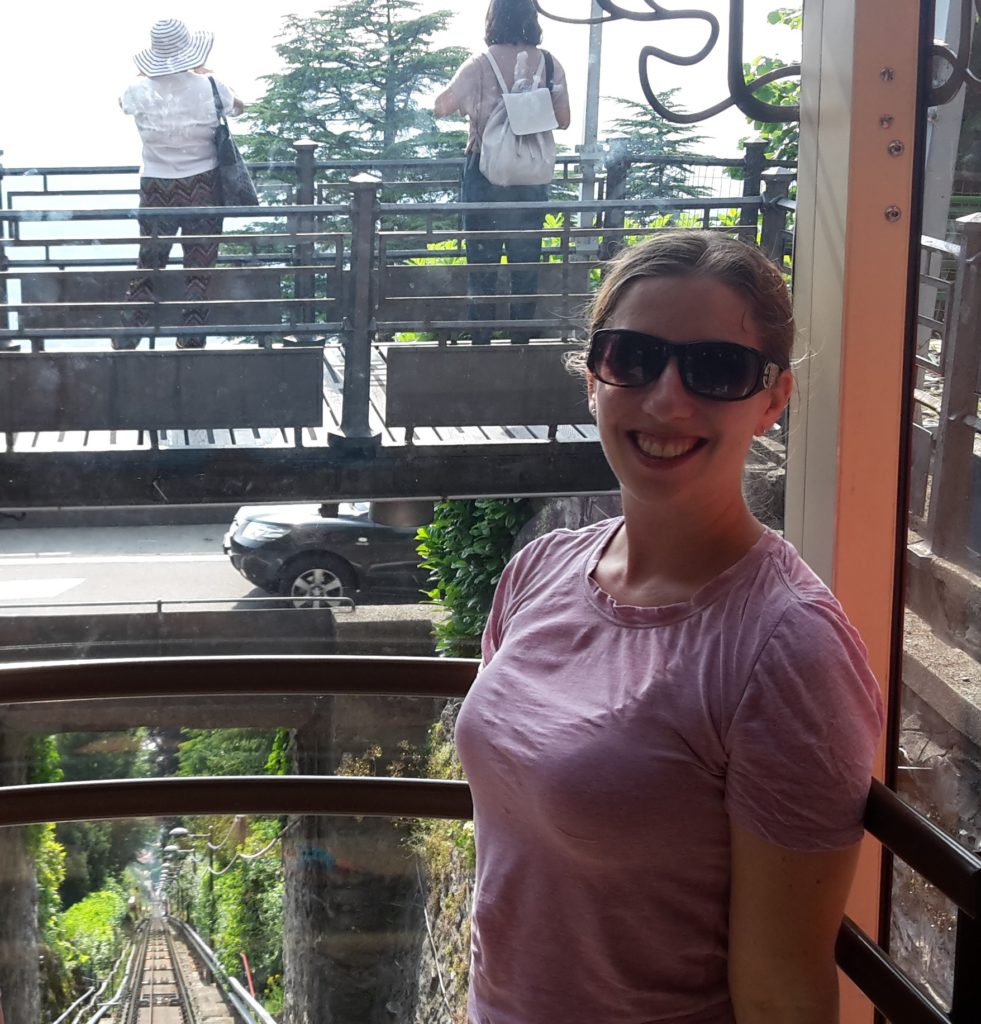
Lake Como is surrounded by hills and mountains, and while it’s definitely possible to hike up the steep incline on foot, most people opt for the funicular, which is like a steep tram.
There are some shops, sights, and restaurants up top, but most people make the trip for the lovely view of Lake Como.
There is a great viewing spot about a 20-minute relatively flat walk to the left when you exit at the Brunate station.
TRAVEL SAVVY TIP! The funicular runs quite frequently, but it’s always a good idea to look at (or even take a picture) or the return schedule to time your return trip to Como.
TRAVEL SAVVY TIP! The front of the lower section of the funicular is a giant window, and that’s where you’ll get the best views as you ascend and descend. Arrive early to be first in line to snag this spot!
Villa Olmo
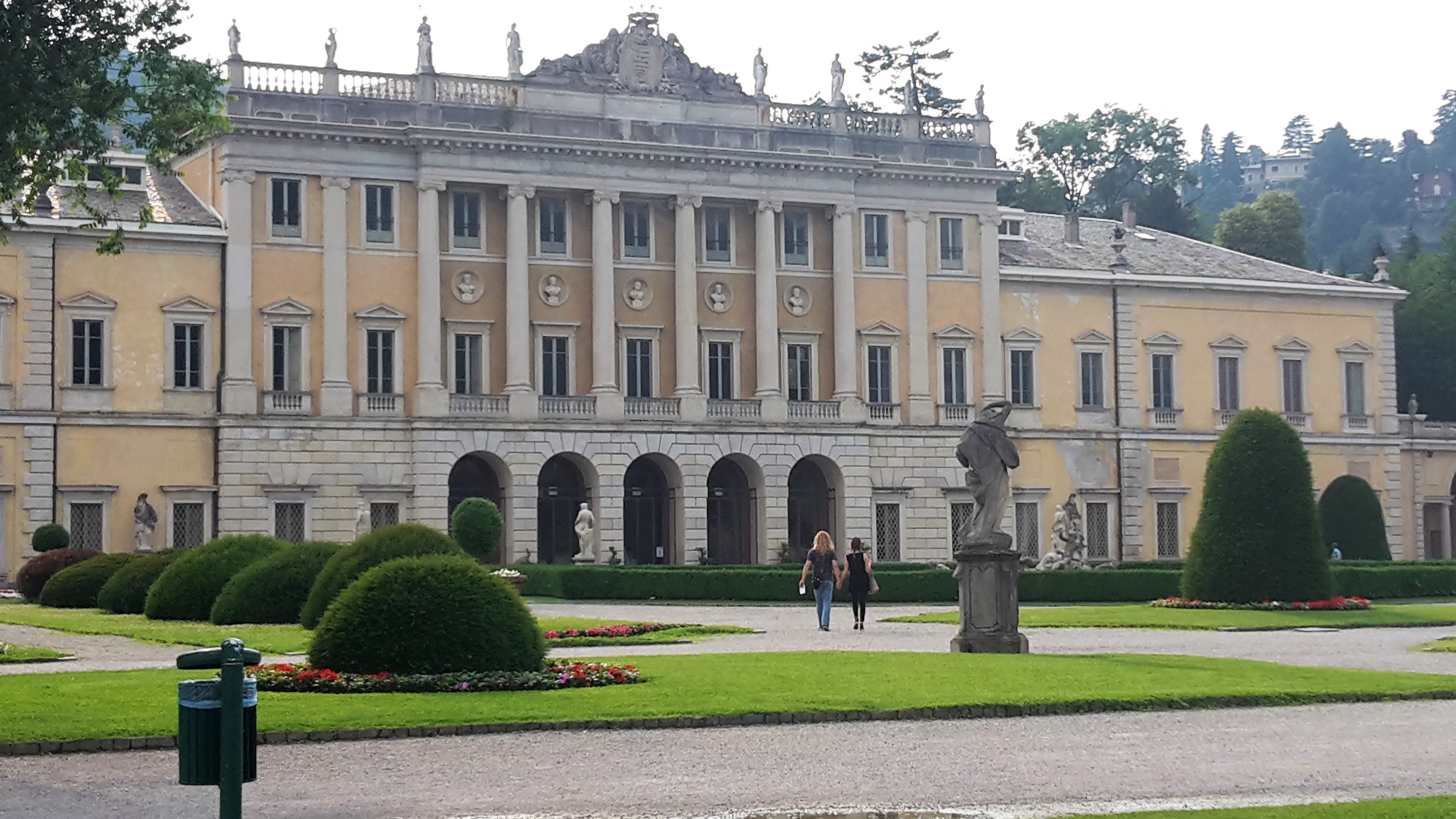
There are many villas along Lake Como, one more beautiful than the next, and many with extensive landscaped gardens to behold.
The closest one to the town of Como is Villa Olmo, about a 20-minute walk from the center along the west side of the lakeshore (if you’re facing the lake, to the left). The outdoor areas are impressive with beautiful lake views, and the interior is a free museum open daily except Monday.
Ferries
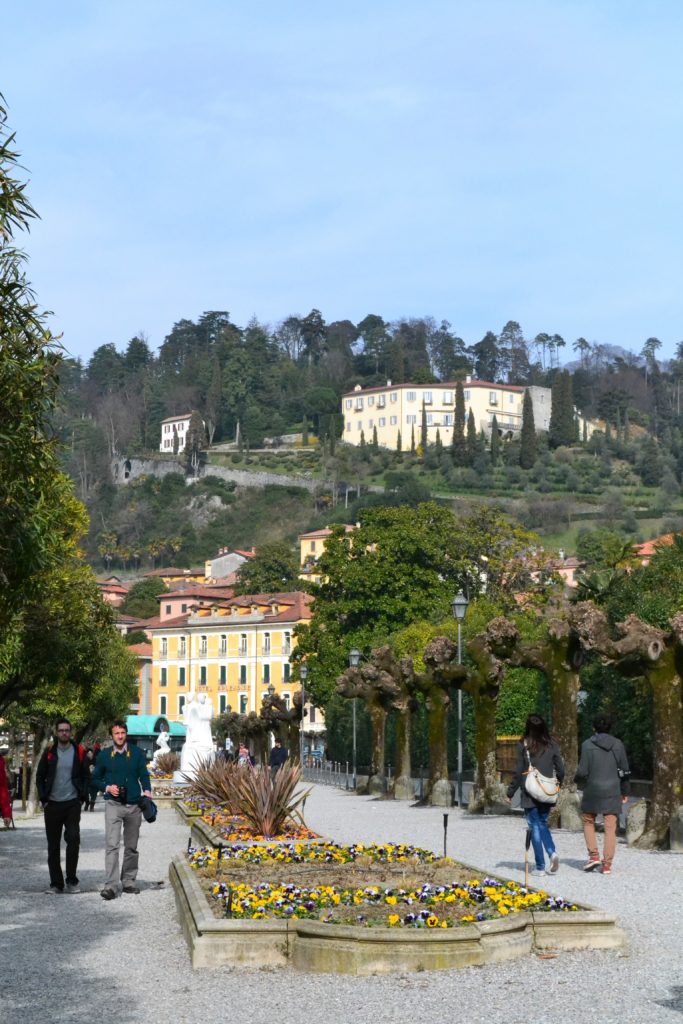
There are many other towns along the lake, and it’s definitely doable to visit and explore one or more others during a single day, depending on how you want to spend your time.
The link above shows the schedule and fares for various destinations along the lake, or you can find it HERE. To purchase a ticket, arrive at the ticket booth on Lake Como around 20 minutes in advance of your departure.
The town of Bellagio is one of the most popular other towns for visiting, although be aware that it is approximately a 2-hour boat ride with the slow ferry and around 45-minutes one-way if you pay the surcharge for the fast ferry. And it will cost around €10-15 each direction.
TRAVEL SAVVY TIP! If you just want to get out on the water a bit and not necessarily see another town, the faster and more economical way is a tourist boat tour, see ‘Around Town‘ section above.
TRAVEL SAVVY TIP! If Bellagio is the main town you’d like to visit on Lake Como, it is faster and cheaper to take a train from Milan to the town of Varenna, and then take a ferry across from there, skipping the town of Como entirely.
Looking to stay overnight in Como?
Check out centrally located, affordable B&B La Rondine or B&B Volta. Or for a posh hotel stay with views of Lake Como, Hotel Quarcino.
Click to check out reviews and compare prices for hotels in Como.
Where to Eat with One Day in Lake Como
Ristorante La Cucina di Elsa
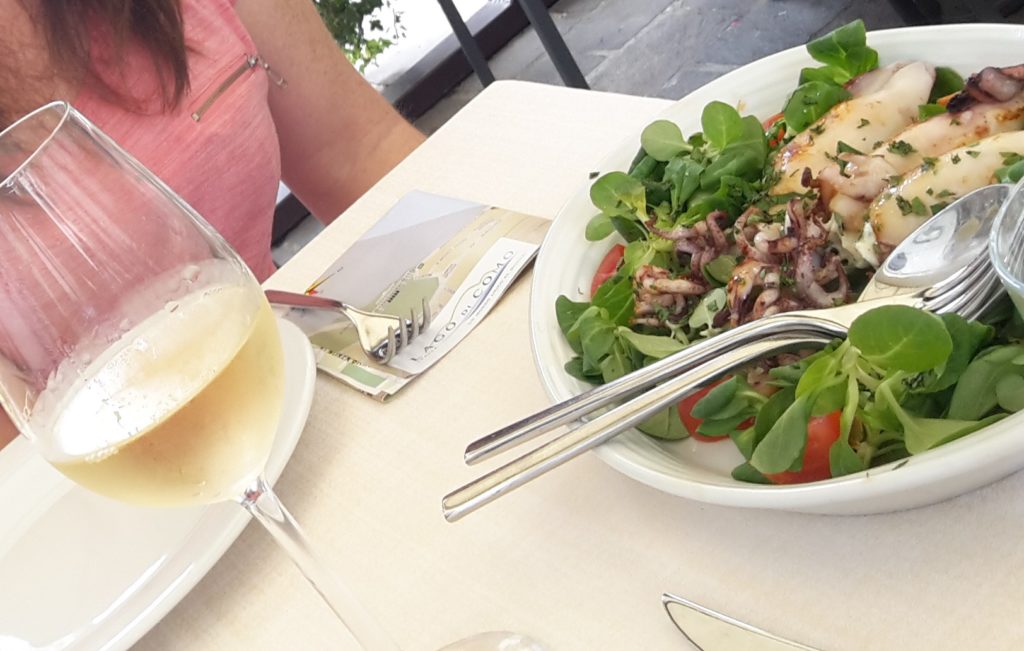
This family-run restaurant is close to the waterfront, but just far enough away that it is mostly locals who you’ll find as your dining companions. Apparently there is another branch just across the border in Lugano, Switzerland, but I’ve only been to the Como one.
‘Elsa’s Kitchen’ has typical Italian dishes with a lot of fresh seafood, with dishes that are a bit elevated from down-home cooking, so worth lingering over every perfect bite.
Locanda Barbarossa
Set inside a vast stone building, the ambiance is wonderful along with the food.
Pizza is the most popular, and comes in dozens of varieties including several white pizzas, although the northern Italian risotto and meat specialties are equally delicious if you’re not in the mood for pizza.
Either way, it’s a great spot for a lingering lunch.
Gelateria Lariana
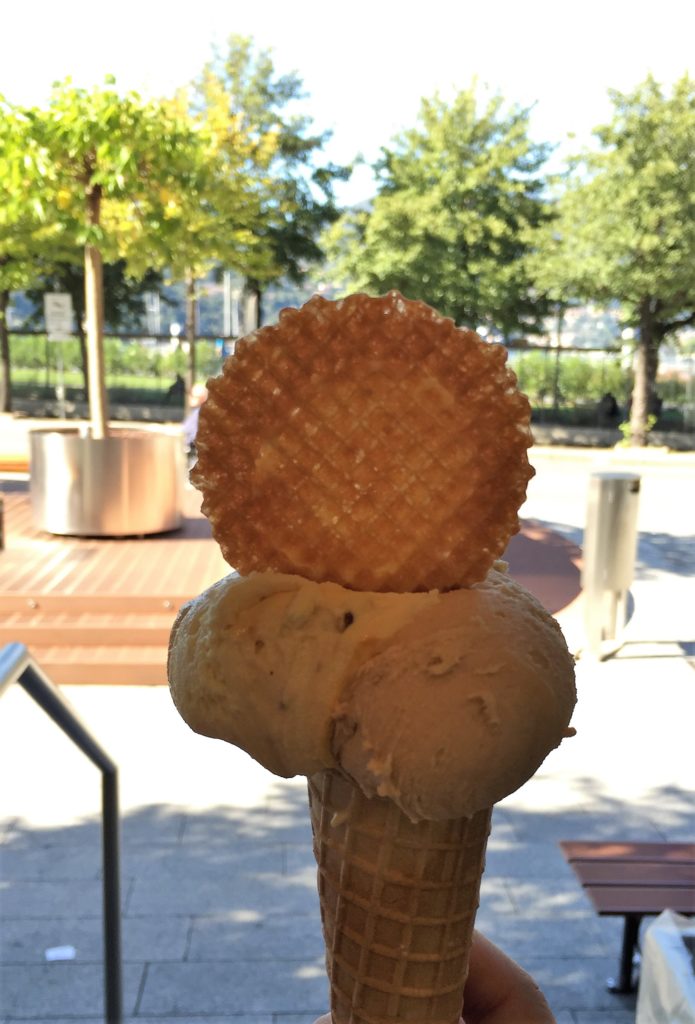
No Italian outing would be complete without gelato.
This gelateria is along the waterfront, but somehow seems to be frequented mostly by locals – it was actually a tip from a local that led me here in the first place.
There are a few spots to sit outside with your gelato, so grab your favorite flavors, and enjoy it along with the view.
READ MORE: Best Spots for Gelato in Italy
It won’t even take a single day here to begin to understand why Lake Como is an ideal location for a summer getaway, and how it has become the ‘it’ destination for so many.
I’ve visited lots of lakes across northern Italy, and with the dramatic cliffs and mountains right up to the water’s edge, Lake Como is still my favorite.
READ MORE: Top Aperitivo Spots in Milan
READ MORE: 10 Ways to Experience Italy Like a Local
Looking for other Day Trips from Milan? Check out some of my favorites!
Dramatic views from the elevated city of Bergamo
Enjoying adorable Cremona, home of the Stradivarius violin
And while it would be a long day (and I recommend more time in each) it’s also possible to do a Day Trip from Milan to Florence, Venice, and Verona.

Have you been to Como? Any recommended spots that didn’t make my list? And do you have any other questions about how to spend your time on Lake Como? Let me know in the ‘Comments’!
Like this post? ‘Pin it’ on Pinterest!

